

Postal cuts hit at heart of rural NZ

Gerhard
RURAL businesses and families will be disproportionately affected by a reduction in postal services, says Rural Women New Zealand.
The chief executive of RWNZ, Nicola Eccleton, told Farmers Weekly the government’s approval of changes to the Postal Deed of Understanding is another blow to rural communities who are slowly having their services eroded.
Having DNA samples held up at a distribution centre could be disastrous.
Nigel Johnston Southland
Under the changes, the minimum weekly delivery of mail to rural addresses will be reduced from five to three days.
The minimum number of service points, where people can purchase basic postal services, will be reduced from 880 to 500, further reducing to a minimum of 400 over time.
The minimum number of service points offering personal assistance will be halved over time, from 240 to 120.
NZ Post may convert up to 5% of existing delivery points per year
to communal delivery points –areas hosting multiple individual addresses, such as PO boxes –though it has to first give affected parties reasonable notice and opportunity to provide feedback.
No rural service points will close before September 25 next year.
Ministry of Business, Innovation, and Employment general manager for communications, infrastructure and trade, James Hartley, said the average address now receives fewer than two letters per week, compared to 7.5 in 2013.
Despite being used less, NZ Post has been required to maintain a network designed for much higher volumes, Hartley said.
A NZ Post spokesperson told Farmers Weekly the change affects only the post and it does not have any plans to change rural parcel services.
Chief executive of Rural Women New Zealand Nicola Eccleton said rural communities are geographically isolated, and also often struggle with connectivity.
A 2024 survey of RWNZ members showed more than 90% of them were concerned that reducing services would negatively impact their families and businesses.
The deed states that NZ Post must engage with affected rural communities, but this statement offers no protections or explan-
Continued page 5


Community, diversity drive young farmer
Having been warmly welcomed into the world of agriculture, Napier stock manager Chief Whakaue is determined to help others build their ag dreams. ON FARM 12
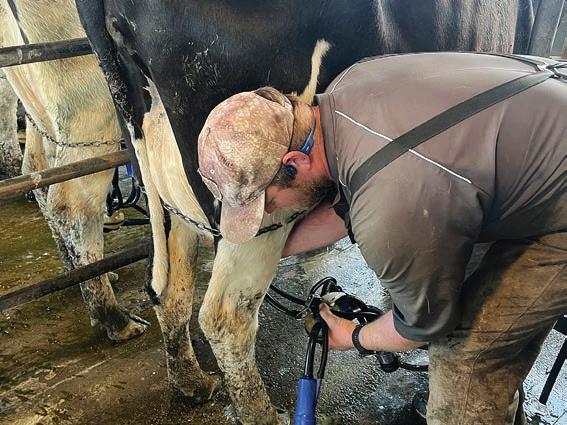
Wool organisations join forces to protect strong wool sector.
Farm quirks add to quality of life
At over six feet tall, Southland dairy farmer Richard Flett has the perfect frame for his big Friesian cows, which is just as well given he is milking in one of the country’s last walkway cowsheds.
DAIRY 26-36
Elevated dairy, beef and lamb prices predicted to remain.
Down the smartphone and lift your spirits, writes Phil Weir.
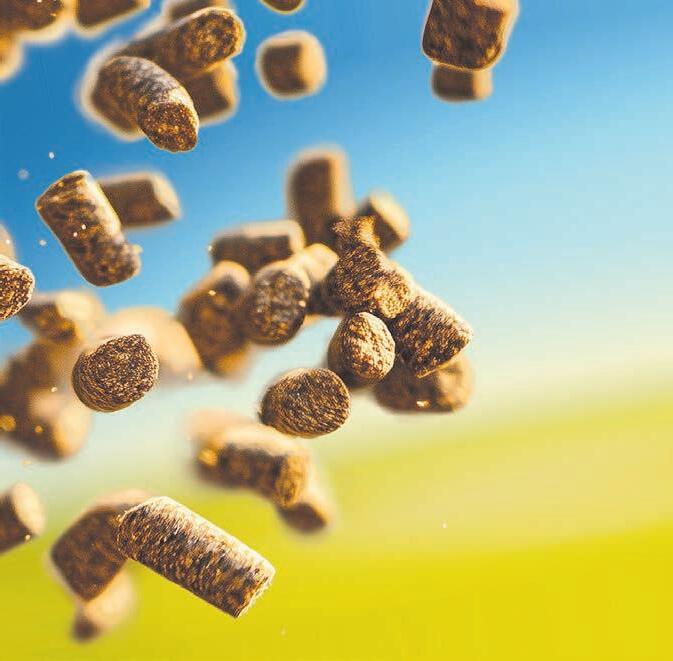
MEETING THE MARKET 7



per formance with the right mix of starch , prot oost your milk production . SealesWinslow deli nd high-qualit y pellets for maximum convenie nced nutrition sults talk to your Nutrition Specialist today.


OPINION 25




Uys NEWS Communication
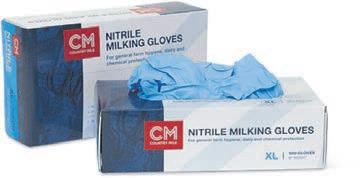



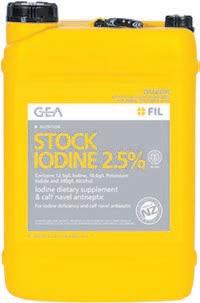



























Get
in touch
EDITORIAL
Bryan Gibson | 06 323 1519
Managing Editor bryan.gibson@agrihq.co.nz
Craig Page | 03 470 2469 Deputy Editor craig.page@agrihq.co.nz
Claire Robertson
Sub-Editor claire.robertson@agrihq.co.nz
Neal Wallace | 03 474 9240
Journalist neal.wallace@agrihq.co.nz
Gerald Piddock | 027 486 8346
Journalist gerald.piddock@agrihq.co.nz
Annette Scott | 021 908 400 Journalist annette.scott@agrihq.co.nz
Hugh Stringleman | 027 474 4003
Journalist hugh.stringleman@agrihq.co.nz
Richard Rennie | 027 475 4256
Journalist richard.rennie@agrihq.co.nz
Nigel Stirling | 021 136 5570
Journalist nigel.g.stirling@gmail.com
PRODUCTION
Lana Kieselbach | 027 739 4295 production@agrihq.co.nz
ADVERTISING MATERIAL
Supply to: adcopy@agrihq.co.nz
SUBSCRIPTIONS & DELIVERY
0800 85 25 80 subs@agrihq.co.nz
PRINTER
Printed by NZME
Delivered by Reach Media Ltd
Advertise
SALES CONTACTS
Andy Whitson | 027 626 2269
Sales & Marketing Manager andy.whitson@agrihq.co.nz
Janine Aish | 027 300 5990
Auckland/Northland Partnership Manager janine.aish@agrihq.co.nz
Jody Anderson | 027 474 6094
Waikato/Bay of Plenty Partnership Manager jody.anderson@agrihq.co.nz
Palak Arora | 027 474 6095
Lower North Island Partnership Manager palak.arora@agrihq.co.nz
Andy Whitson | 027 626 2269 South Island Partnership Manager andy.whitson@agrihq.co.nz
Julie Hill | 027 705 7181
Marketplace Partnership Manager classifieds@agrihq.co.nz
Andrea Mansfield | 027 602 4925 National Livestock Manager livestock@agrihq.co.nz
Real Estate | 0800 85 25 80 realestate@agrihq.co.nz
Word Only Advertising | 0800 85 25 80 Marketplace wordads@agrihq.co.nz
PUBLISHERS
Dean and Cushla Williamson Phone: 027 323 9407 dean.williamson@agrihq.co.nz cushla.williamson@agrihq.co.nz
Farmers Weekly is Published by AgriHQ PO Box 529, Feilding 4740, New Zealand Phone: 0800 85 25 80 Website: www.farmersweekly.co.nz
ISSN 2463-6002 (Print) ISSN 2463-6010 (Online)
Contents
News in brief
. 1-23 Opinion
Sector Focus
24-25
26-36
Federated Farmers . 37-40 Real Estate
41-53 Marketplace
NZ
54
55-56
57-59 Markets
60-63 Weather
64

ONLY CONNECT: At a meeting in Nelson recently, Sir John Kirwan discussed his journey overcoming depression and building resilience, and shared strategies to help others navigate tricky times.
STORY P18 News

Clearer rules on what can and can’t be used in organic production and products are under the spotlight with the Ministry for Primary Industries opening consultation on the topic.
The MPI is developing a system to manage inputs under the Organic Products and Production Act 2023, with the consultation asking the public what generic substances can be used in products such as cleaners, fertilisers and crop protection.
Organic consultation New scholarship
Submissions close on November 7 2025.
Dairy Women’s Network has launched the IDEXX Scholarship Fund, designed to support and empower women in the New Zealand dairy industry through leadership development.
This initiative will award scholarships up to $10,000 per year over five years, enabling Dairy Women’s Network members to access leadership training, courses, conferences and mentorship programmes. Applications are now open.
More investment
Agritech start-up Aimer Farming has secured a $750,000 capital investment from Cultivate Ventures.
The money will be used to build the company’s team, and speed up development of mobile, drone and satellite solutions alongside market entry in Australia, South America and Europe over the next year.
Farmer banned
A Northland farmer has been banned from owning or managing deer for three years after underfeeding more than 145 of the animals.
Niven John Lowrie, 66, was also fined $7000 when he was sentenced in the Manukau District Court on two charges under the Animal Welfare Act, following a successful prosecution by the Ministry for Primary Industries. Along with the ban, Lowrie was ordered to pay veterinarianassociated costs to MPI of $7161.97.
Sector groups unite to form Wool Alliance

Annette Scott NEWS Food and fibre
FOUR leading wool sector organisations have aligned forces to safeguard New Zealand’s strong wool sector.
The Wool Alliance, a formal agreement between Campaign for Wool NZ (CFWNZ), Wool Impact, the Wool Research Organisation of NZ (WRONZ) and Beef + Lamb NZ, is designed to enable wool’s economic stability and growth while safeguarding lasting capability for the sector.
The future-focused industry model aims to deliver better longterm outcomes for NZ strong wool, generating greater demand, lifting value and avoiding costly duplication.
Consolidation is the obvious solution, and it’s what growers want.
The four organisations who sit under the Wool Alliance umbrella formalised their commitment to working together with the signing of an agreement late last month.
Former Fonterra chair John Monaghan has been appointed as the independent chair, charged with leading the Wool Alliance roll-out as it enters establishment phase, focusing on market enablement, pre-competitive support, and delivering a strong, united voice for NZ wool.
Realistic about what is required to lead the wool sector at such a critical time, Monaghan sees
“real opportunity” for strong wool to lift its value and visibility globally.
“But it’s not a straightforward pathway.
“Currently, we have a number of individual bodies competing for funding. Consolidation is the obvious solution, and it’s what growers want.
“The Wool Alliance needs to show up differently, co-operate and collaborate to create a lean and sustainable structure.”
Members of Parliament including Ministers Nicola Willis, Todd McClay and Mark Patterson, along with representatives from the Ministry for Primary Industries, Federated Farmers and NZ Farm Assurance Incorporated (NZFAI), have met with the Wool Alliance team.
Now the focus turns to further sector and public engagement, with the establishment of a Wool Alliance website, and grower meetings scheduled to take place both online, and throughout the country, from early November.
“We are now in a position to share more information about how members of the Wool Alliance plan to work together, championing wool-based products and applications and supporting innovation, education and research, while reducing duplication.”
The nine-member steering group comprises stakeholders from each alliance member, being: Stuart Heal, chair Wool Impact; Ryan Cosgrove, chair CFWNZ; Andrew Morrison, chair WRONZ; Kate Acland, chair BLNZ; Ross McIsaac, sector manager Wool Impact; Kara Biggs, general manager CFWNZ; Tim Lonsdale general manager WRONZ; Alan Thompson, chief executive BLNZ; and independent chair Monaghan.
“We’ll be firmly focused on collaboration and transparency, working together towards outcomes that benefit the entire value chain.”
Implementation of an enduring model for NZ strong wool is expected in 2026, following extensive consultation with industry partners, testing and refinement.
Beneficiaries of the Wool Alliance work will be broader than wool growers, with advantages set to be felt “far beyond the farm gate”.
Early-stage funding will come from existing resources, although additional funding sources will need to be considered as the model evolves.
“There’s a big job ahead of us to build the industry up again and establish an enduring model for wool that really works.
“It’s a great challenge and one I’m pleased to bring my experience and enthusiasm to,” Monaghan said.
Continued page 1
ation of what that actually means, Eccleton said.
Rural communities also run businesses through the mail, not just receiving business communications but also sending out mail, she said.
Eccleton is also concerned about anyone receiving medication through the mail.
Southland dairy farmer Nigel Johnston said he is currently DNAprofiling calves, and samples need to be kept cool.
Having samples held up at a distribution centre could be disastrous, he said.
The national president of Rural Women New Zealand, Sandra
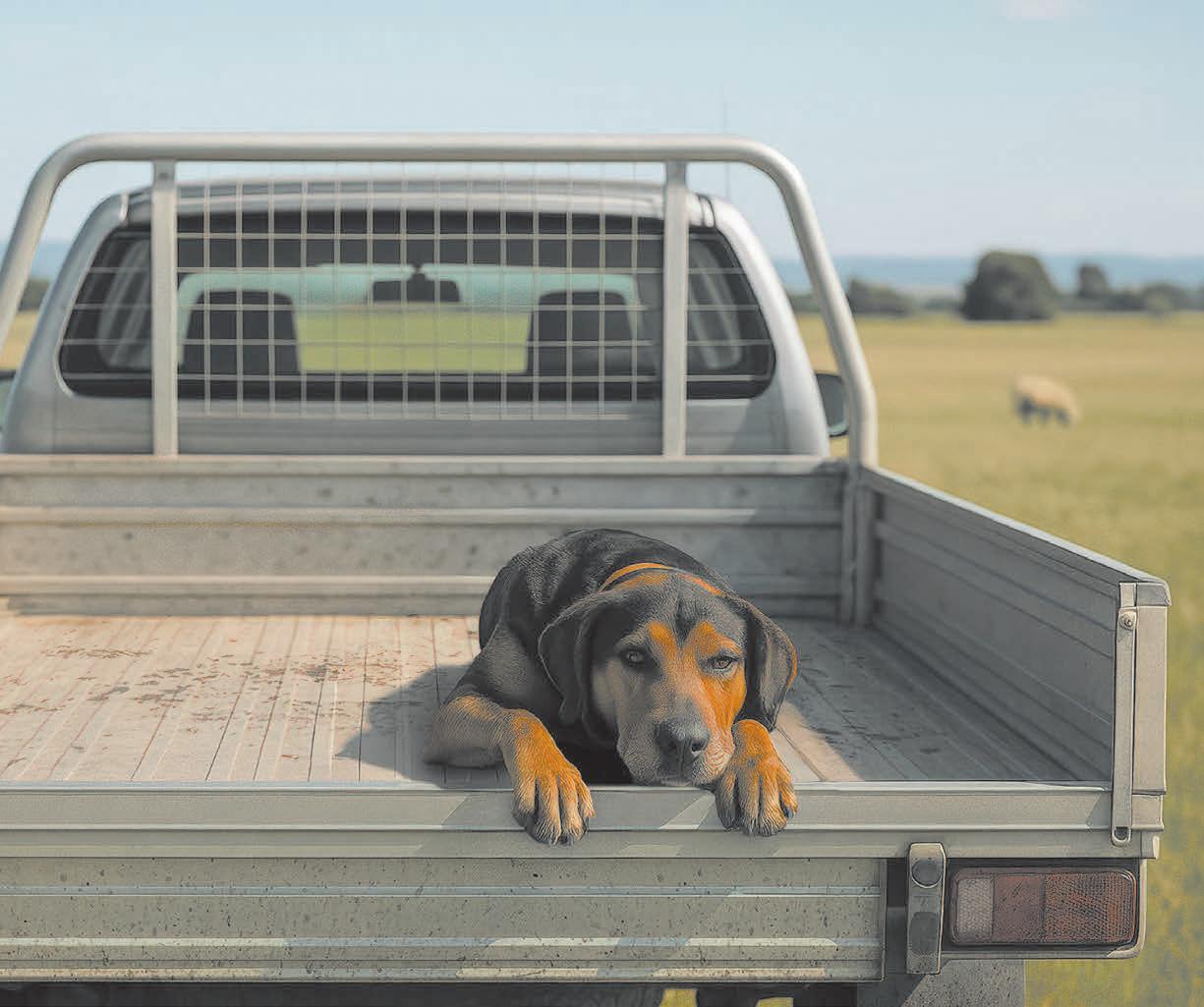

Matthews, said the changes won’t help increase productivity of regional communities. RWNZ wants to see a geographic criterion in the deed to protect access in rural areas, a review of NZ Post’s operating model to identify more equitable service options, and for NZ Post to be upfront about the post outlets it plans on closing, Matthews said.
Federated Farmers national board member Sandra Faulkner said for some farmers, missing Saturday deliveries and having to wait for the next weekday service may make business difficult.
She said Feds recognises that NZ Post’s mail delivery is running at a loss, and any further taxpayer bailout isn’t feasible.
This week’s poll question: Have your say at farmersweekly.co.nz/poll Will a reduction in the frequency of rural mail deliveries have a big impact on you?
NEW GROUP: Four of the nine-strong newly formed Wool Alliance group – Ross McIsaac (Wool Impact), John Monaghan (chair), Andrew Morrison (WRONZ), and Kara Biggs (Campaign for Wool NZ).
John Monaghan Wool Alliance
Cautious welcome for new freight plans

Annette Scott NEWS Transport
GOVERNMENT initia-
Ative aimed at ensuring New Zealand’s freight system keeps trucking along has been met with cautious optimism by the national road freight association.
In announcing the Freight Action Plan, Transport Minister Chris Bishop said three practical initiatives to improve the freight system would support economic growth, productivity, resilience and safety.
“NZ’s freight system is the driving force behind our economy. It gets food and fibres from farms to factories, and then on to shops in NZ, or to ports to be exported for overseas markets.
“Freight underpins economic growth and supports tens of thousands of jobs,” Bishop said.
Transporting NZ chief executive Dom Kalasih said while the announcement is positive news, the government’s target to double the value of NZ’s exports
in 10 years means that ambitious freight reforms are essential.
“Transporting NZ is concerned about whether this announcement will deliver the transformative changes we need and how long they will take to implement.
“If the government wants to meet its export goals, we need larger, more productive trucks on the road, and heavy vehicle driver licensing reform to help address long-standing skills shortages.
The minister missed an opportunity to show leadership on rail.
Dom Kalasih Transporting NZ
“This can be achieved through the ongoing land transport rule reform programme, we just need the timeframes moved up,” Kalasih said.
Each year about 300 million tonnes of freight is moved around NZ, largely by Kiwi truckies, with freight volumes expected to
increase by 55% over the next 20 years.
Bishop said the “three meaningful steps” the government is taking to keep NZ’s freight system moving are: launching an action plan for freight; updating the national freight demand study; and establishing a freight advisory council
The Action Plan for Freight, led by NZ Transport Agency (NZTA), places a strong emphasis on maximising the economic value of freight, improving the use of freight data to drive investment decisions, delivering infrastructure that considers the needs of the freight sector, and making improvements to regulatory settings to increase productivity.
The National Freight Demand Study, paused by the Ministry of Transport last year, will also be reinstated.
The government will create a Freight Advisory Council made up of leaders from across the freight sector that will provide insights and advice to ministers and relevant government agencies, helping them make informed

decisions as we drive our economy forward, Bishop said.
Kalasih said the new advisory council could be valuable, provided it stays focused on key priorities and holds itself accountable for results.
“We are also pleased that, following strong advocacy, the National Freight Demand Study is back on track. An update will
provide much-needed insight into how freight is moving across road, rail, and coastal shipping.
“That said, the minister missed an opportunity to show leadership on rail.
“Despite years of effort and significant public investment, rail freight volumes have steadily declined, down about 20% over the past five years.”
Tight budgets are changing Kiwi food habits
Staff reporter NEWS Food and fibre
RESEARCH by Rabobank and food rescue charity KiwiHarvest shows that the average New Zealand household spends $240 a week on food.
This is only $2 more than in 2023, despite high food price inflation over this period.
Rabobank head of sustainable business development Blake Holgate said the research, which was completed in July, shows that New Zealanders are having to do more with less and this has led to changes in how they shop.
Stats NZ data shows New Zealand food prices have risen by
around 6% since mid-2023. Kiwis are spending a relatively lower amount on food than 24 months ago with average household food spend up by less than 1%, he said.
“In response to rising prices,
SHOPPING HABITS: New Zealanders are having to do more with less and this had led to changes in how they shop for food, research by Rabobank and food rescue charity KiwiHarvest has found.
Kiwis’ shopping behaviours are changing, with 31% saying they have reduced the amount of groceries they buy, 48% saying they are deliberately looking for price reductions and promotions, and 31% saying they


have downgraded the brands or products they buy,” he said.
“We’re also seeing an increased level of preparation ahead of food shopping, with 64% of New Zealanders saying they always use a shopping list (up from 60%) and 39% saying they always plan their meals in advance (from 36%).”
While the survey found price is driving many food-related decisions, it also found New Zealanders are increasingly interested in the provenance of their food.
The number of New Zealanders who check where their food has been produced before purchasing has lifted from 38% to 50%. Those who are more likely to buy food that has been produced locally are
up from 63% to 67%, and people who are willing to pay more for food if they know extra is going to the producer lifted from 38% to 42%, he said.
“New Zealanders’ knowledge of food production has lifted from the 2023 survey, and this may be helping to drive these numbers up.
“Or it might just be down to the fact that they think locally produced food tastes better, with this deemed to be the case by 38% of respondents (from 32% last survey) who said they like to buy direct from the grower or farmer.”
Dietary preferences are also changing, with those saying they plan to decrease meat consumption falling for the third survey in a row, Holgate said.
SUPPORT: Transport Minister Chris Bishop says three practical initiatives to improve the freight system would support economic growth, productivity, resilience and safety.
Photo: Pexels
Meat, milk price bonanza ‘the new normal’

Neal Wallace in Cologne MARKETS
Exports
LIVESTOCK farmers could be in for a prosperous few years with current elevated prices for dairy, beef and lamb predicted to remain for another year or two.
That is the consensus of international meat and dairy company representatives and analysts, who said the market is responding to greater demand than supply.
They said this could mean current pricing is the new normal. German sheepmeat importer Sven Jurgens of Jacobsen said lamb is in demand but numbers are declining, which is driving up prices.
“What we now have in my opinion is the new normal,” he said from his stand at the Anuga Food Fair in Cologne.
Cynthia Beretta, the owner Beretta Farms, a Canadian cattle farmer, processor and exporter, said it will be 18 months before beef prices ease.
Beretta was also in Anuga and estimated beef prices are at least 20% higher than last year.
“There are no cattle so we’ve got another year to 18 months before we could get any easing in prices.”
It is a similar story for dairy, with higher prices driven by an insatiable global appetite for protein and limited supply.
Cara Murphy, a senior manager of market intelligence with HighGround Dairy in Downers Grove, Illinois, told Farmers
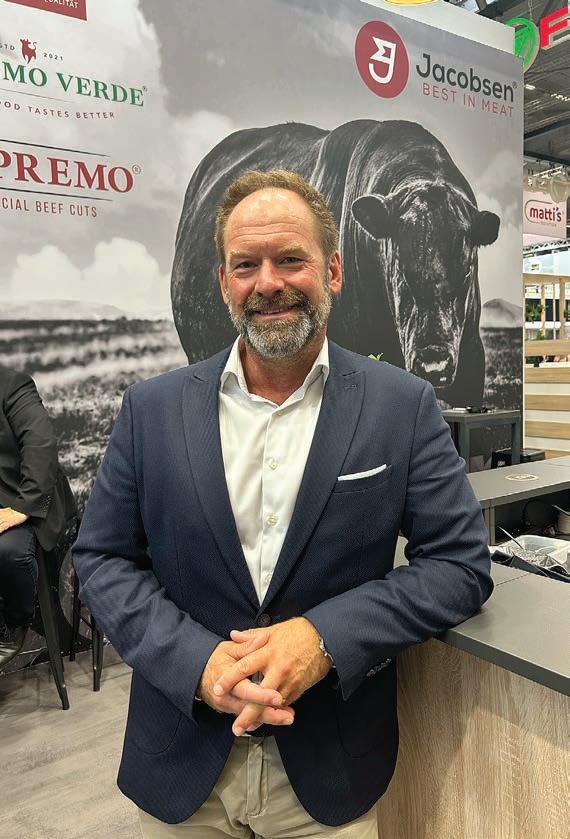
Weekly that demand for protein is expected to continue.
“People cannot get enough of protein and we can’t produce enough of it,” she said.
She is watching closely for any consumer backlash.
WINDOW: Cynthia Beretta, the owner of Canadian-based Beretta Farms, believes it could be at least 18 months before prices fall.

Demand for the health attributes of protein was evident at Anuga, where seemingly every beverage and food – plant as well as animal based – promoted its protein content.
Customers realise they have got to pay the money or they will not get the product.
Craig Newton Southern Meats
Jurgens said he does not see previously low lamb prices being reached again.
There is consensus that consumers will respond to these prices by eating meat less regularly rather than switching to other proteins.
NEW PLATEAU:
German meat importer Sven Jurgens believes current prices are here to stay for the next few years.
is still high although some consumers are switching to lower priced cuts.
She last saw cattle numbers this low in the 1980s.
John Murphy the commercial manager with Ireland-based Liffey Meats, also did not see lamb prices falling to previous low levels.
Lamb prices are currently about 30% higher than 15 months ago but consumer reaction has not seen a 30% decline in demand, due in part to prices rising gradually rather than in a sudden jump.
Similarly, supermarkets absorbed some of the initial increases to ensure they didn’t burn off demand.
Craig Newton, the general manager of Australia’s Southern Meats, part of the WAMMCO Group, said a dry summer and autumn has seen lower numbers of prime sheep processed.
Numbers through its Goulburn Plant in Victoria were back 40% and the projected national lamb kill this year was 22 million compared to 25 million in a normal year.
EUROPE’S CHANGING LANDSCAPE
contingent at Anuga, also believes current price levels are the new normal.
“Customers realise they have got to pay the money or they will not get the product.”
Jordan Bernard, an account manager with United Kingdombased Pickstock Telford, said UK beef prices reached NZ$16/kg last year but have slipped back to $15/ kg.
That reflects the global shortage, but Bernard said the UK red meat market was complicated by access to the market for foreign meat through free trade agreements.
He said UK consumers are increasingly driven by price over provenance.
There appear to be few options to increase animal numbers, especially lamb, but there are signs the United States is ramping up milk production with up to 50,000 extra cows this year.
June production was 4.2% higher than a year earlier, new dairy farms are being established, including one of 25,000 cows, in states away from the traditional stronghold of California, which has water issues. US dairy processors are investing heavily, with three billion-dollar cheese, cottage cheese and sour cream projects underway.
Rabobank US-based dairy analyst Lucas Fuess told Farmers Weekly that environmental constraints mean dairy production is declining in Europe and stable in NZ which leaves the US the only substantial producer where it can grow.
MORE: See pages 9, 20
• Wallace’s Meeting the Market tour has been made possible with grants from Fonterra, Silver Fern Farms, Rabobank, Zespri, Alliance Group, Meat Industry Association, Wools of NZ, Beef + Lamb NZ, NZ Merino, the European Union and Gallagher.

Beretta agreed, saying demand
Newton, who was part of a large Australian red meat industry
https://www.farmersweekly.co.nz/ meeting-the-market/




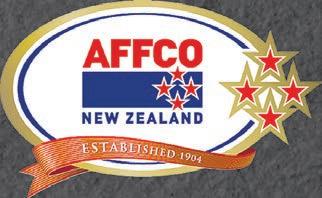

Growing concern about UPF in the diet

Tand fibre
HE release of the first generation of alternative meat and fish proteins has raised questions about the impact on our health of ultra processed foods in our diets.
Tim Rees, the global insights manager for research company Euromonitor International, told a seminar at the Anuga Food Fair in Germany that 57% of consumers globally are concerned about the amount they consume and the impact of ultra processed foods (UPFs).
UPFs are defined as having five or more ingredients and include additives, preservatives, emulsifiers, sweeteners and artificial colour and flavours.
Concern centres on alternative meat proteins that have extensive ingredient lists, often containing items people have never heard of, he said.
Demand for UPF is not driven by price as consumers in countries with higher disposable income tend to spend more on UPFs than those who have less.
The countries that spend the most are in North America, Western Europe and Australasia, whereas Latin America, Middle
East and Africa, Eastern Europe and Asia-Pacific countries spend the most on unprocessed or minimally processed food.
Rees said 53.6% of food expenditure by North Americans is on UPFs. The United Kingdom isn’t far behind and in Australasia it is about 42%.
At the other end are India at about 5%, Egypt about 7% and Brazil at 12%.
The three top attractions of UPF are taste (which can spark a craving), convenience and cost.
There were so many ingredients, people didn’t know what they were and they started to question if these products were as healthy as they claimed.
Tim Rees Euromonitor International
But an issue is declining cooking skills, mostly among millennials and Generation Z, which Rees noted are the next generations of parents.
Rees said research reveals 22.3% say they do not have time to cook, 18.5% claim not to cook well, 17.8% would rather be doing other things and 14% do not like to cook.
The impact of UPF on staple
food items was most pronounced in breakfast cereals, baked goods, meat and seafood.
Breakfast cereals were originally considered healthy but consumers rebelled against a subsequent increase in carbohydrates and sugar, with sales falling 20% since 2019.
Manufacturers and UK supermarkets are launching UPFfree breakfast cereals to try to reverse that trend.
Baked goods by their nature meet the threshold for UPF but Rees said meat and seafood are impacted by the alternative protein fad.
Manufacturers claim these products are healthy and address animal welfare and environmental concerns – but they have extensive ingredient lists and never achieve price parity.
“Health was a big reason for their appearance, but when you chipped away there were so many ingredients, people didn’t know what they were and they started to question if these products were as healthy as they claimed.”
The public responded quickly and decisively.
Annual sales growth for artificial meat proteins peaked in 2020 at 30-40% a year but by 2024, sales growth in the United States was negative and less than 5% in other parts of the world.
Rees said future food growth will


come from natural and organic products, with organics forecast by 2029 to have grown 78% since 2019 and natural foods by 103% for the same period.
To reduce consumption and associated health problems, the Colombian government has a 20% tax on food containing high levels of sugar, sodium and saturated fats
Between 2023 and 2025 consumption of food with high sugar levels fell 46% and sodium by 26%. There was very little change in consumption of food with high saturated fats.
• Wallace’s Meeting the Market tour has been made possible with grants from Fonterra, Silver Fern Farms, Rabobank, Zespri, Alliance Group, Meat Industry Association, Wools of NZ, Beef + Lamb NZ, NZ Merino, the European Union and Gallagher.
https://www.farmersweekly.co.nz/ meeting-the-market/
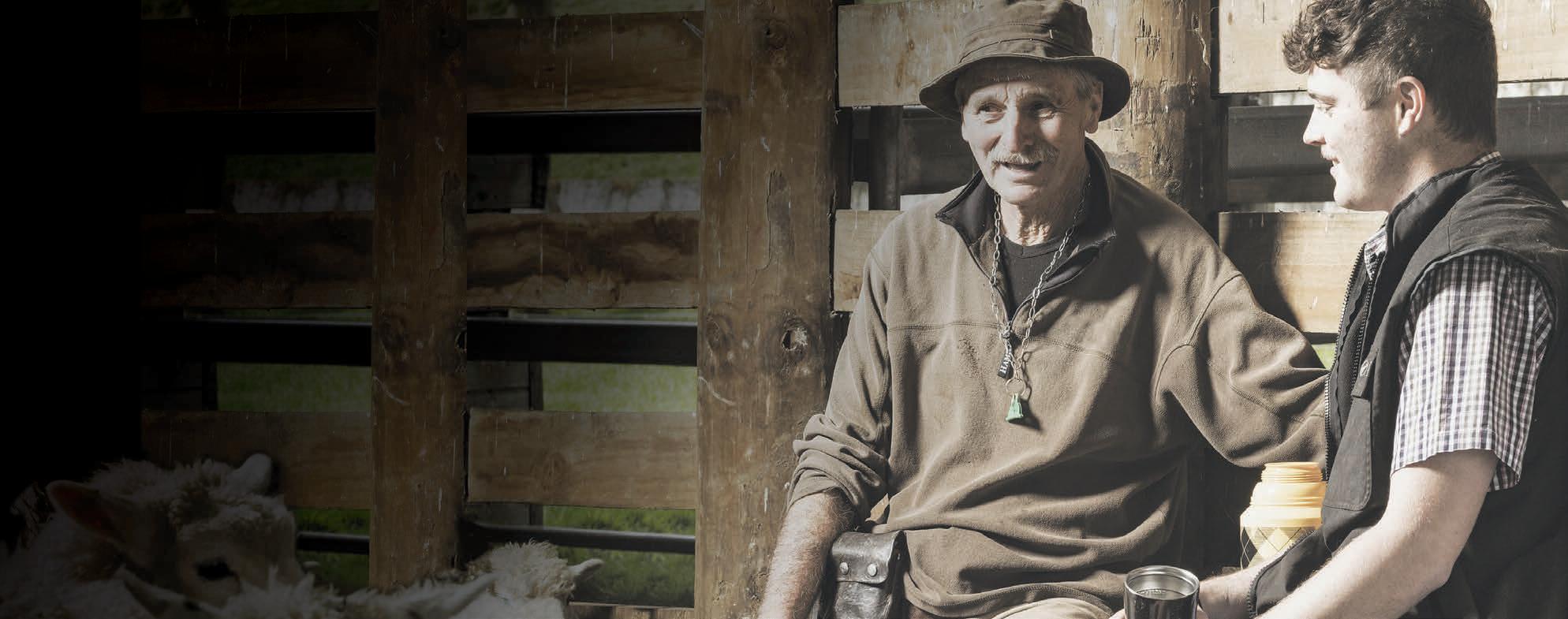




NO FAVOURS: Alternative meat proteins heightened concerns about ultra processed food, says Tim Rees, the global insights manager for research company Euromonitor International.
Neal Wallace in Cologne NEWS Food
Proposal to cut rural cops, stations dropped

Annette Scott NEWS Community
CANTERBURY farmers and their rural communities have won the battle to keep their local cops, with Police scrapping plans to restructure rural staffing following a public backlash.
Police received about 1000 submissions on the proposal, which included cutting roles and closing stations in rural and remote communities.
Federated Farmers led the charge against the proposal, heading several meetings across the region alongside community groups and organisations.
Canterbury District Commander Superintendent Tony Hill said the proposal could not proceed without the buy-in of affected communities.
After considering staff and community feedback, it has been decided that Canterbury Police will not proceed with its proposed district review, Hill said.
“Throughout this process it has been important to challenge ourselves to think outside the square, and to innovate how
we service the needs of our communities,” he said.
“The proposal was a genuine attempt to offer what I believed would be a better service to the district.
“I listened carefully to the concerns and considered feedback from the community and other interested parties, as well as those of police staff.
The proposal was not acceptable to many of the communities affected, and their buy-in was critical.
Superintendent Tony Hill Canterbury District Commander
“The reality is that the proposal was not acceptable to many of the communities affected, and their buy-in was a critical element in the proposal’s success.
“We could not proceed without that support.”
Hill said it was heartening to see the strong public backing for police working in the rural communities.
Police Commissioner Richard Chambers backed Hill’s decision.
Having led the defence for the
Rakaia district against a proposal that it lose its sole police officer, Rakaia Community Association chair Neil Pluck said the “community is stoked”.
“This is a good solid win for common sense. We’re thrilled with the outcome and the way the community rallied to speak out in support of the strength of the small-town cop, and that they were listened to and understood by the people in position of authority.
“We are still really surprised to have had to defend so hard to keep our local cop.”
Federated Farmers said the call to scrap the proposed restructure is a “smart and pragmatic decision”.
“It’s a huge relief for our rural communities,” Feds North Canterbury president Bex Green said.
“Farming families across Canterbury will be sleeping a little more soundly knowing their local police will stay on the ground, where they belong.
“Our message was simple: don’t cut our cops.
“Policing isn’t just about responding to crime, it’s about being visible, connected and part of the fabric of the community.

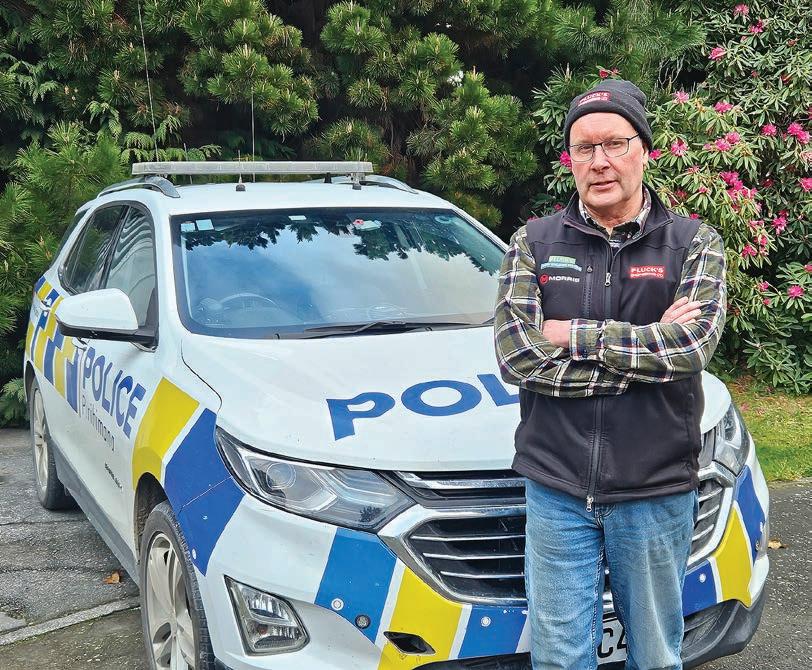
“That’s what keeps people safe and builds real trust.”
Green acknowledged Hill for listening to the feedback and ultimately making the right call.
“It takes courage to propose bold changes, but it takes real leadership to listen when communities say this isn’t right for us.”
Feds rural policing spokesperson Karl Dean said the decision is a reminder of the strength of local voices when communities stand together.
“This outcome shows the power of rural Canterbury and farming communities nationwide.”
FIELD-READY VALUE YOU CAN COUNT ON GET GEARED UP WITH CASE IH
decision.
“The decision reflects the strength of rural community feedback and the importance of genuine engagement when decisions directly affect rural safety and wellbeing.
“This is the right outcome for Canterbury’s rural communities, and we commend Police for listening to the genuine concerns of local people,” RWNZ national president Sandra Matthews said.
“Rural communities really value their partnership with local police, and this process has shown how valuable that is.”
Case IH is the trusted choice for mixed-farm enterprises to accomplish any task We focus on what matters most: outstanding manoeuvrability, operator-friendly design, compact dimensions, and a high power-to-weight ratio for maximum productivity
For a limited time, get a FREE RedXtend Total Protect warranty upgrade^ available on selected Farmall, Maxxum, Puma and Optum tractors that’s 3 years or 3,000 hours of total peace of mind Plus, lock in low 0.99% P.A finance^ over 3 years across the whole range. Field-ready value you can count on.
For more information visit caseih.co.nz or visit your local Case IH dealer

Rural Women NZ also welcomed the
STOKED: It was a tough fought battle to successfully keep their local cop, Neil Pluck says, and ‘the community is stoked’. Photo: Annette Scott
Mural paints a picture of contentment

ASTRIKING art work
commissioned by a Canterbury sheep farmer of his prize ram reading a copy of Farmers Weekly is turning heads in farming circles.
The painting is the work of Dunedin-based artist Shane
Walker. The farmer, who wishes to remain anonymous, is an avid reader of the paper, and suggested the addition of Farmers Weekly to the work.
Walker, who has been a fulltime artist for a decade, is known for his colourful murals, which have taken him around the country. His style, which features Kiwiana and classic Kiwi personalities, often has a rural element.

“I have a diverse subject matter. I do this every day, so I try to keep it fresh. I started my art with a focus on sharing local stories and narratives,” Walker said.
“I like to depict Kiwiana with a bit of humour and classic Kiwi attire. I’m keen on the outdoors, from surf to the mountains, so I get a lot of inspiration from my surroundings.”
Having grown up in small-town New Zealand at Waihi Beach in the Bay of Plenty, he draws on his experiences to create artworks that are relatable, with a bit of tongue in cheek humour thrown in.
“I create to express myself. I like bringing joy and happiness to people and telling stories.
Especially with the street art, it’s art that’s accessible for everyone. People from all walks of life appreciate what we are doing for the community, it’s kind of like giving back and putting a little sprinkle of positivity out there.”
The latest commission features the farmer’s prized ram, sheep dogs, work attire and the outlook from his deck.
With commissions, Walker tries to personalise them as much as possible, using his craft to tell someone else’s story.
“He was obviously an avid reader of Farmers Weekly, he sent me an image of the paper and asked if the ram could be reading it. He says

it is his weekly read, he likes the relevant and up-to-date stories on the farming community.
“He had seen a previous painting called Debrief of an Angus bull in a Swanndri, sitting on his porch with a dog. He was keen on it and I personalised it with things relevant to him.”
Walker said art is a lifestyle choice for him. Making a living from it can be tricky, but he loves it.
Murals have been his main avenue of work, painting for communities, businesses and art
festivals. His dedicated studio practice means he also does private commission work, supplies galleries and holds exhibitions. Media vary from spray paint to bucket paint and oils and acrylics. His biggest ever work was a 400 square metre mural, but he’s also happy to work with intricate, small canvases.
Next on the cards for Walker are the Queenstown and Christchurch art shows, a few mural projects, and he’s always open for commissions, just like the ram reading his paper.








Rebecca Greaves PEOPLE Community
COLOURFUL: Shane Walker is known for his colourful murals, which have taken him around the country. Photos: Supplied
SIMPLY OVINE: This work by Dunedin artist Shane Walker was commissioned by a Canterbury farmer.
Community, diversity drive young farmer
Having been welcomed into the world of agriculture, Chief Whakaue is determined to help others build their ag dreams.
Staff reporter ON FARM Farm management
CHIEF Whakaue knew from an early age that he wanted to be a farmer, but back then he couldn’t see a way to get there.
However, with the right connections and the benefit of Smedley Station’s cadet programme, he is now right where he dreamed of being.
Whakaue said it’s the people he has met who have helped him realise his dream, starting with Clem Trotter.
“Clem was an ex-Smedley cadet,” Whakaue said. “He told me about Smedley and said it would give me a good grounding, coming from town, and it really furthered my career.”
Whakaue joined 10 other cadets at Smedley and said the diversity among the cohort was a real bonus.
And it’s the diversity of work that farming offers that drives him today.
“The thing I love most about farming is the diversity – the physical challenges, the mental challenges. One day you might be out fencing in the rain, and next day you’re inside chipping away at bookwork. Every day is different.”
While farming can be lonely work sometimes, Whakaue has a community of friends and colleagues to turn to when needed.
“I’ve got mates up the road who have their own farms and we all
Put yourself in a position to be able to go out onto a farm. Someone will notice your passion and they’ll be happy to help.
sort of get together and help each other with the big jobs like docking and weaning. It’s just a good environment to be around, really supportive. They’re a few years older than me, so they’re where I want to be, where I want to get to.”
Thanks to an AGMARDT
Smedley scholarship, Whakaue was able to experience the Outward Bound course, which he said was a “wicked experience”.
“It was a group of 12 of us from all different walks of life, so everyone had their own view on things. What I took out of it was just team bonding, different people’s personalities and just that real group setting.”
Right now, Whakaue is stock manager on a property north of Napier.
“This place is just short of 350 hectares, wintering about 1200 ewes, 90 cows and 44 replacement heifers.”
Like many young farmers, owning his own is the big dream.


“The future for me would be to lease and then lease-to-buy a farm. The big goal, the holy goal, is to buy a farm and bring a family up on a farm.”
He sees it as his job to help the next generation, just as he was helped by those before him.
“It’s one of my dreams to help young people get into it, sharing with them what I saw at a young age that made it the clear-cut dream job.”
His first bit of advice is to get some on-farm experience and keep asking questions.
“Put yourself in a position to be
able to go out onto a farm. Ask the questions, just get really involved. Someone will notice your passion and they’ll be happy to help.”
• This article was made possible with support from AGMARDT and the Smedley Foundation.




TRANSFORMED: Chief Whakaue says Smedley Station’s cadet programme allowed a townie like him to forge a career in farming.
CHIEF OF ALL TRADES: Chief Whakaue says the wide range of work farming offers everyday is the reason it is the best job in the world.
DREAMS: Like many young farmers, Chief Whakaue has a dream to one day own his own farm.
Chief Whakaue Napier



Chorus will soon be retiring the ageing copper network that has connected Kiwis for over a century. When fibre isn’t available, satellite and wireless services can be great alternatives – making now a good time to explore your options
chorus.co.nz/copper-retirement
Northern bull sales end with record numbers

Hugh Stringleman MARKETS Livestock
YEARLING bull sales in the north have come to the end of the spring season with continued strong clearances and a record $10,000 average price for an Angus vendor in Manawatū.
Komako Angus at Ashhurst sold 47 of 48 bulls offered and averaged $10,127, nearly double that of last year.
The top price was $16,000 for Komako V25, a son of Kincardine Rainstorme, purchased by Merchiston Angus, Rata.
Komako vendor Dave Stuart said the auction afternoon was amazing with $15,500 paid for Lot 10 by Sammie and Laura Werder, Stratford, and another sale at that price plus three more sold at $15,000.
Hallmark Angus, at Tutira, Hawke’s Bay, sold Hallmark Rob Ri V149 to commercial breeder Bill Craig, Stratford for $29,000. He is a son of Taimate Roy with five-star heifer mating credentials.
Max Tweedie of Hallmark
sold 38 of 38 with a $9421 average price, including stud transfers to Rolling Rock Angus at $14,000, Albert Hill Angus at $13,000, Moanaroa Angus and Benatrade Angus at $10,000 each and to Mangaotea Angus at $8000.
Black Ridge Angus, Taumarunui, had a top price of $16,500 paid by McFadzean Cattle Company, Masterton, and a transfer to Te Kupe Angus at $6000.
The sale was 21 out of 30 offered and the Black Ridge average price was $6114.
Glanworth Angus, in the Waigroup Angus, sold all 35 bulls, with an average of $4777 and a top price of $8800 for Lot 3.
Turning to the South Island, Stern Angus sold all 45 bulls offered with an average of $7700 and a top price of $26,000 paid for Stern 24V091 by Leefield Angus, Marlborough, which also paid $15,000 for Lot 5. Last year’s Stern average was $6300.
Stern vendor James Fraser said the other transfers were Lot 1 to Tangihau, Lot 2 to Alpine and Lot 19 to Mt Mabel, all three sales at $15,000, the minimum
NEW PRODUCT
transfer price for bulls intended for stud duties.
Further south, Torrisdale Murray Grey stud at Winton sold all 46 in an exciting afternoon with an average of $4065 and a top price of $6200 for Lot 9, Torrisdale Viking V46 paid by Grant McKerchar at Cave.
Orari Gorge Herefords, Geraldine, sold all 18 bulls in a price range of $2500 to $4200.






MOMENTOUS: Komako V25 at $16,000 helped lift the sale average over $10,000 for the Stuart family in Manawatū. Photo: Andrea Mansfield
WESTWARD HO: Hallmark Rob Ri V149 will be moving from Hawke’s Bay to Taranaki with a $29,000 price tag. Photo: Alex Roke
Consenting woes shared with visiting MPs

Annette Scott POLITICS Regulations
ONSENTING issues are
Ca hot topic in rural New Zealand with government intervention urgently needed as farmer frustration in many regions nears boiling point, says Federated Farmers.
It seems like each year it’s getting so much harder, and more expensive, to get a resource consent to keep on farming from your regional council, with no clear reason why, Feds national vicepresident Colin Hurst said.
Reform is on the way. We expect councils to use their discretion and not punish farmers with bureaucracy, meantime.
“The whole process has become so uncertain and complex that the vast majority of farmers are now totally reliant on consultants and expert advisors, but even then, there’s no guarantee.”
That sentiment seems to be widely held, with a recent Farmers Weekly poll showing 88.5% of farmers think
it is getting harder to get resource consent to farm.
Hurst said those numbers paint a clear and damning picture, but there’s nothing quite as compelling as hearing the real-life experiences of farming families who are under huge pressure.
He said the good news is that help is on the way with the government’s new resource management rules, due to be in place by the middle of next year.
“But we desperately need an interim solution.”
With thousands of resource consents due to expire in the next few months, the government needs to move quickly to avoid a messy and expensive situation.
A simple solution would be to allow existing resource consents to roll over until a new resource management system is up and running.
Recently Federated Farmers hosted a public meeting in rural Ashburton with Penny Simmonds, the Minister for the Environment, so she could hear directly from local farmers.
More than 250 people turned out to the meeting, sharing concerns about the expensive and excessive council overreach many people are dealing with, and voicing a very clear message that farmers expect a practical and fair solution.
“This is exactly why we are
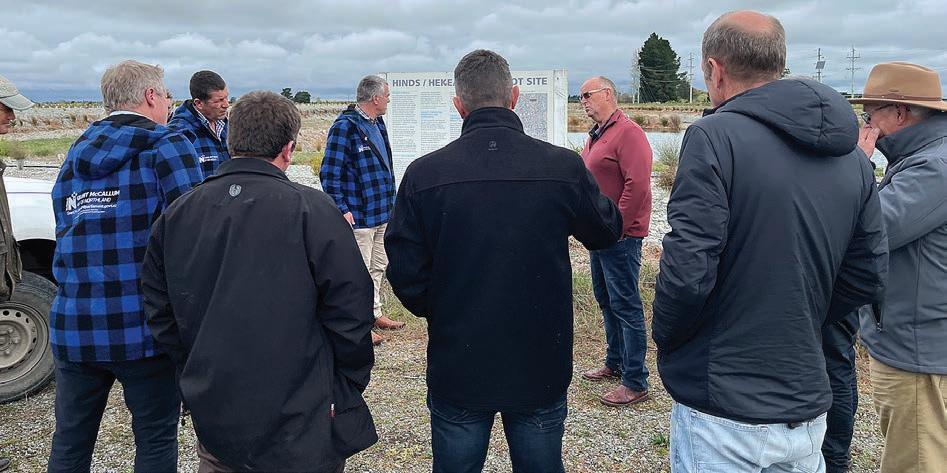
reforming the RMA entirely,” Rural Nats chair Mike Butterick said.
Butterick and Simmonds were joined at the meeting by National MPs Miles Anderson and Grant McCullum.
The MPs also visited several farms to hear from farmers about their consenting challenges.
Butterick assured farmers that “reform is coming”.
“Before the end of the year a regime to transition into a new planning system will be released,” he said.
“Until then we expect councils to use their discretion and not punish farmers with bureaucracy.”
The meeting has been followed up with a Feds survey currently calling for farmers to speak out about their consenting issues, not just in Canterbury but across the country.

Meet Sam’s twin brother, Bill.

GDT butter, mozzarella continue to slide

Hugh Stringleman MARKETS Dairy
THE Global Dairy Trade price index has fallen modestly for the fourth time in two months, losing 1.6% in the first auction of October.
Mozzarella fell a whopping 11.8%, continuing a 30% four-month price decline that began at US$4900/tonne and now sits at $3393. Butter fell 3% and has retreated from record heights near $8000 in May
to $6712 presently. Whole milk powder and skim milk powder were down 2.3% and 0.5% respectively, somewhat countered by anhydrous milk fat, up 1.2%, and cheddar, up 0.8%.
NZX dairy analyst Rosalind Crickett said the GDT results confirm the prior expectations of the dairy market, whereby product supply in abundance has a backdrop of tepid demand.
Chinese buying reached 52% of total GDT volume, up 30% on the previous auction.




TwinG uard from Cor teva is the advanced solution for control of damaging pests in forage brassica crops.
TwinG uard from Cor teva is the advanced solution for control of damaging pests in forage brassica crops.
TwinG uard protects your brassica crop by combining the proven actives Isoclast® and Jemvelva® to target key pests like nysius, aphids and caterpillars
TwinG uard protects your brassica crop by combining the proven actives Isoclast® and Jemvelva® to target key pests like nysius, aphids and caterpillars
and


With fast and effective control, IPM compatibilit y and a low environmental impact, TwinG uard is your go-to solution for reliable brassica crop defence Talk to your local

LISTEN: National MPs visited several Ashburton farms recently to hear from farmers about their consenting challenges.
Photo: Supplied
Mike Butterick Rural Nats



JK counsels flood-hit farmers, foresters

F‘Fiona Terry PEOPLE Wellbeing
IND some time for you to think about this,” was one of the messages Sir John “JK” Kirwan emphasised as he wrapped up his talk on resilience and mental health to nearly 300 people in Tasman, three months after the floods that impacted the region.
He was addressing a group of rural people who’d gathered at Moutere Hills Community Centre at an event organised by Westpac NZ, in conjunction with the Top of the South Rural Support Trust and Fonterra.
“You’ve been through a whole lot of trauma in this region –that’s one of the reasons why I really wanted to come in and just talk about what I went through,” said Westpac ambassador Kirwan. For JK, the gathering was particularly special, given that it helped mark Mental Health Awareness Week. Between the heartfelt and good-humoured anecdotes, Kirwan also had those gathered dancing and hugging their neighbours.
The former All Black talked
about his journey overcoming depression and building resilience, and shared strategies to help others navigate tricky times. Since a number of those attending had experienced first-hand the devastating consequences of the floods, his messages resonated loud and clear.
“In my case, there wasn’t a trigger, but what this community has been through can be a trigger,” he said.
He stressed the importance of being willing to treat symptoms, just as an injured rugby player would have a sprained ankle treated.
Among the practical strategies he shared that had helped him was making sure to keep doing things he enjoyed, taking things a step at a time, and appreciating all the achievements in each day, rather than just focusing on what’s left to be carried out.
“A to-do list you never finish, but if you have a to-done list you will be amazed at how awesome you are,” he said.
The power of connection was another important aspect in helping with resilience and mental health, he said.
“Connecting is really, really important, because if you connect,

Connecting is really, really important, because if you connect, then we can talk about this stuff.
Sir John Kirwan Westpac ambassador
then we can talk about this stuff.”
Rural Support Trust facilitator
Martin O’Connor said this was another key part the event itself.
“One of the important things about something like this is getting to have a yarn afterwards,” said O’Connor.
“Farmers don’t get together probably half as much as they used to in the old days.”
A number of attendees took the opportunity to connect with JK after his presentation, sharing their experiences of the flood.
“I spoke to people who, when it starts raining, get anxious because they got flooded.
“That’s a natural reaction. But if it stays with you for a long time, and it’s a bit deeper, it’s a bit more persistent, then you need to get help on how to get through that,” he said.
“Often when we see floods, or earthquakes and fires, everyone’s

incredibly resilient, and they get on with it, and they clean up, but the mental health tail is very, very long. It takes so much longer to get over it mentally.”
Among those at the event, which was part of JK’s mental health programme with Westpac, were the two logging crews from local business Woodlot Harvesting.
“We all work pretty closely together and I think it’s good that everyone sees someone like John
talking about mental wellbeing,” said director Brad Pyers.
“It shows that it’s not a bad thing to stand up and say something if they need to. One of the most important messages for me was around communication – talking about mental wellbeing and getting it out there if someone on the team’s having a bad day. It’s not about judging people or anything like that. It’s about helping each other out.”

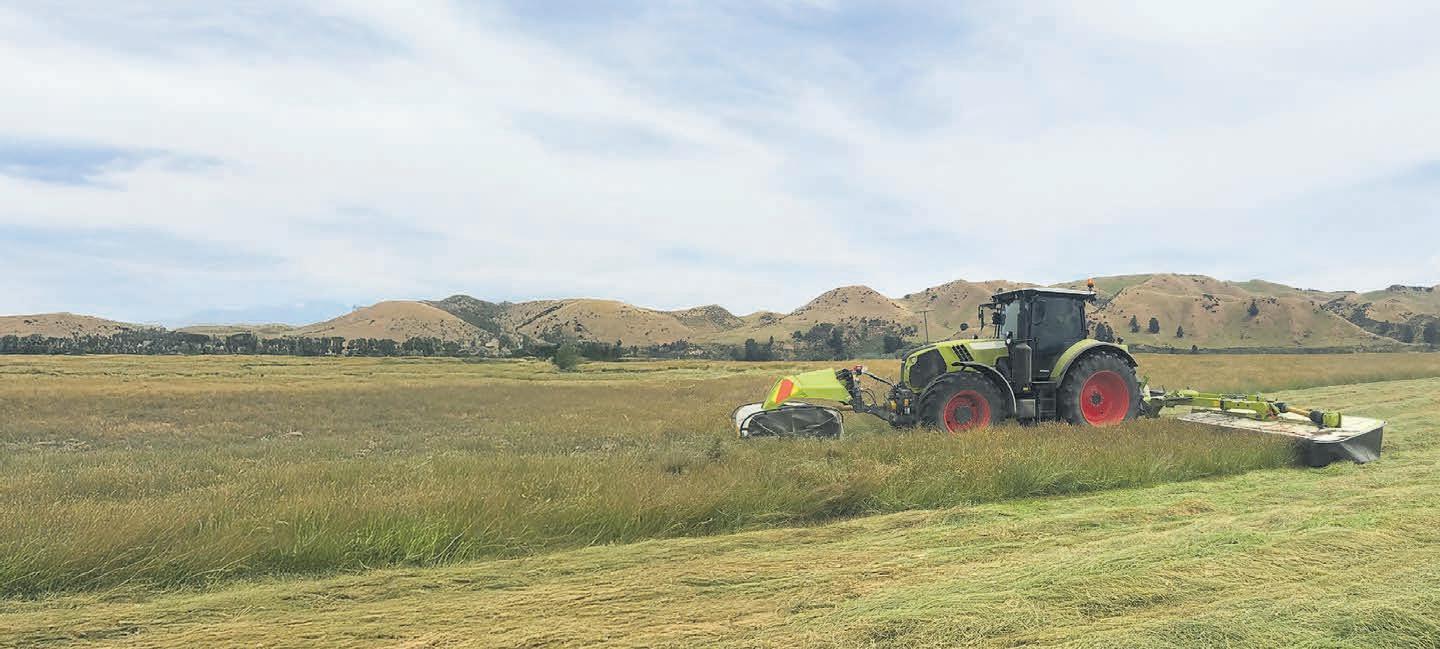














ONLY CONNECT: Sir John Kirwan discussed his journey overcoming depression and building resilience, and shared strategies to help others navigate tricky times.
Photos: Tim Cuff
GATHERINGS: Rural Support Trust facilitator Martin O’Connor says farmers don’t get together half as much as they used to in the old days.
LESSONS: Brad Pyers, far right, brought his whole logging crew along to hear Sir John Kirwan speak at Moutere Hills Community Centre in Nelson.
Whānau values furnish home away from home

Richard
Rennie PEOPLE Employment
ABAY of Plenty RSE accommodation project between Māori trust Paengaroa North K and kiwifruit company Apata incorporates the touchstones of marae living, and welcomed its first staff intake this spring.
The proudly named Amokura Recognised Seasonal Employer (RSE) accommodation at Paengaroa near Te Puke is hailed as a first and is underpinned by the strength of the relationship between the Paengaroa North K Trust and Apata.
It offers a permanent, quality solution to the challenges of housing RSE workers from the Pacific and beyond, incorporating communal living into a functional, appealing place for people who are often away from home for months on end.
Trust chair Joe Pihama (Ngāti Rongomai, Ngāti Maniapoto, Ngāti Tuwharetoa) is overseeing the final touches to the 100-head facility and proudly points out the inspiration behind the look and feel of the facility.
That includes a campus with a footprint that imitates that of the local Kaituna River’s passage to the sea from the hills, with the accommodation units representing individual Pā sites located along the river’s journey to the sea at nearby Maketu.
The name Amokura refers to the red-tailed tropic bird found throughout the South Pacific, which played a big part in helping ancient navigators find land.
We look after our kaumātua, our rangatahi and our mokopuna. It is the same for our kaimahi – they may be our workers, but they are like whānau.
Joe Pihama Paengaroa North K Trust
“It relates really to everyone who comes here, many of them are familiar with it, and they all come from across the sea whether it is Fiji, Samoa, Tonga, Kiribati, Thailand or Malaysia.
“We look after our kaumātua, our rangatahi and our mokopuna. It is the same for our kaimahi – they

may be our workers, but they are like whānau.
“They have come a long way to work here. They will sometimes miss home, and we want them to have somewhere they feel welcome and not just another number as they go about their mahi.”
Principals of marae living and design have been incorporated throughout, with big, naturally lit communal kitchens offering full self-catering facilities, and comfortable lounge areas for staff to congregate after a hard day’s orchard work.
Pihama said the trust began looking at off-site accommodation locations when stricter standards for RSE workers were introduced. He looked at trust land and realised they had the space to do it themselves.
The trust has ownership of the facility on its land and orchard title, under a long-term lease with Apata.
It is a relationship Pihama describes as win-win, with staff working not only on the trust’s 40 hectare orchard within the boundary but also bussed to Apata orchards operated throughout the Bay of Plenty.
Protec t your crop, farm and future.

Shaun Vickers, Apata’s GM for client orchards, said Amokura will house 30% of Apata’s RSE workers.
The company has built strong generational and community links with the workers, most who have been returning for many years and some for over two decades.
“When someone can’t return, it’s not uncommon for a family member to step in and take their place. These long-standing relationships mean our team often travel to the Islands to visit their villages and see firsthand the impact of the programme.


The venture also represents a step forward in the relationship on a commercial level. A decade ago the picture was bleak, with an underperforming orchard asset.
After working alongside Apata, which provided some additional management expertise, the story is much changed today.
Apata Group board chair
“It’s about more than just seasonal work; it’s about creating opportunities for wider families and supporting long-term community development.”
Mark Mayston said the trust has experienced a dramatic turnaround in the past decade.
“They should be really proud of what they have achieved over the last 10 years. They have done a complete U-turn.”
UNITED: From left, Apata grower manager Erin Atkinson, trust chair Joe Pihama and Shaun Vickers, Apata GM for client growers at the Paengaroa RSE accommodation site.
Food the way yiayia made it

Neal Wallace in Cologne NEWS
Food
and fibre
EVAGORAS Fiakkou still uses the same halloumi recipe refined by his grandmother.
Times were for tough for Cypriots in the 19th century and Evagoras tells how his grandfather Zannetos ran a small farm and traded livestock while his grandmother Despina made halloumi and anari, a traditional soft cheese, for the extended family and village.
It became a business and today her recipe is at the heart of Fiakkou’s business, Zerzekkis, which exports halloumi around the world.
He said halloumi is Cyprus’s largest food export.
Fiakkou was one of 8200 exhibitors at the Anuga Food fair
in Cologne, Germany, Europe’s largest food and beverage trade fair, which attracts up to 150,000 visitors over four days.
Every day Fiakkou sources cow, sheep and goat milk from about 25 farmers on the Mediterranean island. The milk is put through a three-day process in which rennet is added and the curd pressed to produce the firm, white traditional Cypriot cheese.
It takes seven litres of milk to produce 1kg of halloumi.
Fiakkou’s halloumi illustrates the diversity of the food offering at Anuga. If it can be eaten or drunk, chances are multiple manufacturers will have it or variations of it on display.
In addition to the established mainstream products, there were new concoctions or products, many involving artificial proteins, or a new take on an existing product, such as salmon-flavoured
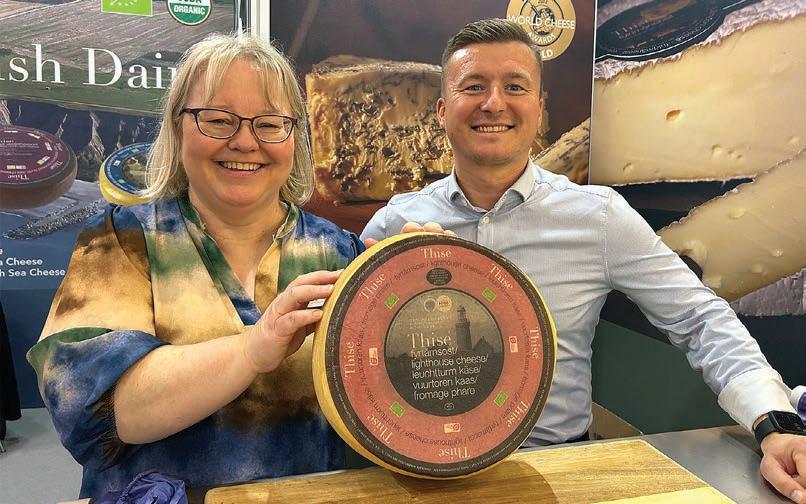
EUROPE’S CHANGING LANDSCAPE
sausage or ice cream made from cottage cheese.
Anuga is effectively 10 distinct trade shows spread over 10 halls grouped according to the various food groups. Some halls cover an area equivalent to several rugby fields.
There was a small presence of New Zealand companies on the floor this year.
AFFCO, ANZCO and Taylor Preston had stalls in the meat section, while Silver Fern Farms hosted a function off-site on the eve of the fair for about 50 clients. Alliance is also in attendance, meeting customers.
In a typical Kiwi touch, Taylor Preston interrupted its promotional video to screen the Bledisloe rugby test.
Individual companies have their own stalls and countries also promote their food industries. Among these were South Korea and China.
Ireland, Argentina and Brazil all had a significant presence in the red meat hall and Switzerland, Austria, Turkey and Greece were promoting their dairy industries.
Thise is a Danish dairy cooperative of 70 farmers that processes 350,000 litres of organic milk a day into liquid milk, yoghurt, butter, ice cream and cheese.
The co-operative was established in 1988 and Britte Kristensen, the export sales co-ordinator, said their products are supplied to about 1000 stores, and 30% of their cheese is exported.
She said the salty wind that constantly blows off the North Sea gives their cheese a distinctive flavour.
Suckling pig meat is a delicacy in
Alt protein tries a new strategy

Neal Wallace in Cologne NEWS
Food and fibre
PRODUCERS of alternative proteins appear to have switched their earlier strategies of trying to displace animal protein products to that of promotion on their own merits.
That was certainly the message from a panel representing European alternative protein companies at a seminar held alongside the Anuga Food Fair this week.
They said their future is not in trying to mimic animal protein products but in offering a tasty alternative.
“Consumers need to know it has a clear use and can be integrated into recipes,” said Philip Tigges the managing director of Hamburg-based Infinite Roots.
“It is not so important it tastes the same as chicken or beef,” he said.
His company seeks to use mushrooms and fermentation to develop new proteins.
Planet A Foods is developing chocolate without cocoa and Laura Schemmel, its head of sales, said it is important not to demean existing products.
Chocolate is loved by consumers as a comfort food and it is much better to promote a competing product by saying “here is something that tastes good but is also better for the environment”.
Consumers need to know it has a clear use ... it is not so important it tastes the same as chicken or beef.
Philip Tigges Infinite Roots
Food journalist Nadine Fiko said even though Europe has laws preserving the use of traditional meat names for meat, alternative proteins should still carve out their markets with products that attract consumers on their own merits, sustainability and environmental attributes.

and boneless pork cuts with some sold with the rind intact.
In a typical Kiwi touch, Taylor Preston interrupted its promotional video to screen the Bledisloe rugby test.
parts of Europe, where it is served for special occasions, according to Matthias Wolz of German company Beck.
The piglets are slaughtered at two to three months of age and processed into traditional bone-in
A popular tradition is to slowly barbecue the whole carcase. The flesh is soft and Wolz said the taste is mild.
• Wallace’s Meeting the Market tour has been made possible with grants from Fonterra, Silver Fern Farms, Rabobank, Zespri, Alliance Group, Meat Industry Association, Wools of NZ, Beef + Lamb NZ, NZ Merino, the European Union and Gallagher.
https://www.farmersweekly.co.nz/ meeting-the-market/
Tigges said research shows most supermarket shoppers restrict themselves to the same 20 recipes, which can create a challenge when getting them to try new products.
Schemmel agreed.
“If it doesn’t taste good people may buy it once but will not buy it again.”
The public’s buying habits make it difficult to encourage supermarkets to stock new products.
The key for new products is to be competitively priced and convince consumers it will perform as well if not better than traditional products.
Veronica Garcia Arteaga, a cofounder of Berlin-based Neggest Foods, is artificially replicating eggs and said she is confident the current 10-15% price discrepancy with authentic eggs can be reduced.
The panel all agreed that retailers need to be brave and stock this new era of alternative proteins.
“Without the big player we can only go so far and so fast,” said Arteaga.
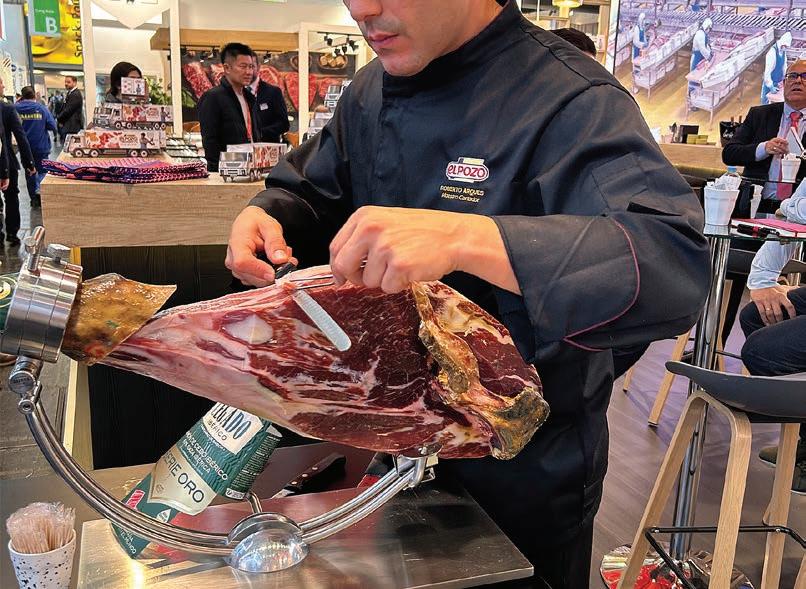

SUCKLING: Matthias Wolz from German company Beck with his suckling pig meat products at the Anuga Food Fair in Cologne.
KNIFE WORK: A butcher shaves ham for Spanish meat company El Pozo.
DISTINCTIVE: Britte Kristensen, the export co-ordinator of Danish dairy co-operative Thise Dairy, and export manager Almir Palic, exhibited at the Anuga Food Fair in Cologne.
FAMILY RECIPE: Cypriot halloumi manufacturer Evagoras Fiakkou was one of 8200 exhibitors at the Anuga Food Fair in Cologne.

BIG



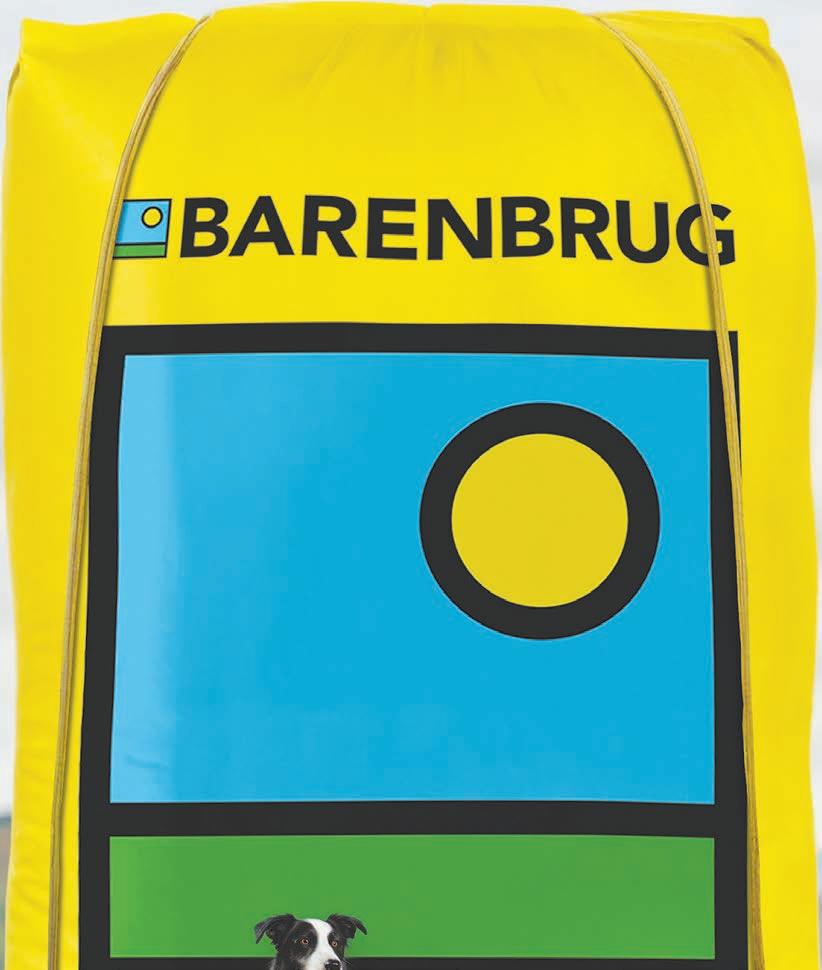








W ith these big pas ture per formers, led by Ma xsyn, New Zealand’s top - selling perennial r yegrass. Now that ’s huge!
A sk your resellers, or lea rn more at Ba renbrug.co.nz /spring -2025
Maxsyn Perennial
The nex t generation Perennial legend with NE A4 and now with NE A12 for superior per sis tence and summer grow th.
Array Perennial
The super s t ar perennial, delivering high int ake, Y ield, N upt ake and per sis tence. The diploid of the f uture!
Grow wit h Confidence
4front Perennial
The benchmark in tetraploid perennials Grow s longer, is good for the environment and animals love it
The phenomenal 3 - 5 year pas ture W ith environment al benefit s, delivers per formance your neighbour s will env y Forge 3 -5 year s
Available with NE A and supercharged NE A12 Shogun 1-3 year s
The out s t anding hy brid, s till set ting the s t andard for 1-3 year pas ture
The bright future of your Farmers Weekly news and insights service depends on your support, so we can continue to support you.

FREEPOST AGRIHQ
Voluntary Subscription Farmers Weekly PO Box 529 Feilding 4740

Thank you for joining the team. Please feel free to contact me directly at any time.

Dean Williamson – Publisher
dean.williamson@agrihq.co.nz 027 323 9407
BECOME A VOLUNTARY SUBSCRIBER
Start your voluntary annual subscription today. $120 for 12 months. This is a voluntary subscription for you, a rural letterbox-holder already receiving Farmers Weekly every week, free, and for those who read us online.
Choose from the following three options:
Scan the QR code or go to www.farmersweekly.co.nz/donate
Email your name, postal address and phone number to: voluntarysub@farmersweekly.co.nz and we’ll send you an invoice Call us on 0800 85 25 80
Note: A GST receipt will be provided for all voluntary subscriptions.

Year of survival and reset for Bremworth
THE 2025 financial year was one of survival and reset for carpet and rug manufacturer Bremworth.
The company has had to navigate the “most testing period in Bremworth’s modern history”, as it dealt with a subdued economic environment combined with the operational challenges brought about by Cyclone Gabrielle, according to its annual report.
The report was delayed for a week after Bremworth announced on October 2 that it has entered into a scheme implementation agreement with Floorscape Limited, a wholly owned subsidiary of Mohawk Industries, which operates the Floorscape premium hard flooring business and owns carpet manufacturer Godfrey Hirst NZ.

Although 2025 was a challenging year, it was
has agreed to acquire 100% of the shares in Bremworth.
the best path forward for the company”.
in
The road ahead will not be without obstacles, but we believe the steps taken this year will create a leaner, more resilient and more competitive Bremworth.”
Its carpet volumes fell short of expectations, and gross margins deteriorated from 24.3-to 13% percent year on year.
Revenue increased to $88.4 million compared to $80.3m in 2024, but normalised EBITDA loss widened to $13.5m, up from a $4.7m loss in the previous year.
Bremworth recorded a net profit after tax of $19.1m, an improvement from $4.6m last year. The report emphasised that the majority of the operating loss occurred in the first half of the year whereas the second half of the year showed an improved performance.
Our product strategy is evolving to balance premium wool with selective synthetic offerings.
Annual report
Bremworth
rebuilding the business after Cyclone Gabrielle, restoring domestic yarn production, and stabilising a hybrid supply chain.”
If 2025 was a year of survival and reset, 2026 will be defined by rebuilding momentum, the report said.
In the proposed scheme agreement, Floorscape Limited
CEO Craig Woolford said 2025 was not a year of celebration but of consolidation, honesty and hard decisions.
“Our product strategy is evolving to balance premium wool with selective synthetic offerings. These are not quick fixes, but they are meaningful steps toward sustainable recovery.” Staff reporter
Bremworth chair Rob Hewett said 2025 “was a challenging year, but one in which we laid the groundwork for Bremworth’s return to sustainable growth, supported by a board-led strategic review aimed at examining
“We have faced the challenges directly, reset our priorities and invested where it matters most.
Rural property market ‘lined up perfectly’

Annette Scott MARKETS Real estate
THE New Zealand rural property market is on track to deliver its best market performance of the past 15 years, with farmer confidence improving and the market returning to long-term fundamentals.
This is supported by favourable interest rates and a strong appetite for rural credit from all major banks at levels not seen since the global financial crisis (GFC), general manager of rural for Property Brokers Conrad Wilkshire said.
“There is no question that the broader NZ economy is really feeling it. However the rural economy, which is almost entirely export-led, continues to benefit from the global demand for our quality produce, in a world where food security is no longer being taken for granted.
“In short, there are good times in farming,” Wilkshire said.
With a focus on dairy and pastoral sheep and beef finishing and grazing

there are two key messages.
“Unless you are on the property ladder you are likely to miss out on some of the most positive market settings in the past 15 years, and for those planning a business exit in the near term, good times don’t last.
“The level of volatility post-GFC compounded by significant shifts in environmental and banking settings and the impact of covid has been quite extraordinary.”
Wilkshire predicts price expectations are likely to reflect an upward premium on last year, “but not a noose for the next 10 years”.
Forestry’s influence on the pastoral sector is not expected to be anything like in past years as it moves to a regulated framework.
PGG Wrightson general manager real estate Peter Newbold said spring is looking promising for rural sales with the market looking to stay that way until Christmas.
“If you look at all the listings coming onto the market and the quality of them, if you look at the returns that sheep and beef and dairy and horticulture are getting, they’re really strong, so everything’s lined up.
“Where sheep and beef will end up is not clear right now but there is no question it will be positive.”
Newbold said while dairy prices are increasing slightly, high commodity prices didn’t mean that sellers could “crank up” their prices.
“A lot of people are viewing properties.
“We don’t want a boom and I don’t think we will get one. People are still looking at yield related to property pricing.
“In general terms, values haven’t moved a lot and I don’t think they will over the coming months because the purchasers aren’t prepared to pay over.
“Everything is lined up perfectly at the moment.”
“The underlying trajectory in the latter part of 2025 demonstrates that the reset measures are beginning to gain traction and provide a platform for recovery,” it said.
“Behind the numbers lie the operational challenges of
Domestic manufacturing capacity is being expanded, its salesforce in New Zealand and Australia has been strengthened and it has reinvigorated relationships with North American customers.

CRATE SHOCK: SPCA New Zealand says the move to keep farrowing crates blindsided it.
SPCA outraged at govt pig-farming proposal
“It is unacceptable to see decisions of this scale being made without transparency and public input.
SPCA New Zealand has hit out at the government’s proposed changes around farming pigs, saying it was blindsided by the decision to continue the usage of farrowing crates. It will require changes to the Animal Welfare Act 1999, a move that has disappointed and outraged the SPCA because it will allow the use of farrowing crates in pig farming to continue indefinitely.
The SPCA’s chief scientific officer, Dr Arnja Dale, said it had not been engaged in any consultation on farrowing crate standards under the current government, despite claims from Minister Andrew Hoggard that “key stakeholders” have been consulted “Our laws should reflect current animal welfare science and public opinion, not roll back years of progress.
“It raises questions about who the minister and the Ministry for Primary Industries did consult with.”
The changes will see the time sows are confined in farrowing crates reduced from a maximum of 33 days to seven days, and a requirement to provide manipulable and deformable materials to enable farrowing sows to engage in nest-building behaviours.
They will also see the use of mating stalls limited to no more than three hours at a time, down from seven days, and the minimum spacing requirements for grower pigs increased by 13.3%.
The requirements will come into effect on December 19, 2035.
The announcement of a new Bill was made just months before farrowing crates were
otherwise due to be banned, on December 18 2025. That move came after New Zealand Animal Law Association (NZALA) and SAFE challenged regulations permitting mating stalls and farrowing crates in 2020.
The High Court ruled that the regulations and minimum standards which allowed farrowing crates were unlawful and invalid.
In response, the previous government agreed to and publicly consulted on new regulations with tighter restrictions and a five-year phase-out period.
NZALA president and public law academic Marcelo Rodriguez Ferrere said the government’s latest action is a deliberate attempt to avoid the legal consequences of that litigation.
“It is a dark day for pigs, but it is also a dark day for the rule of law. We are appalled by their decision.”
GROUNDWORK:
one
which the groundwork was laid for Bremworth’s return to sustainable growth, chair Rob Hewett says.
SHOPPING: Conrad Wilkshire says NZ farming assets reflect very good shopping.

From the Editor
Diet dogma can be hard to swallow

Neal Wallace Senior reporter
WHAT we eat has become a confusing battle for our conscience.
We are constantly being told to eat more of one thing and less of another.
It wasn’t so long ago that saturated fats were demonised. Cut out anything animal based, we were told.
More recently, humankind was going to be saved by new plant-based food products.
There was no need to eat meat or dairy; these new products were coming to our dietary rescue by mimicking their taste and texture and saving the planet at the same time.
The fact that most were tasteless with an ingredient list longer than a council meeting agenda and just as illegible ... we told not to worry about it.
Except we did.
LAST WEEK’S POLL RESULT
These products subsequently created an unintended backlash against ultra processed foods, putting them on a list of shame that includes breakfast cereals, confectionery, chips, instant soups and biscuits.
A feature of Anuga, Europe’s largest food fair is the emergence of a new generation of plant-based foods.
Unlike the first wave of over-promised and under-delivered products, this generation is not trying to displace meat and dairy, but to earn consumer loyalty on merit.
From what was on show, appearance remains an issue for some and taste still requires plenty of work, but these developers are driven and have substantial financial backing.
The other clear trend is an obsession with protein, with products using protein levels as a key selling point.
As Farmers Weekly reported last week, high dairy prices are largely being driven by unsatisfied demand from consumers seeking protein for its health attributes.
An essential macronutrient found in every tissue in our bodies, protein makes the enzymes that power chemical reactions and the haemoglobin that carries oxygen in our blood.
Our bodies do not store protein, hence the obsession with supplementing levels by consuming it.
There is a growing view among scientists that some people are consuming more than we need, which
MORE than 92% of voters thought the government’s reforms would not do much to lower power prices. “They have not adequately addressed the fundamental issues that allow the gentailers to screw the market scrum. I am very disappointed,” one said.
“Power companies seem to have a licence to charge what they like and we, the 52% owners, have no right of reply. My power bill is now $105 per week and our only income is NZ Superannuation,” another said.
Some voters thought there needs to be a lot more investment in renewable generation. “We need to subsidise solar panel installations, and we also need to build more water storage dams for future generation.”
is 0.8 grams of protein a day for every kilogram of body weight.
Last week the EAT-Lancet Commission released its latest planetary health diet report, which once again advocated a diet dominated by vegetables, fruit, whole grains, legumes and nuts with modest amounts of meat, fish, poultry and dairy.
Traditionally no supporter of the meat industry, it recommends a daily intake of just 14 grams of red meat or 29 grams of poultry, which it claims will improve health and reduce greenhouse gas emissions.
Its recommendations have been criticised by nutritionists and scientists, who say the recommended intake of animal-sourced food was inadequate to provide the required levels of vitamin B12, calcium, iron and zinc and would negatively impact micronutrient availability.
The EAT-Lancet report also assumes livestock farmers are doing nothing to reduce emissions. We know in New Zealand that they are.
The battle over diets is confusing and few can, or can be bothered to, keep up.
This leads to trends driven by hype, such as we are witnessing with protein.
If we are being honest, most people acknowledge their diets could be better, but surely the adage of eating variety and everything in moderation is the recipe for a reasonably healthy life.
It’s certainly easier to follow.
Letters of the week
Australia may be our destiny
Robin Rutherford Hunterville
WITH reference to “Advance Australasia fair”, Eating the Elephant (October 6): the possibility of New Zealand joining Australia to form Australasia is a great idea, which deserves very serious discussion.
I have been pushing this to anyone who will listen for sometime now.
Phil Weir lists many reasons this is a good idea and here is another: New Zealand loses around $8-10 billion annually in profit extracted from the economy by Australian-owned companies.
That includes the banks (profit $6bn), companies like Wes Farmers who own Bunnings, K Mart, pharmaceutical and fertiliser interests, Lumino, Spotlight, Accounting, Chemist Warehouse, owned by Australian-based Sigma Healthcare, and many, many more.
To this level of financial loss exiting NZ annually from Australian firms we need to add that going out internationally from the profits of the power companies, the four large international accounting firms, and shareholdings in many NZ-based enterprises.
I cannot see how NZ can ever get ahead with $10bn, and probably more, of NZ-generated profit leaving the country annually.
The really big question is whether Australia would have us. It may be more profitable to Australia to keep buying our assets and taking the profits.
Joining Australia should be a matter of urgency and certainly a matter for urgent discussion.
Radiata IS to blame
Colin Ladley Wakefield
THE article “Wilding claim felled by foresters” (September 29), quoting James Treadwell as saying the wilding problem is not caused by Pinus radiata, is far off the mark (he really does need to clean his glasses). Here in Nelson, radiata and Douglas are the culprits, just drive around the district. Better still, fly with a small plane along the eastern ranges of Nelson and witness them spreading into the native bush. Douglas is even above the snow line.
Get one of your reporters to travel on State Highway 63 between Hanmer and Glenwye Station, where there is a plantation where the spreading is unbelievable, both by the two culprits. All along the roadside and up the top of really big hills for about 20km. Who pays for the clean-up?
There was a fire on the roadside just north of Glenwye last summer and approximately six years ago there was one just north of the Hanmer turn-off, on Lochiel Station, both in wilding pines. It’s only a matter of time before a real big one happens.
What’s happening on Molesworth Station is a disgrace. Both the Department of Conservation and Landcorp should be blackballed out of there! A third of it covered in wilding!
I attended a reunion for past workers approximately 25 years ago and no mention of wilding pines was made. I was there 1967/68 as a stockman, so you can see my dismay at what’s happening.
Last week’s question: Do you think the government’s reforms will do anything to lower power prices?
Will a reduction in the frequency of rural mail deliveries have a big impact on you?
This week’s poll question (see page 5): Have your say
The lost art of stopping
Eating the elephant

ON SATURDAY I was chasing cattle around a paddock that often gives me grief. You see, my dogs are average at best and their master lives very much in their shadow when it comes to stock work.
The stock would not move. Well, they would move, but not in the direction I needed them to. In fact, as many of you have experienced, they would get close to the chosen destination, only to rebuke my encouragement and rewind back to the start.
The louder I shouted at poor Peg and Midge, the worse the situation got. After a while, my loyal workmates had heard enough Fs and Cs for the day and headed back to the jeep.
At this moment, the point of failure, I was reminded of a comment from an old timer suggesting that a cigarette plays an important part in the life of a shepherd. Not so much for the nicotine hit, but for the distraction. The chance for the smoker to stop the horses, pause and focus on breathing (let’s worry later about what is being breathed in).
My grandad used to tell me many a World War II war story. In one yarn, an ant, a scorpion and a spider had a fight in a can, which the little ant won. That story was a family favourite.
A more relevant tale of his comes from the 1940s African desert – when his tank crew ran out of tobacco and improvised. They rolled tea leaves into paper. Grandad said it was better than the alternative smoke they had relied on in the days of the Great Depression, when a dried dock leaf was puffed upon.
Grandad’s story painted a vivid picture of a dusty campfire, the crew huddled in the tank’s shadow, sharing a laugh at the absurdity


of tea-smokes. Those makeshift cigarettes weren’t about nicotine – they were about unity. A shared ritual that forced men to stand silent and to reflect.
Grandad never said as much, but I sense the collective exhale in a time of war became the day’s turning point, a reset button for frayed nerves and the desert’s relentless tension.
Today’s farmers have traded paper rolls for digital scrolls. We doom-scroll through commodity boards, social media farm groups, and weather alerts until our heads spin.
I’ve lost track of how many times I’ve checked my phone between one paddock gate and the next.
Recently I turned my updates off – disagreeing with Stuff.co.nz’s editor as to what stories warrant the label “emergency” or “breaking news”.
A mate reckons he glances at his screen 50 times a day without realising it. This constant connection isn’t harmless – it breeds anxiety.
While we think we think are comparing yields, gear setups and grazing rounds, more likely we
are looking at bikinis, burnouts or celebrities doing everyday activities (albeit with bigger budgets).
Unlike Grandad’s tea-smoke rolls, the modern ritual of our doom scrolling lets us multitask straight through the tension, never forcing a true timeout or letting us catch our breath.
The day stops being a litany of chores undone; it becomes a highlight reel of what went right.
What if we flipped the script and paused to tally successes rather than scroll for problems or distraction and its mindless release? On any farming morning, there are wins that vanish as soon as they happen – like the ewe that lambed easily or the cattle that shifted flawlessly.
Given the amount of native bush on our farms, we have the opportunity to hear native birds on the daily – an activity city folk set time aside for on a weekend at significant cost.
The five seconds to pause are
not grand gestures by any means, but each adds something to the day. When we stop to name them (steers moved well today, birds sounding awesome out the back) our lens shifts. The day stops being a litany of chores undone; it becomes a highlight reel of what went right despite weather, market swings, or a spirited heifer injuring your dog.
We all know that smoking is not good for our health, but I wonder if what we have replaced it with, incessant phone use, isn’t worse.
Maybe the answer isn’t to light one up, but to drop the phone like we have the fag packet. Not just on the hill, but in the ute, the yards, the kitchen.
Take a breath. Let the moment land. If you need to, work through controlled breathing like the All Blacks do, or use a mindfulness app.
Like in Grandad’s day, it is about focusing on the breath – this time without the tobacco, tea or burnt dock.




TUI TIME: Given the amount of native bush on our farms, says Phil Weir, we have the opportunity to take a timeout and listen to native bird song rather than doomscrolling.
Photo: Pexels
Phil Weir Weir is an associate trustee of AGMARDT and a Beef + Lamb New Zealand farmer-elected director
CHANGE: Today’s farmers have traded paper rolls for digital scrolls, says Phil Weir. ‘We doom-scroll through commodity boards, social media farm groups, and weather alerts until our heads spin.’
Sector Focus
Farm quirks only add to quality of life

AT OVER six feet tall, Richard Flett has the perfect frame for his big Friesian cows.
Milking in one of the last walkway cowsheds in New Zealand, a little extra height isn’t just handy – it’s essential.
And milking in a rare shed isn’t the only quirk of this farming setup – Richard and his family run a mixed, dairy, sheep and beef unit across 300 hectares in Otautau, Southland.
“It’s a very busy job, but there are months in the season you can take advantage of if you’re clever about it,” Richard said.
“We are not the ‘normal’ farm with the small amount of everything, but we enjoy it!”
Richard, his father Alan and their team member, Ashleigh Evans, handle the daily work on the farm.
Alan and his sister Judith
own the farm, which Richard’s grandfather bought in 1958 with just one cow, Daisy. He built the herd up to six, establishing the stud Hillcrest at Fairfax, and he milked with a Gaine milking plant and separator through a two-bay milking shed.
Back then, they supplied Fairfax Dairies, where the solids separated from the water would be carted in big cream cans to the factory.
It’s a very busy job, but there are months in the season you can take advantage of if you’re clever about it.
Richard Flett Otautau
The cowshed was expanded when the herd increased to 32 cows, and eventually the new walkway was built.
Today, Richard milks 130 Holstein Friesians, all of which

have descended from the original six and have their pedigree records. And two retirees are floating around, 20-year-old Rue and 18-year-old Sweety.
“I usually have a couple of carryovers. Being a small herd and milking so close we get attached pretty quickly, and it’s hard to let them go.”
On the drystock side of the farm they run 800 Romney, Border Leicester cross sheep and 100-odd beef cows. There’s a lot of native bush separating the blocks.
Throughout the season, they’re floating between carrying out the seasonal tasks, such as vaccinating ewes and calving cows in September, before lambing kicks off. Then it’s weaning and tailing before artificial insemination in November. Shearing happens every March, and the beef animals are sent off. May is when they dry cows off, and then in June and July they’re on crops. Lambs are usually fattened and sent to the works, unless it’s a poor season and they’re sold as store.

Farming is certainly Richard’s passion. He had intended to go to university after secondary school, but his dad asked why he was going to get into debt for

something he could learn on the job.
So after school, he went sheep farming initially, then had a couple of dairying jobs before he got the call to come home.
“Dad called saying he had ragwort for me to spray. There was a big ragwort problem at the time, so I spent a couple of years doing that before I got in the cowshed.”
Richard’s wife, Karena, is a surgical nurse at Southern Cross. They met through Thornbury Young Farmers and have two daughters, Ellie, 8, and Thea, 6, who are getting a taste for outdoor life and especially enjoy fishing with Dad.
The family are all pretty sporty – Richard has completed a couple of Coast to Coasts, and Karena has done Spirited Women.
And although he’s never moved far from where he was born, Richard says he wouldn’t do anything else.






Samantha Tennent ON FARM Skills
WALKWAY: One of the last remaining walkway cowsheds in New Zealand, where the Flett family has milked for generations.
SWING LOW: Richard Flett at work in the old-style walkway shed, where bending low is part of the job.
TOGETHER: Richard and Karena Flett with daughters Ellie and Thea enjoy time together away from the farm.
Record price for Fonterra organic milk

FONTERRA’s organic dairy market is riding a similar wave of demand as its conventional counterpart, with strong international sales growth fuelling record payouts to its farmers.
Its final payout for the 20242025 season announced on September 25 was $12.35/kg MS.
The result reflected an incredibly positive demand story for the milk its organic farmers produce each day, said Fonterra general manager for organics Andrew Henderson.
“This record organic payout is a milestone for Fonterra.
“It marks a fifth straight year of organic milk price increases, highlighting the exceptional efforts of our farmers and the strong appetite for organic milk.
“Organic dairy sales have experienced strong growth this season, especially in the United States, where consumers are willing to pay a premium for grass-fed, organic dairy from New Zealand.”
Those consumers see organic milk as more sustainable and with associated health benefits because of the strict rules around what its farmers can and cannot
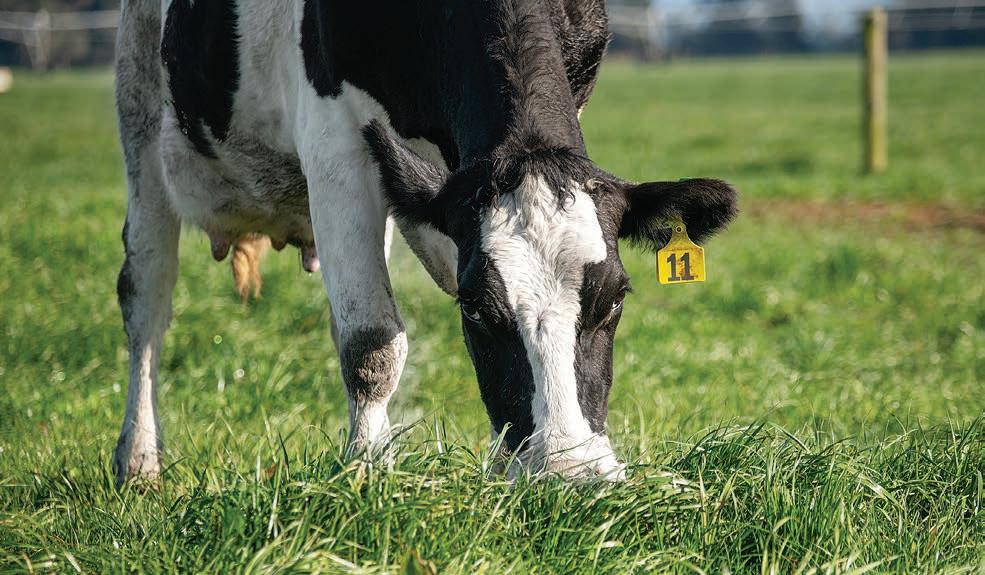
We are still seeing strong demand and even better pricing than last year.
use in its creation, he said. “They see it as a more natural product. It used to be about ‘We’ll pay more because it was healthier for me’, now we are seeing in developed nations like the US and Europe, nearly half of consumers are prioritising it because of its sustainability benefits.”
In the US, Secretary of Health Robert Kennedy jnr’s policies may also be indirectly influencing demand as more consumers question what is in their food, he said.
Favourable market conditions saw Fonterra’s organic sales for the 2025 financial year increase 27% year on year, while the co-op’s organic milk collections were also up 7.5% to 9.7 million kg MS.
The US is its biggest market and arguably the biggest in the world for organic dairy. Within that market, the co-operative exports “cut and wrap” consumer cheese, powdered cheese, butter, ghee, and various other dairy ingredient



















Fonterra’s organic dairy farmers received a record final payout for last season while its forecast milk price range for the current season is also a record.
organic milk price was recorded in 2023-2024, when it reached $10.92/ kg MS.
The co-operative remains focused on opportunities to grow its North Island organic milk supply, especially in and around the Waikato region.
“Demand for organic products continues to grow, and to support this trend, we’re looking to further expand our organics programme.
“We encourage farmers interested in converting to organic production to get in touch with us about the support options available.”
powders including WMP and SMP, which are used in paediatrics.
Outside of that, Fonterra sends a large volume of organic cheese to South Korea, sends products to Taiwan and China including Anchor UHT milk, and has product in Australia and New Zealand through the Mainland Group. Its forecast organic milk price range for the current season is $12$14/kg MS, with a midpoint of $13 – also a record high forecast.
“We are still seeing strong demand and even better pricing than last year and that’s flowing through to a stronger forecast,” Henderson said.
Fonterra’s previous highest
Work is also underway to try to better understand the profitability of organic dairy farming compared to conventional farms using DairyNZ’s Dairybase.
This is so farmers can see how the two kinds of farming stack up so they can make a more informed decision about a possible organic conversion, he said.
Fonterra still only collects organic milk from the North Island, despite a steady stream of inquiries from South Island farmer-suppliers.
“Up until recently, the strategy was to grow the North Island. Obviously with the supply gaps we have got now and the inability to grow as fast as we would like in the North Island, we’re investigating to see if the South Island is feasible for us.”





















M ax out where it counts with Calf M ax.
• High protein , high starch
• Enhances rumen development
• Bovatec® 20CC for coccidiosis control
• Calves love the taste!













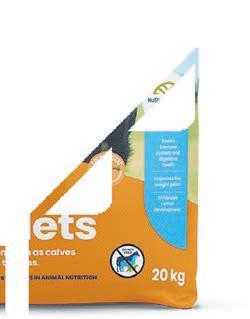






Gerald Piddock NEWS Fonterra
TOP DOLLAR:
Andrew Henderson Fonterra



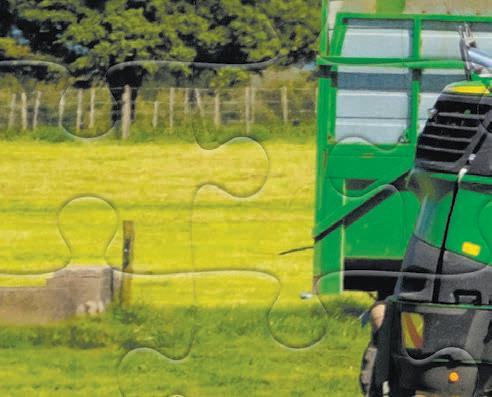





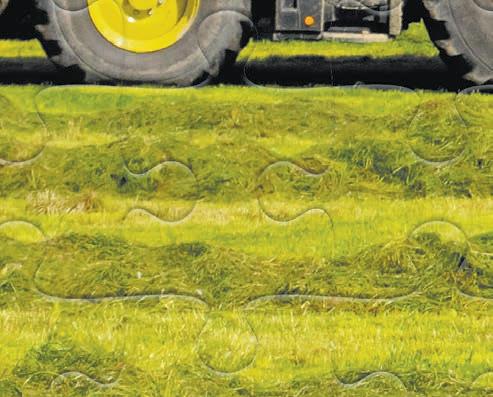




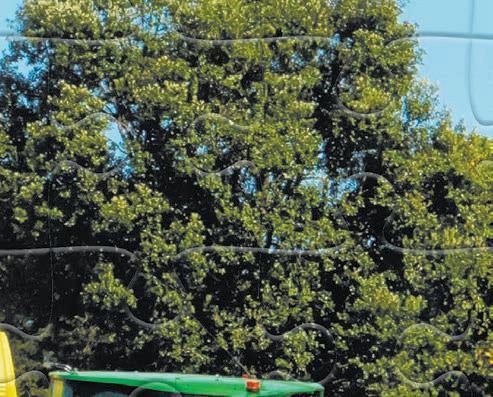







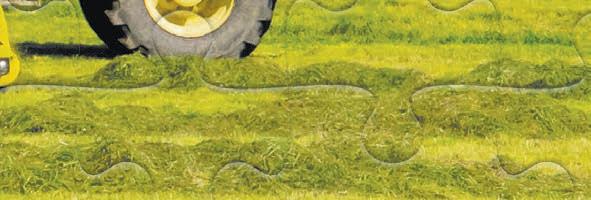






Pāmu to exit stake in Spring Sheep Milk Co

Gerald Piddock NEWS Dairy
PĀMU is to exit its partnership with Spring Sheep Milk Co as it makes a strategic shift to focus on its core operations.
Pāmu has a 53% stake in Spring Sheep along with consultancy and investment firm SLC Group. Up until March this year, that stake was 50%, but lifted to its current level after shareholder loans it had previously provided were converted to equity.
The announcement was made in Pāmu’s annual report, where it valued Spring Sheep at $71 million.
The Hamilton-based business is the country’s largest sheepmilking company, with 16 farmersuppliers across Waikato and Taranaki. Its CEO, Nick Hammond, referred all questions to Pāmu.
Pāmu CEO Mark Leslie said
Spring Sheep has grown into a globally recognised leader in sheep milk nutrition over the past decade.
“To support the next stage of growth, the Spring Sheep board has now commenced a process to explore potential strategic partnerships that can provide additional market access, global expertise, and growth capital.
“This includes assessing a range of potential outcomes, including new investment into the business and the introduction of a strategic shareholder.”
Leslie said the move is a natural progression after it achieved registration for infant formula sales in China, has strong demand across southeast Asia and has the opportunity for potential expansion into the United States cheese market.
Spring Sheep has informed its suppliers and other key stakeholders, and the business will continue to operate as
The Spring Sheep board has commenced a process to explore potential strategic partnerships.
Mark Leslie Pāmu
usual through the process, he said.
In June, State-Owned Enterprises
Minister Simeon Brown wrote to Pāmu’s board expressing disappointment and concern at its “failure to make progress in improving its performance”.
He cited as examples of underperformance and measures needing to be addressed, improving the five-year average of a 2.6% return on shareholder’s funds, and its failure to meet its cost of equity for at least a decade.
He said the government expects Pāmu’s business planning documents to “deliver a bold and challenging turnaround plan to

improve value and return to the Crown, in addition to focusing on efficiently managing the existing land footprint”.
Brown instructed the board to cease investing in and to dispose of any “non-land assets, business units and ventures that do not generate a return equal to or greater than the cost of equity”.
Leslie said at the time that the letter provided clarity and that
Pāmu was focused on its core roles of achieving farming excellence, and 18 months ago disestablished Pāmu Foods, a branded product business.
As the country’s largest pastoral farming enterprise, Pāmu manages nearly 360,000 hectares across more than 100 farms. This includes New Zealand’s largest farm, the 180,787 hectare Molesworth Station.
Good grazing lifts Fonterra August milk collections 1.8%
137.3 million kg MS, 3.2% above last season.
In the North Island, milk
collections in August were 72.3 million kg MS, 3.4% higher than August last season, thanks to
FAVOURABLE on-farm conditions
saw New Zealand milk production increase 1.8% in August compared to the year before, according to Fonterra’s latest Global Dairy Update.
Soil moisture is at capacity for most of the country. Some regions had drier and cooler weather that reduced pasture damage and supported grazing conditions.
New Zealand milk production for the 12 months to August was up 2% on the previous comparable period with 99.9 million kg MS collected. Season to-date collections starting from June 1 are

favourable weather conditions across most regions, with cooler temperatures and longer periods of sunlight compared to historical averages.
Season-to-date collections are 104.2 million kg MS, 3.5% above last season.
South Island milk collections in August were 27.6 million kg MS, 1.6% lower than the same month last year.
The decrease was mainly due to variable weather conditions across the region, with some parts experiencing soil moisture levels above capacity.
This was partially offset by longer periods of sunlight compared to historical averages.
Season-to-date collections are




33.1 million kg MS, 2.4% above last season.
Dairy exports increased by 17.7%, or 263,555 tonnes in August compared to the same period the year before.
The increase was due to higher export volumes of WMP, with Indonesia increasing its market share by 157% to 5442t, second to China, which imported 6072t of WMP.
Exports for the 12 months to August were up 1.1%, or 39,706t, on the previous comparable period. The increase was mainly due to higher exports of milk protein concentrate and cheese, partially offset by lower export volumes of whey and other powders. Staff reporter NEWS
SHEEP MILK: Pāmu intends to exit its partnership with Spring Sheep, in which it has a 53% stake.
Photo: Spring Sheep
HOT AUGUST: Production was up by 1.8% during August in comparison to the same month in 2024.
Strong milk flows keep pressure on prices
Sector perspective

SEPTEMBER brought continued downward pressure on global dairy prices as milk production strengthened across nearly all major exporting regions. While New Zealand products have shown some resistance, particularly compared with sharper declines in Europe and the United States, the overall market tone remains weighed down by abundant supply and uneven demand recovery.
New Zealand milk production continued its strong run through winter and early spring. August milk output rose 2.5% year on year (YoY) to 126.9 million kilograms of milksolids, marking the fourth consecutive monthly record. This lifts season-to-date production 4.2% ahead of the same stage last season. On a tonnage basis, milk volumes were up 1.8% YoY to 1.44 million tonnes – the highest August figure since 2020. These gains reflect generally supportive on-farm conditions, including a buoyant milk price and still-affordable feed, despite
higher costs in other inputs such as fertiliser.
However, recent weather has slowed pasture growth across much of the North Island, prompting some farmers to rely more on supplementary feed. These changes are likely to be reflected in October milk production.
The NZX Milk Production Predictor currently points to a 1.3% YoY lift in milksolids for September, driven largely by strong yields in Waikato and Taranaki. Cooler spring conditions in Canterbury may temper gains in that region.
Looking ahead to the seasonal peak in October, forecasts suggest a 1.5% YoY increase in milk supply, though this may be revised down once new data is available.
Elsewhere, strong production trends persisted. The United States reported a 3.2% YoY increase in August milk output, while Argentina and Uruguay recorded rises of 9.8% and 3.0% respectively. The European Union saw a more modest 0.6% YoY gain in July.
In contrast, Australia and China remain on the weaker side, with August and July milk volumes down -2.9% and -3.4% respectively.
With most key exporters producing more milk at once, the global supply overhang continues to weigh on dairy markets.
Both Global Dairy Trade (GDT) events in September ended in negative territory.
The first auction (Event 387 on September 2) saw the headline price index fall -4.3%, led by declines in whole milk powder (WMP, -5.3%) and skim milk powder (SMP, -5.8%). The second (Event 388 on September 16) recorded a smaller drop, -0.8%, with weaker prices for anhydrous milk fat (-1.5%), butter (-0.8%) and WMP (-0.8%).
The latest auction, GDT Event 389 (October 1), also delivered another soft result in line with market expectations, with the overall index falling -1.6%.
Price movements were mixed: WMP fell -2.3%, SMP -0.5% and butter -3.0%, while AMF rose 1.2% and cheddar gained 0.8%.
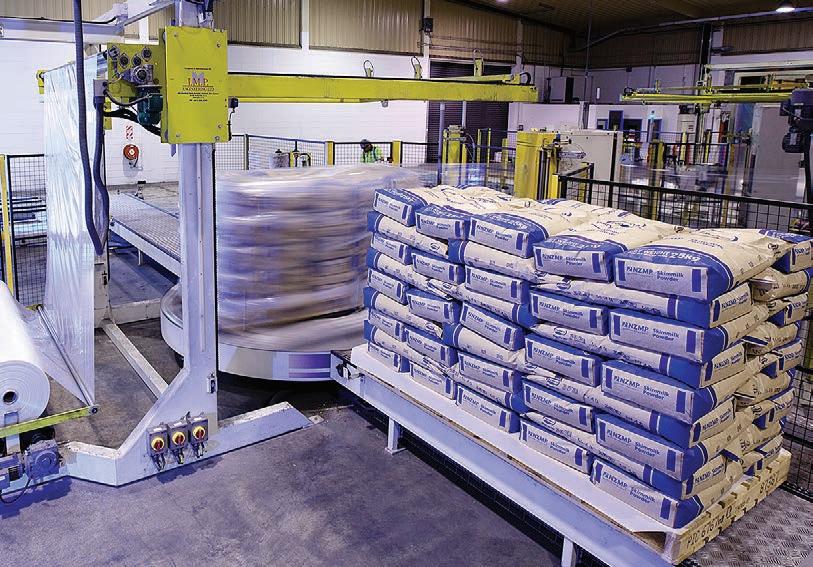

Mozzarella prices dropped sharply (-11.8%), pulling the average index below the US$4000/t mark.
North Asian buyers increased their activity, purchasing 31% more volume than the previous event and accounting for over half of total sales, while southeast Asian and Oceania demand was more subdued.
The lower prices appear to have attracted opportunistic buying, but global milk supply remains plentiful, keeping upward price momentum in check.
Despite softer prices, export figures continue to hold firm. New Zealand’s total dairy exports in August rose 17.6% YoY in volume and 32.6% in value. On a yearto-date basis, export volumes are up 2.7%, while export value has climbed 17.8%.
August is typically New Zealand’s quietest export month, with shipments down -35% month-on-month, yet annual growth highlights the resilience of offshore demand so far.
Whole milk powder exports rose 31% YoY in August, with shipments to China up 15%.
Exports to Asia (excluding China) and the Middle East jumped 29% and 63% respectively.
Globally, trade activity remains varied. China’s total dairy imports fell -7.9% YoY in August but remain 4.1% higher year-to-date.
Import values, however, continued to climb – up 4.6% YoY and 13.6% year-to-date – reflecting earlier elevated prices.
US exports in July were 6.1% higher YoY in volume and 18.6% in value, while Argentina’s August exports jumped 29.9% in volume and 42.9% in value. In contrast, Australia’s dairy exports fell -6.4% in volume, and Europe’s dropped -8.2% YoY in July, though both regions still posted higher export values due to previously strong pricing.
As the southern hemisphere moves into peak milk, supply remains abundant and sentiment cautious. Further gains in New Zealand’s milk production may keep commodity prices under pressure through October, with international buyers continuing to take a measured approach.
For farmers, pasture growth has started to show regional variation, with North Island conditions less favourable in recent weeks. The combination of solid milk flows, patchier grass growth, and softening prices may test margins heading into late spring.
While steady export demand, particularly from Asia, continues to provide a degree of support, the market backdrop remains fragile. Price risks for the coming months are likely to stay tilted to the downside.
From heat detection to treatment marking, FIL Animal Markers keep identification simple with bright, lasting colours that stand out.



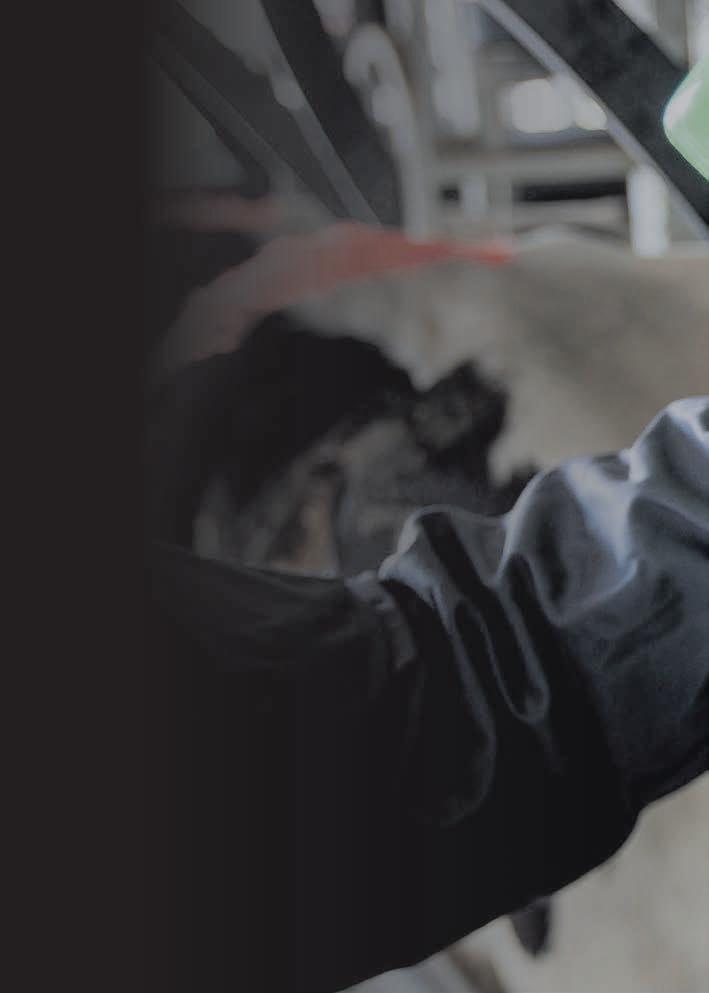



CAUTION: As the southern hemisphere moves into peak milk, supply remains abundant and sentiment cautious, says Cristina Alvarado.
Cristina Alvarado Alvarado is NZX head of Dairy Insights
RISE: Whole milk powder exports rose 31% YoY in August, with shipments to China up 15%.
Beet against baleage in cow lying study

Gerhard Uys NEWS Dairy
COLLABORATIVE
Astudy between DairyNZ and the Southern Dairy Hub investigated whether wintering on baleage improves ground conditions and therefore lying times, compared with wintering on fodder beet.

RUMINATION: Senior scientist at
Dawn Dalley says a study showed cows on baleage had much higher rumination averages than cows on
Senior scientist at DairyNZ Dawn Dalley told a rural professionals meeting in Invercargill that the study also looked at what effect area allocation per day had on soil conditions and cow behaviour when feeding baleage.
On top of this the study investigated whether soil conditions can be improved by changing the frequency of allocation of bales in a baleage wintering system.
Five mobs in the study were wintered on baleage and the sixth on fodder beet. Mobs of 70 cows were run, with 30 cows from each mob wearing a behaviour monitoring device.
The study ran for a month, from mid-June to mid-July.
Fodder beet cows were offered 9kg of fodder beet per day and 3.5kg of baleage per day.
Baleage cows were offered 11kg DM baleage and 1kg DM pasture per day.
Bale densities ranged from 60 to 80 bales of baleage per hectare, changing the square metres allocated per cow.
The study also looked at the effect of allocating baleage on a daily basis, versus offering three days’ worth of baleage in one go.
Pre-graze pasture yields in the baleage system were around
Cows on baleage lay down more during the day when they had more area available.
2800kg/DM, with fodder beet just under 25 tonnes DM/ha, and around 230kg/DM per bale of baleage.
For the study, wearables helped measure lying time and rumination.
Daily soil measurements included pugging depth, surface water pooling, a gumboot score, and in the grass paddocks, the percentage of bare ground. Feed quality was measured weekly.
Dalley said results were preliminary.
Findings to date showed that baleage quality ranged from really good to not great. She urged farmers to pay attention to this.
Pasture and crops in the system were of much higher and more consistent quality.
Preliminary results showed cows on fodder beet were lying less during the day and more in the early evening.
Cows on baleage lay down more during the day when they had more area available.
Demand still strong for calf milk powder

Gerald Piddock NEWS Sheep and beef
RURAL retailers are continuing to monitor inventory levels around calf milk powder as strong demand continues for the product due to the increase in calves being reared by farmers this year.
This increase led to suppliers initially struggling to match demand, as powder flew off shelves at retail stores across the country.
PGG Wrightson general manager
for retail and water Nick Berry said there are still ongoing supply and demand issues with calf milk powder.
Farmlands general manager for field and technical sales Rob Sharkie said while there are still concerns and pressures, the co-operative is managing the situation well and is controlling the volume for committed orders.
“We are in a space we are okay with. We have been pretty good in managing the situation with our shareholders and supporting those who haven’t been traditional
customers of ours as well.”
The bigger concern is more the rearers who rear a few every year then try to source the powder, but PGW has enough stock to manage that situation, he said.
Farmlands general manager for integrated business planning Siobhan Williamson said it has kept supply going and put limits in retail channels to ensure the resource is allocated fairly.
There are no supply challenges in sourcing meal and other solid foods as the calves transition off the milk, Williamson said.

Cows on baleage in a three-daybreak system lay less at night, compared to daily breaks.
This could be the result of having more feed available during the night on the first two days of the new allocation, but this needed further investigation, Dalley said.
In all systems cows lay on average more than the desired 10 hours per day, but there were days when they lay less than eight hours.
Dalley said it was surprising to see lying time drop off in the herds
on baleage and pasture, with wet conditions and surface pooling the driver.
Cows on baleage were showing much higher rumination averages than cows on fodder beet.
Dalley said they were encouraged by cow lying times on fodder beet because it matched up with lying times of cows on baleage.
The only soil condition data that the study has looked at so far was surface wetness from the gumboot scores and assessment of surface water pooling.

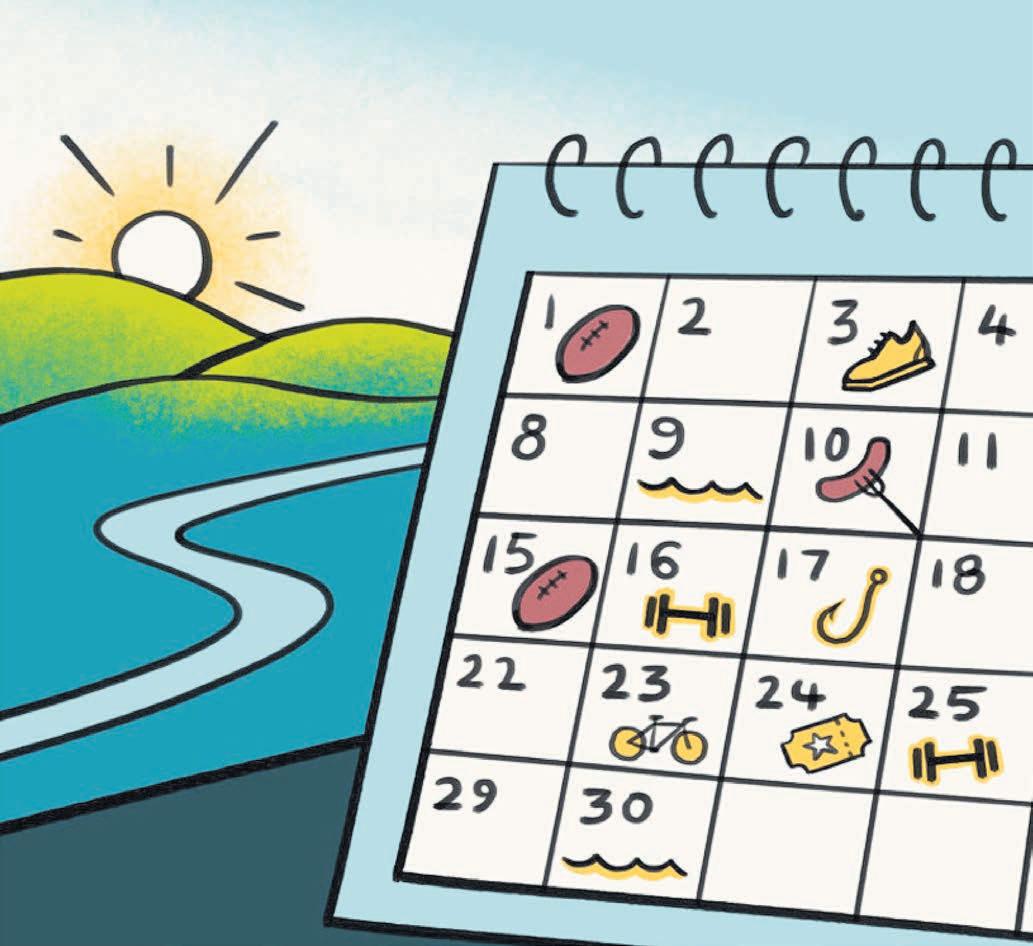
WINTERING: A study by DairyNZ and the Southern Dairy Hub looked at whether wintering on baleage improves ground conditions and therefore lying times, compared with wintering on fodder beet.
Photo: Supplied
DairyNZ
fodder beet.
Photo: Gerhard Uys
DEMAND FEEDING: Demand for calf milk powder has stayed strong due to the large number of calves being reared this spring, but retailers are managing the pressure.
Celebrating the season dairy’s stars aligned

Gerald Piddock NEWS Dairy
NEW benchmarking dairy industry data from accountancy firm
CooperAitken shows Waikato farmers had a standout season.
The data from 130 of CooperAitken’s dairy farmer clients for the 2025 financial year showed a record-breaking financial performance for farm owners, who on average experienced a 119% increase in cash available after drawings, reaching $2.71/kg MS.
Falling interest rates and continued focus on cost control are expected to support another profitable season.
Rachel Robb CooperAitken
These farmers benefited from a combination of improved production, higher payouts, and lower costs. This led to greater profitability and increased cash available for tax, debt repayment and other investment.
CooperAitken partner Rachel Robb called it “a season where the stars aligned”.
“It must not be overlooked ... that proactive management put in place by farmers from 2024, where the focus was heavily on cost control, spilled over into the 2025 season, also contributing to the positive outcomes.
“Farmers have been careful with their profits and cash and are aware of their tax position, if not fully covered already by our proactive management of tax.
“Looking ahead, we are hopeful
for a repeat of this success in 2026. Falling interest rates and continued focus on cost control are expected to support another profitable season,” she said.
For farm owners, the outcome was driven by several factors. These included strong production with production per hectare at 1127/kg MS and per cow at 411/ kg MS – both up 6%, despite climate challenges nearer the end of the season.
There was also a record-breaking milk payout as an average across the dairy companies, falling interest rates that reduced finance costs to $1.69/kg MS (down 16%) and improved overall cost structures.
Farmers also managed their on-farm costs well, with cost of production dropping 3% to $7.08/ kg MS.
These factors together delivered a 69% increase in net income of $3.44/kg MS.
The data showed 50:50
sharemilkers also had a great year with their average year-end cash position after drawings leaping 356% from $0.32/kg MS to $1.46/ kg MS.
Production among this group rose 13% to 427/ kg MS, reflecting gains in efficiency and herd management. Their cost of production fell 14% to $2.86/kg MS and finance costs dropped 39% to $0.28/kg MS.
Net income per kg MS soared 114% to $2.08/kg MS and livestock income increased from $0.66 to $0.86/kg MS.
Diving into the dataset, the top quartile of profitable dairy farmers proved in 2025 that production does not necessarily equal profit, Robb said.
The herd sizes and total production in the top quarter profit were smaller (down 13-16%), yet these top performers finished
with an extra $1.59/kg MS larger gross operating cash surpluses to the benchmark.
For both farm owners and sharemilkers, cost control was the key bottom dollar difference, Robb said.
“For farm owners, farm operating expenses were $0.92/ kg MS less than the average.
“Of that, feed costs were $0.47/ kg MS less than the average, indicating higher on-farm feed production.”
Per cow production was only 3% lower than the average, concluding that what feed was available on hand was being converted efficiently into milk production.
Another difference was the reduced managed spending on animal health and herd improve-

ment. For farm owners, that was down $0.05/kg MS, which equated to $29.05/kg MS less per cow.
“The discipline of cash monitoring in 2024 created a culture of financial awareness,
and we found that mindset shaped how farmers approached financial decisions in 2025.
“Memories were still fresh of lower payouts and higher interest rates,” Robb said.
Maui Milk CEO calls time
Staff reporter NEWS Dairy
MAUI Milk CEO Greg Hamill has announced he is stepping down after four years in the role.
In a statement published on the company’s website, Hamill said the last few years have tested everyone in non-bovine dairy and he thanked Maui’s shareholders for their support.
“We’ve operated without taxpayer or government funding, relying instead on strong private backing. That independence has allowed us to remain agile and competitive, and to secure major contracts globally, particularly in China.”
Last year Maui Milk instructed its farmer-suppliers to dry off their sheep in March because of a supply demand-imbalance. Those issues were resolved with
it collecting milk from 10 farmersuppliers last season, according to RNZ.
In April, it announced a strategic partnership with Mengniu Group, the parent company of Yashili New Zealand Dairy Co. Hamill called his time at Maui Milk “immensely rewarding”.
“Sheep milk is an extraordinary product, superior in many ways to cow or goat milk, and that passion is shared across our industry, from kitchen tables in rural NZ to boardrooms of global dairy companies and formula producers. After some challenging years, I believe we’re on the edge of strong, renewed growth.
“Maui Milk is well-positioned for the future, and I’m proud to have been part of its journey. I look forward to watching its continued success, along with the broader rise of New Zealand’s sheep milk industry.”


PLANS PAY OFF: Data from 130 dairy farmer clients of accountancy firm
CooperAitken for the 2025 financial year indicates that the proactive management contributed to a record-breaking financial performance.
CHANGE: Maui Milk CEO Greg Hamill has stepped down from the position after four years.
Feilding farms sign onto colostrum sideline

Samantha Tennent NEWS Dairy
MANAWATŪ farmers are turning spare colostrum into a global product, thanks to a new initiative from Feilding-based Proliant.
About a dozen local farmers have jumped at the chance to

create an extra income stream, with Proliant making the process simple for its suppliers.
The move builds on Proliant’s long experience in turning beef plasma into purified proteins used across several high-value industries.
“You probably never see Proliant, but when you go to the doctor and they’re testing your blood, a tiny piece of our protein helps make that test reliable every single time,” said Proliant CEO Chris Detzel.
Now, Proliant is turning its expertise to a new initiative using Manawatū colostrum.
“We’ve designed the process so farmers can focus on their core management. If there’s spare colostrum, we’ll collect it – it’s that simple,” Detzel said.
The Feilding facility has been established for a decade and is part of a wider international group that’s been operating for 25 years.
It has a long-term supply agreement with Silver Fern Farms, ensuring a steady supply of raw materials.
Proliant’s products cover three bases: medical diagnostics, animal vaccines and human nutrition, which are bulk ingredients with a particular focus on immunoglobulins – the same proteins

that make the colostrum project possible.
“The dietary supplements market continues to grow nearly 8% each year globally,” Detzel said.
“Immune health and digestive health are major drivers of dietary supplementary growth and account for just over a third of all dietary supplement sales.
“We’ve sold this plasmabased immunoglobulin product around the globe for 25 years, so it makes sense to incorporate colostrum and lean on our market connections and draw on our market knowledge and experience.”
To kick off the pilot, Craig Nash from Spearhead engaged local
farmers with the proposal. The first raw material was collected in autumn this year. Proliant installed tanks on the supplier farms with a tap system.
“Our two key principles were making this worthwhile for farmers: doing the right thing for the right reasons, and keeping it hassle-free,” Nash said.
“The farmers decide what colostrum they want to use themselves, and we collect the excess, either daily or every second day.”
Farmers are paid every two weeks, providing an extra income source, particularly helpful at that time of the season. The colostrum is taken to the Feilding facility, frozen, and processed into powder,
Kiwi mastitis test up for global award

A KIWI innovation is making waves globally, earning a spot as a finalist in the 2025 International Dairy Federation Dairy Innovation Awards.
Mastatest is an automated mastitis diagnostic system that delivers results in just 24 hours – cutting antibiotic use and supporting healthier herds.
Mastatest was developed by Mastaplex, whose CEO, Olaf Bork,
is excited they’ve made the finals.
“We are delighted to receive this global recognition of Mastatest as an innovative technology that advances sustainable farming practices.
It’s an honour to be flying the flag for the New Zealand dairy technology sector.”
Worldwide, farmers and veterinarians are trying to reduce antibiotic use to slow the development of antibiotic resistance.
“It is widely recognised that we must reduce unnecessary
antibiotic use to preserve the effectiveness of the medicines we have,” Bork said.
“And ultimately this leads to better outcomes for the cow, the herd, and the wider community.”
Steve Cranefield, a veterinarian from AgriHealth, promotes Mastatest when he’s working with farmers, especially if they have mastitis challenges.
“Mastatest takes the guesswork out of mastitis treatments and ensures antibiotics are only used when needed, benefiting both farmers and the wider sector.”
Mastatest sends the results to the farmer and their veterinarian within 24 hours, revealing what bacteria are causing the infection and which antibiotic is most likely to cure it.
“Around one in five mastitis cases don’t even need antibiotics, and if they do it’s more likely treatment will be successful if farmers can use the right antibiotic.”
The innovation award winners will be revealed on October 21 at the IDF World Dairy Summit 2025 in Santiago, Chile.
which will be sold to dietary supplement companies. Detzel said demand is strong everywhere right now.
“We are trying to check off the easy boxes first – markets in the United States and Korea seem keen. So it’s working through the regulatory check boxes. It’s an exciting concept: a local product going global to help people,” Detzel said.
The next step is recruiting more farmer suppliers. The facility has capacity for at least 10 times more farmers. So far, the pilot has concentrated on farms close to Feilding, but there are plans to expand nationally if demand grows.



This is your Co - op, all of it
So you c an tru s t that the time, energ y and c are that you p ut into producing your milk is met with a Co - op -wide commitment to providing the s ame level of c are in mak ing the mos t of ever y drop
Your milk
Your long-term best interest s Your Co - op


Samantha Tennent TECHNOLOGY Dairy
INNOVATION: Mastaplex CEO Olaf Bork says making the finals is global recognition for Kiwi dairy innovation.
PILOT: About a dozen Manawatū farmers are supplying excess colostrum to a new Proliant pilot project.
Photos: Supplied
SIMPLE: Proliant CEO Chris Detzel says the new colostrum initiative aims to keep the system simple and hassle-free for farmers.
Pictured are some tanks ready for installation with refrigeration units attached.
Why our future depends on taking biosecurit y seriously today

When it comes to biosecurit y, we of ten hear about the end of a response - but it ’s the beginning that helps determine our success.
We need to stay vigilant to help protec t our valuable dair y sec tor
In June, it was repor ted that New Zealand could be provincially declared free of Mycoplasma bovis (M. bovis) as early as Oc tober 2025 A huge milestone once we arrive there and one we should be proud of
It ’ s a milestone that could only be achieved through the tough decisions made along the way
We want to take the experiences and lessons we had learnt through the M bovis response to prepare for future disease outbreak s
This includes our current consultation with farmer s on changes to the Biosecurit y Response Lev y, that was established to fund biosecurit y responses and paid for the dair y industr y share of the M. bovis programme until the end of 2024
We are consulting with farmer s on whether the lev y should al so be used to fund readiness ac tivities, to help ensure the dair y industr y is well prepared to respond to any future disease threats
Readiness ac tivities include our commitments to prepare for Foot and Mouth disease (FMD), as par t of the new operational agreement we signed in June with the Government and sec tor par tner s, which sets out how the costs of FMD readiness and response ac tivities will be shared
It creates legally binding par ticipation of industr y in decisionmaking, ensuring that farmer s ’ interests, knowledge, and input is heard
It is a real par tner ship, not only bet ween the sec tor and Government but also within sec tor par tner s
A s par t of the agreement dair y, beef, sheep, pig, and deer farmer s are represented, as well as dair y and meat processor s Each has a strong voice at the negotiation table
A s the inaugural Chair of the Foot and Mouth Disease Council it ’ s something that I’m per sonally proud to have achieved
And I want to keep that momentum going
We are reviewing our FMD operational plans and looking at the role the sec tor plays during a response
We want to boost our workforce capabilit y and capacit y, so we have the right people with the right knowledge in place if we had another serious disease outbreak
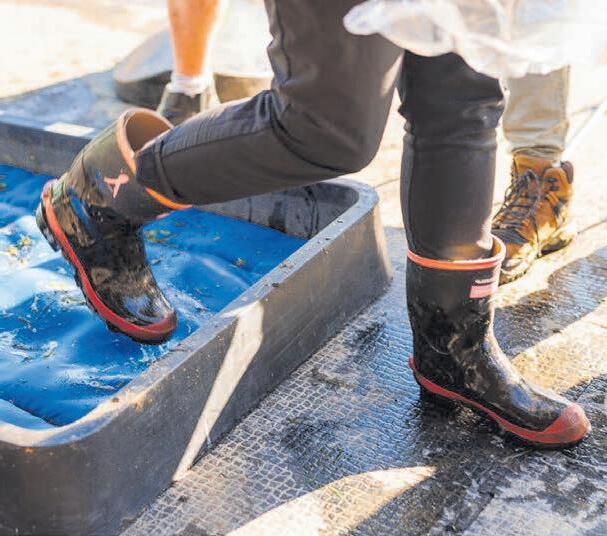
We are also focusing on refining the compensation system developed out of the M bovis response
We need a pragmatic and fair system that will provide farmer s with the suppor t they need That includes timely and consistent compensation that allows farmer s to get back to business as fast as possible
Good biosecurit y prac tices not only provide a degree of protec tion against potential exotic disease outbreak s, but they can also help to manage endemic diseases like bovine viral diarrhea (BVD) and Johne’s disease
It can be as simple as:
• Ensuring you have a good biosecurit y plan in place on-farm that all staff and visitor s are aware of
• Q uarantining new animals on arrival for at least seven d ays and making sure they ’ re tested and vaccinated for any thing that you want to keep out
• Making sure your boundar y fences are in good condition and secured
Biosecurit y is not just about emergencies, it ’ s about a consistent and integrated approach to risk reduc tion, readiness, response, and recover y
Get ting the planning right isn’t just impor tant, it ’ s ever y thing.



Dair yNZ is consulting with all lev y payer s on expanding the Biosecurit y Response Lev y to cover both readiness and response
Your feedback on the Biosecurit y Response Lev y will help shape how lev y funds protec t your farm and sec tor from biosecurit y threats
Member s of Dair yNZ Inc are also encouraged to have their say on Dair yNZ’s annual meeting resolutions, including the ratification of one independent direc tor and the approval of direc tor s ’ remuneration
Submis sions are now open and close at 12 noon, Tue sday, 4 November
Fonterra farmers bowl questions at McBride

Hugh Stringleman NEWS Fonterra
FONTERRA’s milk supply relationship with Lactalis and the shape of Fonterra after the sale of Mainland Group have dominated farmers’ questions at the co-op’s roadshows.
Chair Peter McBride, who has fronted many of the meetings, said farmers’ questions are understandable and have in many cases echoed those posed by directors during the Mainland divestment process.
The meetings have been well attended, especially in the evening, because the topics are of considerable interest to farmer-shareholders and rural professionals.
“The long-term intentions of Lactalis are also drawing many questions. Nothing new, really, that has not been covered in the Notice of Meeting and the Northington Report.”
Farmers have also asked questions around the return of capital, with some asking why it isn’t more than $3.2 billion, and others saying it should be less.
When they grow these products and brands we are selling they will be needing more milk supply, so that is a positive commercial tension.
Peter McBride Fonterra
“Capital efficiency is at the heart of that matter, including tax requirements and maintaining a strong balance sheet,” McBride said.
He said Lactalis has provided as much information as it can about its future in Oceania and longterm supply agreements covering milk and ingredients.
“They value supply, and we value the customer, so it is all about performance and relationship management.
“When they grow these products and brands we are selling they will be needing more milk supply, so that is a positive commercial tension.”
Some questioners have been against the Mainland Group divestment altogether, to which McBride responded that not everyone would be convinced.

“We put up the rationale and all the risks we have considered.
“Is this in the best long-term interests of our shareholders? That is the bottom line.”
INTEREST: Fonterra chair Peter McBride says the meetings have been well attended because the topic is of considerable interest to farmershareholders and rural professionals.
Asked about the number of milk processing site changes of ownership announced in recent times, he said high dairy prices have put a strain on working capital.
Competition for milk supply is most intense in Waikato but processing over-capacity is not a major reason for the ownership changes, he said.
DairyNZ trial shows lower emissions than expected


A TRIAL run by DairyNZ shows cows on pasture could potentially produce less methane than previously thought.
Speaking at a DairyNZ rural professionals meeting held in Invercargill, the head of science at DairyNZ, Nicolas Lyons, said preliminary results from cows offered spring perennial ryegrass- pasture as part of the Emissions4Pasture study showed that the current methane conversion factor in the New Zealand national inventory could be overestimating methane production by around roughly 20%.
The study is a collaborative research programme between New Zealand and Ireland.
Currently, in greenhouse gas
inventories a standard methane emissions factor is used for all feed eaten by dairy cows.
In New Zealand, this factor predicts that for every kilogram of dry matter consumed, 21.6g of methane is produced.
Lyons said the study aims to better understand methane emissions from dairy cows in pasture-based systems.
A standard emission factor means for every level of production, intake can be back calculated.
However, the inventory assumes that all the intake is driven by pasture of the same quality throughout the country, all year round.
Previous studies indicate that methane emissions might fluctuate throughout the year. It is hard to determine if this is the result of pasture seasonality or the stage of lactation, he said.
The trial looked at two herds, a spring and an autumn calving herd.
Emissions were measured in a specially designed feeder on pasture, but this feeder did not allow intake to be measured.
As a result 20 spring calving cows and 20 autumn calving cows were brought indoors four times in the year, for 21 days.
Cows were fed fresh cut and carry pasture in a system that allows intake to be measured.
Results showed there was no difference in the total methane produced per day between spring and autumn calving cows, around 330-346 grams of methane per day.
If the greenhouse gas calculator in the inventory was used it would be predicting that they would produce about 418.5 grams of methane per day, Lyons said.
Besides lower emissions than
would have been predicted by using the calculator in the GHG inventory, results from the first spring period showed regardless of when the cows calved, there was no difference in dry matter intake. There was, however, a difference in production.
This likely means cows in early lactation are mobilising tissue to achieve peak production and produce milk, while cows in late lactation are consuming feed to put in body condition score, he said.
There was also a difference in methane intensity, as methane intensity is measured by dividing total methane by the amount of milk produced.
There was also no difference in methane emissions between spring and autumn calvers, he said.
Trials are continuing in Ireland.


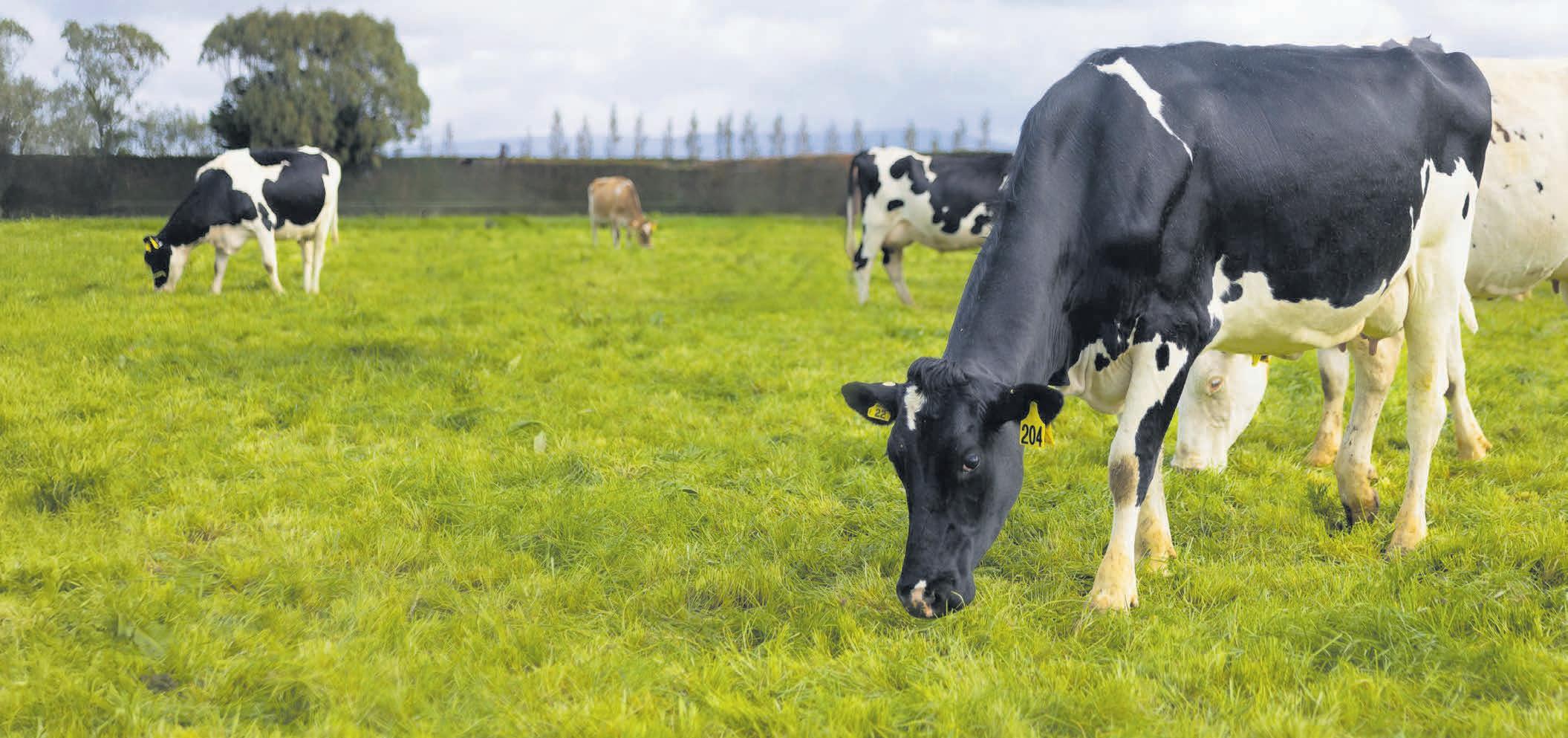

Gerhard Uys NEWS Emissions
RESEARCH: Head of science at DairyNZ Nicolas Lyons says more research is needed to fully understand methane emissions from dairy cows in pasture-based systems.
Selling Fonterra brands is the right call
Sector perspective
Peter McClure
McClure was the managing director of Fonterra Brands for nearly 20 years. His daughter Katie McClure is Fonterra’s director of global foodservice marketing and innovation
AS A former managing director of Fonterra Brands, I have been following the recent debate over the sale of the consumer brands with interest. My team and I helped build these brands into what they are today. While I will be sad to see them go, I recognise the realities involved.
I know how incredibly difficult it is to run a global dairy consumer business out of Auckland using New Zealand milk, having competed with entrenched global players for many years. Large global companies that are focused on fast-moving consumer goods (FMCG), such as Nestlé, Danone and Lactalis, already have entrenched positions
in targeted categories, in many of the markets that may otherwise be attractive.
Dairy is not easy. Raw milk is a delicate product requiring expensive and time-sensitive handling and processing from cow to consumer. The FMCG range of Fonterra’s brands business has hundreds of products with differing shelf lives, most requiring refrigerated storage.
The reality is that a stand-alone FMCG dairy business needs a flat supply curve of raw milk, not a seasonal one, which we have in New Zealand. We produce much of our milk during a few months of the year, from September to December.
A commodity business can manage this massive and sudden influx of milk. But for an FMCG business, managing it comes at a significant cost, and when competing globally the hit to the bottom line can be critical.
The capital requirements of sustaining a full range of dairy products with different processing requirements are significant. While New Zealand’s population is small, the market still demands an array of products, which means
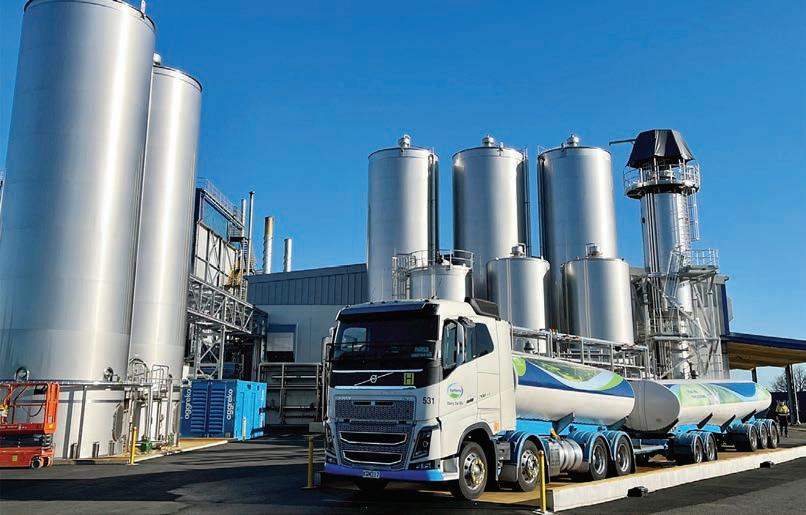
time-
to consumer, says Peter
it is difficult to deliver a return on capital commensurate with risk.
The domestic market is the comparatively easy part. Exporting is where it gets really complex with the short shelf life of cultured products and UHT liquids, flavoured milks and drinking yogurts for example.
Then there are issues such as that the cool chain cannot be broken from farm gate to Asian consumer, different packaging
requirements by country, access to market and shipping costs, all with the shelf-life clock ticking away. Keeping up with consumer trends also needs to be factored in. It’s critical for FMCG products to remain relevant and attractive to the consumer, and this means that significant resources are required to differentiate the products from those of competitors, including private label brands that the retailer sells under its own brand.
Tatua whips up record financial result

WAIKATO dairy company Tatua has had a record financial result for the 2025 financial year, reporting group income of $579 million.
This translates to earnings of 13.85/kg milk solids for its 101 shareholder supplying farms. Of this, the company retained $1.55/ kg MS for reinvestment in the business, leaving a cash payout of $12.30/kg MS – equalling its highest cash payout with the 2023 financial year.
Its $13.85/kg MS in earnings is
Tatua’s second highest, behind $15.20/kg MS, also for the 2023 financial year.
“It’s just a well-balanced result,” Tatua CEO Brendhan Greaney said.
Tatua’s bulk ingredient revenue was its second highest to date, trailing only the 2022-2023 financial year, when caseinate and WPC prices reached unprecedented heights before quickly returning to more typical levels.
Sale volumes were up, and prices were strong, especially for AMF and whey protein concentrate (WPC), he said.
“The outlook for our commodity mix which is WPC, AMF and caseate over the next 12 months,
we’re reasonably optimistic. There might be a little bit of softening, but we might not either. It’s not looking too bad.”
Revenue from its Tatua Foods, nutritionals, and flavours businesses was once again the highest ever, he said.
This continued the momentum of the last several years and reflected the focus on developing specialised and premium products, he said.
“We continue to focus on growing those three specialist or value-added parts of the business. We have had good growth, and we forecast more growth in the future.”
Tatua also completed construction of its single largest investment to date, a new plant that will double its cream based retail and foodservice product manufacturing capacity and has created 28 more employees.
This project was completed well below the $85 million budget, ahead of timeline, and with an exceptional health and safety record.
Greaney said this was largely thanks to a great team of contractors who worked extremely well with Tatua’s onsite staff and having the right team in place at the start of the project.
New products and upgrades must hit the shelves regularly. This is an expensive undertaking and often requires upgrading processing or packaging equipment. Without significant scale this is a heavy capital burden.
In-market plants could have been an option but building them is not cheap, while securing milk supply is difficult and skilled labour is always scarce. This means when considering the export range, the focus should be on longer shelf-life cheese, UHT products and infant formula.
But all of these have issues, and Fonterra can deliver these through its foodservice and ingredients channels without as much risk.
Fonterra doubling down on what it does best – supplying large customers with great products – will undoubtedly simplify its business and mean that it can focus fully on extracting value from its ingredients and foodservice businesses rather than the much harder FMCG part of the business.
For a small country down the bottom of the world to compete globally in this arena was always a tall ask.

PAYMENT: Tatua CEO Brendhan Greaney said the company paid its farmer-shareholders $12.30/kg MS after retentions after a record 2025 financial year.
Year-end gearing (debt divided by debt plus equity) increased to 31% from the prior year 23%, reflecting the funding impact of this new plant.


DELICATE: Raw milk is a delicate product requiring expensive and
sensitive handling and processing from cow
McClure.
Gerald Piddock NEWS Dairy
FEDERATED FARMERS
Victory – cop cuts canned!
Federated Farmers says Canterbury Police has made the right call in scrapping its proposed district restructure.
“This is a smart and pragmatic decision – and a huge relief for our rural communities,” Federated Farmers North Canterbury president Bex Green says.
“Farming families across Canterbury will be sleeping a little more soundly this week knowing their local police will stay on the ground, where they belong.”
Canterbury District Commander Superintendent Tony Hill announced on October 7 that the proposed district review would not be going ahead.
The decision follows weeks of strong pushback from Federated Farmers to the plan, which included reducing staff in small towns and centralising operations in 24/7 hubs at Rolleston and Rangiora.
Federated Farmers helped lead the community response, organising public meetings in Culverden and Leeston, lodging formal submissions, and encouraging hundreds of residents to have their say.
“Our message was simple: don’t cut our cops,” Green says.
“You can’t replace a trusted local police officer who lives in the community with drive-in drive-out cops who live an hour away.
“When you live rurally, it matters so much to know you have a local
cop who understands the area, knows the people and is part of the community.”
She says the original proposal struck at the heart of rural safety and wellbeing.
“Policing isn’t just about responding to crime – it’s about being visible, connected and part of the fabric of the community.
“That’s what keeps people safe and builds real trust.”
Green acknowledges District Commander Tony Hill for listening to the feedback and ultimately making the right call.
“It takes courage to propose bold changes, but it takes real leadership to listen when communities say, ‘this isn’t right for us’.
“We appreciate that the district commander has heard the message loud and clear and acted on it.”
In his announcement, Hill said the proposal was a genuine attempt to offer a better service to the district.
“The reality is that the proposal was not acceptable to many of the communities affected, and in my view their buy-in was a critical element in the proposal’s success.
“We could not proceed without that support.
“In reaching this decision, I listened carefully to the concerns and considered feedback from the community and other interested parties, as well as those of Police staff.”



























Farming families
across
Canterbury will be sleeping a little more soundly this week knowing their local police will stay on the ground, where they belong.
Bex Green
Federated Farmers North Canterbury president
Hill said some of what Police aimed to do can be achieved without the wider restructure.
“We will now work carefully through the options to decide what is possible.”
Green says that while the formal restructure has been dropped, it’s important for Canterbury Police to continue working with rural residents to find practical ways to improve services without undermining local presence.















“We all want to see effective policing and good outcomes, but that can’t come at the cost of rural coverage.
“We’d much rather see investment in the amazing police officers already working here – not pulling them further away.”
Green says she greatly appreciates the work of Canterbury Police, and she hopes valuable lessons have been learned from the experience.
“I expect this won’t be the last time they propose a rural restructure, but I do hope this process has shown them that their approach wasn’t quite right.
“Next time, I think they will come out to the communities first to actually listen, understand, and work with us on what we need from our local police.”
Federated Farmers rural policing spokesperson Karl Dean says the decision is a reminder of the strength of local voices when communities stand together.
“This outcome shows the power of rural Canterbury and farming communities nationwide.
“When something threatens the safety and wellbeing of our families, we stand up and speak out. Today, that’s made a real difference.”
Dean, who farms in Canterbury, says the outcome should also send a clear message to New Zealand Police.
“The way Federated Farmers and Canterbury’s rural families pushed back on this proposal is a warning shot across the bow for police HQ.
“We are keeping a very close eye on rural policing issues and won’t be accepting cuts to rural policing in Canterbury or anywhere else in the country.
“Just because we have fewer people than the big cities doesn’t mean we should ever have to feel less safe or accept a lower standard of care.”
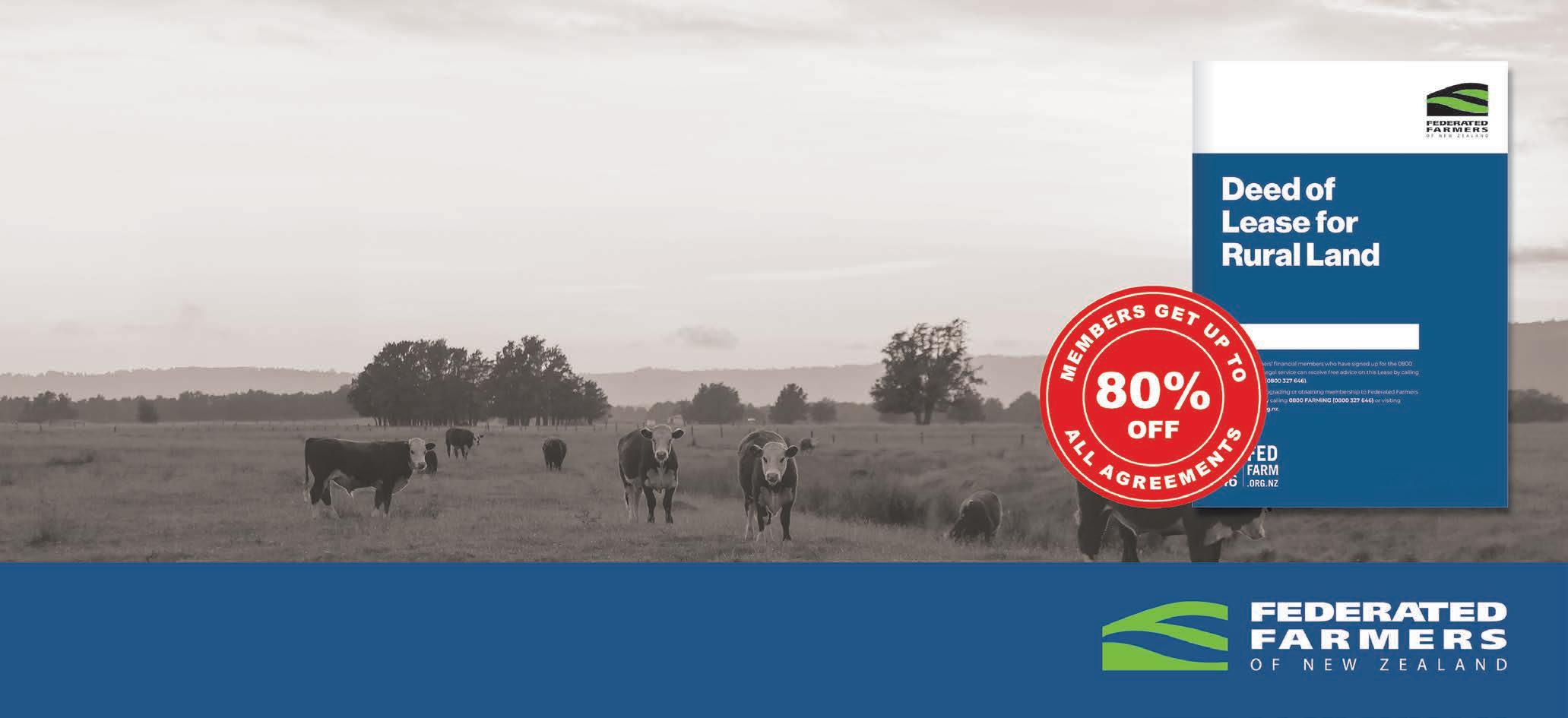




U-TURN: Strong pushback led by Federated Farmers has seen Canterbury Police cancel its controversial plan.
Canty farmers need urgent consent fix
Nearly 200 Canterbury farmers packed into a community hall last weekend to voice their growing anger and frustration at the region’s consent crisis.
Organised by Federated Farmers, the Ashburton meeting drew a standing-room-only crowd and delivered a clear message: government intervention is urgently needed.
“That’s a massive turnout for a meeting we called at short notice. It goes to show how hot this issue is for farmers,” Federated Farmers Mid Canterbury president David Acland says.
“Environment Canterbury (ECan) are putting local farming families under huge pressure with unnecessary cost, uncertainty and red tape just to renew their existing resource consents.
“Farmers will be spending tens if not hundreds of thousands of dollars on a piece of paper that may not be needed once the RMA is rewritten in a few months’ time.
“We need a solution now – not months away – to save those families the unnecessary stress, cost and heartache.”
ECan administers around 20,000 resource consents, with thousands due to expire in the next 18 months.
A similar situation will happen in
other parts of the country, albeit at a smaller scale.
Farmers say those trying to renew consents are being hit with excessive demands and crippling costs.
At Saturday’s meeting in the Lagmhor Westerfield Hall, the sense of anger was palpable.
“Frustration and a fair level of emotion was evident in the crowd.
There are some significant farming businesses facing real strain over what’s happening,” Acland says.
Many farmers are being asked to provide extensive technical data, ecological assessments, and full Overseer remodelling, even when their farm systems haven’t materially changed.
Some have been given barely two weeks to compile the information or risk their consent being publicly notified, meaning a full hearing process and even greater expense.
“With the initial consent fee, the expense of engaging a consultant for early advice and just making a start on the paperwork, you’re probably looking at $10,000 minimum,” Acland says.
“That’s just to get the ball rolling. Then for more complex consents, like those involving irrigation, costs can easily run into six figures.”
He says the timing is deeply frustrating, given the Government is in the middle of overhauling the

“The whole basis on which consent conditions are being judged is about to go through wholesale change, but councils are pressing on with this unreasonably bureaucratic approach.”
The inconsistencies are adding to farmers’ anger.
“One farmer with two properties –one in a nutrient allocation red zone and another in a green zone – had a smooth process getting consent in the former but the consent for the green zone property was causing all sorts of headaches,” Acland says.
“There seems to be an element


FULL HOUSE: Environment Minister Penny Simmonds and rural MPs heard loud and clear from farmers at a public meeting to discuss consenting issues on 4 October.
Farmers will be spending tens if not hundreds of thousands of dollars on a piece of paper that may not be needed once the RMA is rewritten in a few months’ time.
David Acland Federated Farmers Mid Canterbury president
of luck of the draw in terms of which planning officer your consent application lands on the desk of. Rules aren’t being applied consistently.”
In another case, he says, a farmer submitted a completed consent application only to receive a 13-page request for further information.
“That’s absolute madness,” Acland says.
Among those attending the meeting were Environment Minister Penny Simmonds and rural MPs Miles Anderson, Mike Butterick and Grant McCallum.
“There’s absolutely no doubt the Minister and other MPs understand the issue, but now we need to see some action – and fast,” Acland says.
He says while it was positive to
hear about transitional work already underway as part of the RMA replacement process, farmers are still stuck in limbo until it comes into force.
“What we hammered home to them on Saturday was that, yes, we know you’ve got stuff on the way, but we’ve got this dead ground between now and the new legislation.
“Consents are expiring now. It’s causing huge stress and uncertainty, and people are holding off investing in the future as a result.”
Federated Farmers is calling for a clear, legally binding solution that would allow farmers – not just in Canterbury, but nationwide – to continue operating under their existing consents until the new RMA framework is in place.
Acland points to the Government’s decision last year to step in and block Otago Regional Council’s flawed Land and Water Regional Plan as proof that direct intervention is possible.
“We know they have the power to take such sensible action when it’s needed.
“It’s not enough just to write a letter to councils asking them to back off a bit and show some restraint.
“We need something definitive –and we need it now.”


Resource Management Act (RMA).
TALE OF WOE: National MPs
MIles Anderson and Mike Butterick (centre, in blue) listen to Canterbury farmers tell their stories of the consenting process.
Greenpeace breaking laws, keeping perks
Federated Farmers is renewing its call for Greenpeace to be stripped of its charitable status after members of the activist group were convicted for illegal activity.
Federated Farmers board member Karl Dean says the convictions confirm what farmers have long said – Greenpeace is no longer a charity but an extremist group engaging in organised criminal behaviour.
“Greenpeace activists have just been found guilty of trespass for illegally locking down the Wellington headquarters of Straterra in 2024,” Dean says.
“With yet another conviction added to what is now a long list of criminal activity, there’s no room for excuses or spin.
“This is a group that deliberately breaks the law and then boasts about it. That is not charitable behaviour by any definition.”
In September last year, two Greenpeace activists scaled the Straterra building while three others locked themselves inside the offices. All five were arrested.
Four – including the group’s New Zealand programme director – have
now been convicted of trespass.
Straterra, since renamed the New Zealand Minerals Council, is an advocacy group for the minerals and mining sector.
Dean says Greenpeace leaders’ public celebration of the convictions shows a complete lack of remorse.
“They trespassed, intimidated, and disrupted legitimate businesses.
“When held accountable by the courts, they boasted about being proud to wear a conviction.
“This wasn’t a victimless stunt – real people were targeted, real businesses disrupted, and livelihoods put at risk.
“They brag about it like they’re a bunch of noble heroes, but they’re just common criminals.”
This behaviour is incompatible with the expectations placed on New Zealand charities, Dean says.
“Charitable status should be reserved for groups operating for the public good, not for extremist organisations that repeatedly break the law.
“If we reward this with tax breaks and public credibility, what kind of message does that send?”
Federated Farmers says the



convictions highlight the urgent need for the Government to review the Charities Act.
“We lodged a formal complaint with Charities Services earlier this year requesting an investigation into Greenpeace,” Dean says.
“These convictions will only strengthen that complaint.
“The current framework allows groups like Greenpeace to hide behind charitable status while engaging in illegal activity.
“That’s wrong, and the law should ensure repeat offenders cannot enjoy the privileges of being a registered charity.”
Greenpeace’s conviction has caught the attention of at least one Member of Parliament.
National’s Maureen Pugh has formally written to Louise Upston, Minister for the Community and Voluntary Sector, asking for action.
“My question to you is does this unlawful activity meet the threshold for charitable status?” Pugh says in her letter.
“I strongly urge a review of Greenpeace to determine whether an organisation that proclaims to not only support criminal behaviour but will continue to break the law to meet its objectives is worthy of charitable status.”
Dean says Federated Farmers has no problem with law-abiding protest, but crossing the line with illegal activity must have consequences.
“When a charity is convicted of crimes and then publicly boasts about it, that’s not free speech –that’s organised crime dressed up as activism.
“The fact that senior Greenpeace executives were involved makes it even more serious. This isn’t a few rogue members – it’s leadershiplevel criminal behaviour.”
Farmers are frustrated by the double standards, he says.
“Federated Farmers is proudly an

With yet another conviction added to what is now a long list of criminal activity, there’s no room for excuses or spin.
Karl Dean Federated Farmers board member
advocacy organisation for farmers and rural communities, but we don’t claim tax-free charity status.
“We have no issues with Greenpeace engaging in their own advocacy, but this shouldn’t be considered charity work. It’s purely political.
“With their appalling track record of trespass, intimidation and vandalism, there’s no way they should be enjoying tax-free charitable status. Enough is enough.”


Rural communities shouldn’t have to put up with illegal tactics from activist groups, Dean says.
“Farmers are doing their best to feed the country, support regional economies, and contribute something productive to society.
“Greenpeace, on the other hand, is dragging down communities, breaking the law, and showing zero remorse for their illegal actions.”
Dean says there are countless genuine charities across New Zealand doing outstanding work –but Greenpeace is not one of them.
“The latest convictions prove beyond doubt that Greenpeace is not operating for the public good. They’re a criminal activist group – it’s as simple as that.
“Charities Services must strip Greenpeace of its charitable status now, and the Government must review the law so it doesn’t reward repeat offenders.”



BLATANTLY UNCHARITABLE: Federated Farmers says Greenpeace has once again trespassed, intimidated and disrupted legitimate businesses, showing they don’t deserve charitable status.
Photo: Cateyeperspective/Dreamstime.com
ACTION: Louise Upston, Minister for the Community and Voluntary Sector, has been asked to take action against Greenpeace.
Not prepared to take no for an answer
King Country sheep and beef farmer Chris Irons is a firm believer that if you want to see meaningful change, you can’t just sit quietly behind your farm gate.
“If we want our sector – and our farms and rural communities – to keep progressing, then we’ve got to get involved and make it happen,” the Federated Farmers Waitomo branch chair says.
Irons has walked that talk through a multitude of roles with Federated Farmers, Young Farmers, and OSPRI, as well as training new industry entrants through Growing Future Farmers.
He’s a man who doesn’t like being told something can’t be done.
In his mid-twenties, with six years of shepherding under his belt, he was offered the manager job on an 870-hectare King Country farm.
“A few people told me I was too young – I was going to come a cropper. Well, that was a red rag to a bull. I vowed ‘I’m going to make this work’, and I did. I was there seven years.”
Irons grew up in Te Kuiti where his parents ran a transport business, but he knew from an early age he wanted a life on the land.
“In my later years at school, I used to milk cows before and after classes and during the holidays.
“If I wasn’t working around the trucks, I’d jump on a push bike and ride out to the farms around us where I’d work picking up hay or spraying weeds.”
As a teenager, Irons was set on completing a Diploma in Agriculture at Massey University, but a prerequisite was a year’s practical farm experience.
He couldn’t find anyone local to take him on because of his limited experience with sheep and working dogs.
With typical perseverance, he found work on farms down in Southland and earned his Massey course entry.
After a taste of driving tractors and working cattle in Australia – “where

A few people told me I was too young – I was going to come a cropper. Well, that was a red rag to a bull.
Chris
Irons Federated Farmers Waitomo branch chair
one paddock was 900 acres, as big a whole farm here” – he landed shepherding roles and then the farm manager job.
His parents had bought a farm on the Waikato’s west coast and in partnership with them Irons bought 191ha on the other side of Te Waitere Road.
He met his partner, Debbie Hastie, through Young Farmers.
“She’s from a South Taranaki dairy farming background but I helped her
see the light and she came across to sheep and beef.”
Fast-forward 20 years and the couple have two teenaged children and farm Te Waitere View, comprising 440ha of their land and land purchased from his parents, and another 330ha leased.
A clue as to the steepness of some of it: on a good day they can see four mountains – Taranaki, Ruapehu, Ngauruhoe and Tongariro – as well as both Kawhia and Aotea harbours.
They run 2200 Perendale ewes and a split herd of Angus and South Devon cows.
The couple have planted less productive corners of the property and were Waikato finalists in the 2020 Ballance Farm Environment Awards.
“We’re only caretakers of the land, looking after it for the next generation.
“Quite often doing the right thing
for the environment also makes the farming operation smoother – so why not.”
Irons came up through the ranks of North King Country Young Farmers and became the Waikato-BOP branch chair.
To put promising club members through leadership training, they approached Waikato Feds for funding. That led to an invitation to Irons to come to committee meetings. That was 17 years ago.
“I like what Federated Farmers achieves, so I’ve never walked away from it,” he says.
Irons has been Waikato meat and wool chair and served three years on the national meat and wool council.
He also became involved with OSPRI and chairs the Mid-North Island OSPRI Committee.
“I’m lucky we’ve never had TB on our farm, but I’ve known plenty of other farmers who’ve had to deal

with it, and it’s not easy.”
OSPRI has just published its draft 10-year TB strategy and Irons encourages farmers to have their say.
“We’ve got our foot on the throat of this disease.
“We’ve basically got rid of M. bovis from New Zealand; TB is the next one we can stamp out.”
Irons is also passionate about a much-needed revamp of our meatgrading system.
“A lot of other meat-producing countries around the world have got grading systems measuring quality –and farmers are paid accordingly.
“We’re behind the times.
“This is the right time to progress this, when returns are strong. If we wait until prices crash again, the long-term risk is that we’ll get chased out of the market.
“People want quality, and farmers who deliver it should get better returns.”

IRON WILL: Chris Irons is willing to put in the work to help his sector succeed, with a current focus being stamping out the last of TB herd infections.
Photo: Chris Gardner, Good Local Media


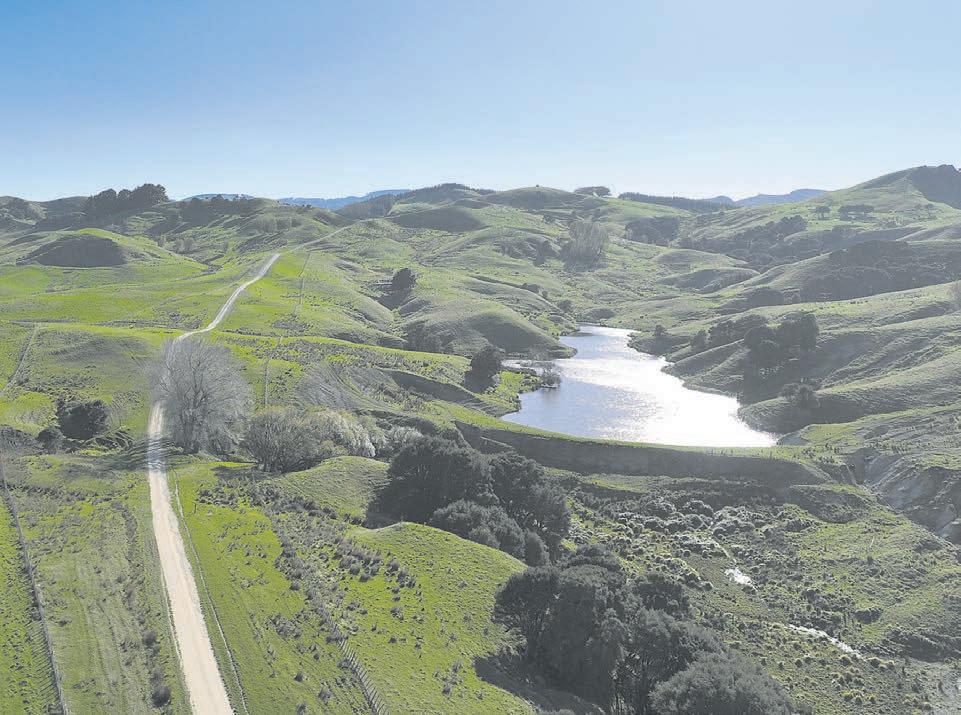
Ora Station and Glenora Hunting Adventures
For the first time in more than 100 years, the multi income generating Ora Station is listed for sale Located near Akitio beach, this 2,491ha property offers a fantastic balance of easy to medium breeding hill country, and boasts 395ha of flat and easy finishing country which is Class 3 land and includes 330ha of ring deer fenced bush which forms the home for Glenora Hunting Adventures Other sources of income include 114ha of Manuka for honey and carbon, 30ha of mature Pinus radiata woodlots, and a 300ha carbon lease Improvements include the architecturally designed five bedroom homestead, three Lockwood dwellings, an eight stand woolshed, central cattle yards and an all weather on farm airstrip perfect for the incoming hunters A great opportunity for investors wanting a multi income generating business with a playground all in one package bayleys co nz/2854072
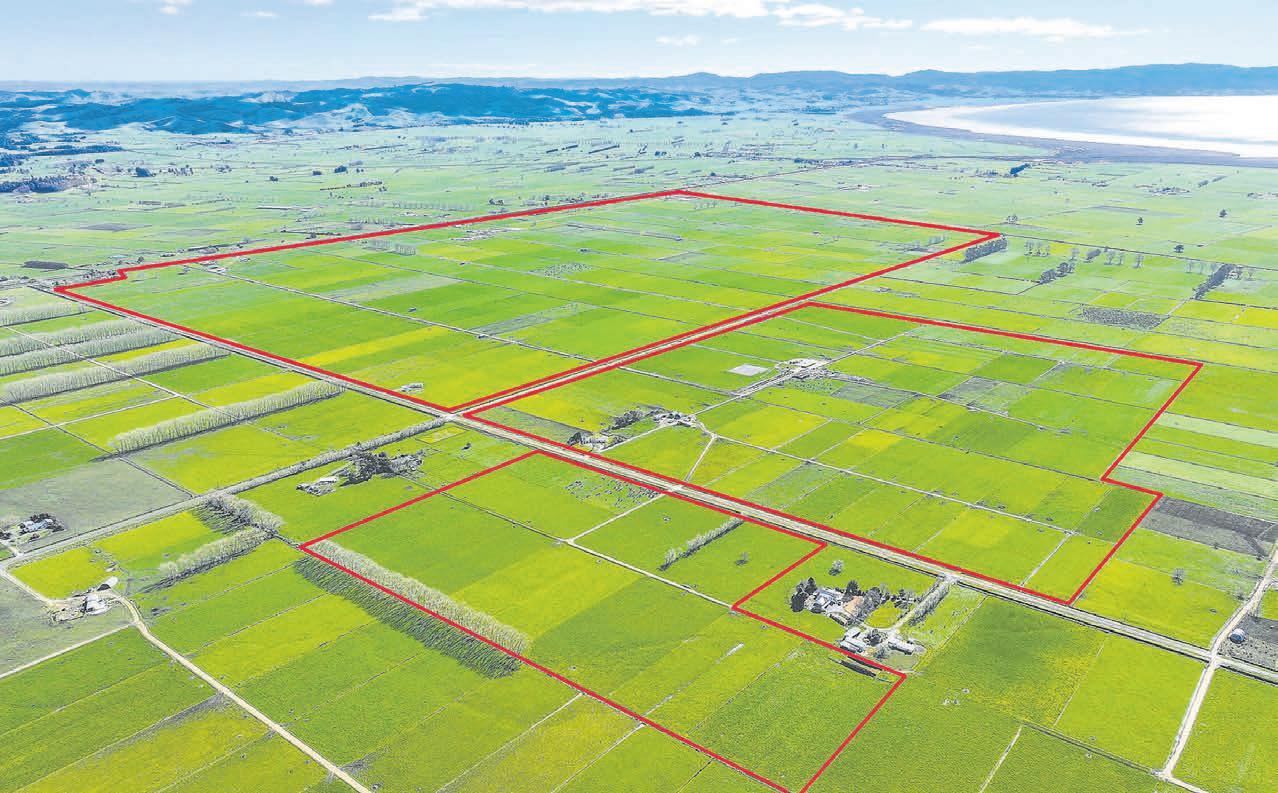
Boundary lines are indicative only
Waitakaruru 165 and 253 Canal Road East and 400 Hopai West Road
Options abound, dairy farms and support block
Tenders are invited for three adjoining dairy farms near Waitakaruru, combining Canterbury-style efficiency with Hauraki Plains land values Covering (more or less) 362 3ha, they operate as one unit with three sheds under a single contract milker In 2024–25 production exceeded 552,000kg milksolids from autumn and spring calving plus winter milking The prior year topped 476,000kg, showing proven consistency Buyers may tender for one, two, or all three farms, with scope for scale, shared resources, or collective management Infrastructure includes feed pads, compliant effluent systems, six homes, quality soils, and reticulated water to 220 paddocks Strong feed supply supports stock rearing, with large silage reserves remaining at settlement Located 15km from Ngatea, and about an hour from Auckland Airport, these farms provide rare scale in a proven dairying area bayleys co nz/2630127
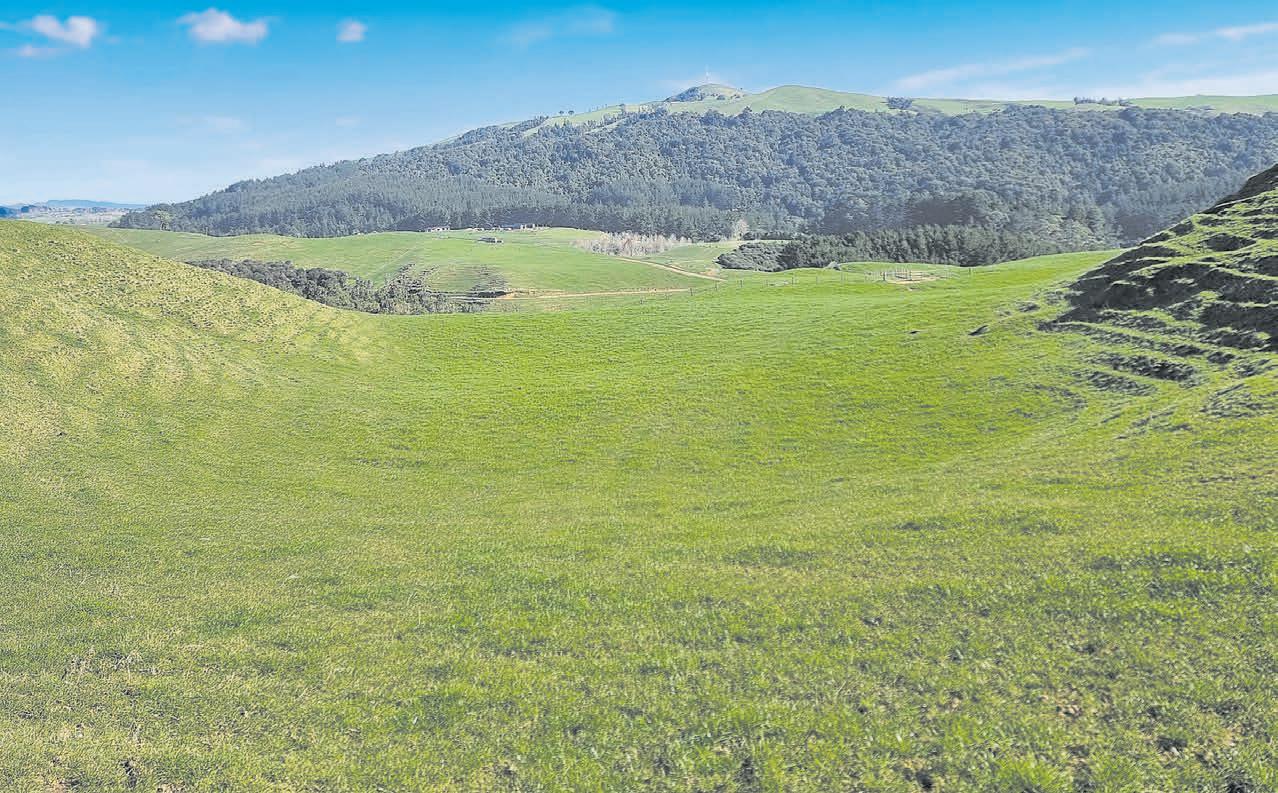
Central Waikato grazing and finishing block
Situated just 20 minutes drive from Cambridge and 15 minutes from Morrinsville, this superbly located dairy grazing and finishing property features excellent stock handling facilities for both cattle and sheep, complemented by a range of quality farm shedding Contour ranges from easy to rolling hill with most steeper sidlings retired and planted in a variety of natives A spring provides gravity fed stock water to troughs in all 32 paddocks, which are accessed via good farm tracks and stock lanes The renovated four bedroom character villa has a large deck offering spectacular views to the north, and a detached sleepout provides additional flexibility A grazing option on a further 120 hectares adds significant scale to the opportunity on offer
Seldom do farms of this size and location come to market, your inspection is highly recommended bayleys co nz/2316983


362 3 ha
Tender (unless sold prior)
Closing 3pm, Wed 5 Nov 2025
96 Ulster Street, Hamilton
Phone for viewing times
Karl Davis 0508 83 83 83 karl davis@bayleys co nz
Sam Aislabie 027 429 5410
sam aislabie@bayleys co nz SUCCESS

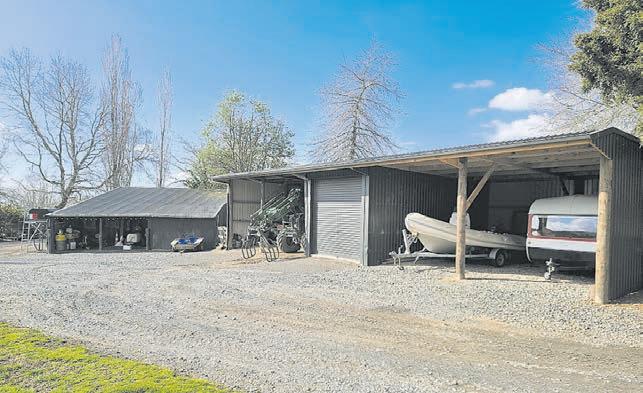
Tender (unless sold prior)
Closing 3pm Wed 5 Nov 2025
Unit 1,
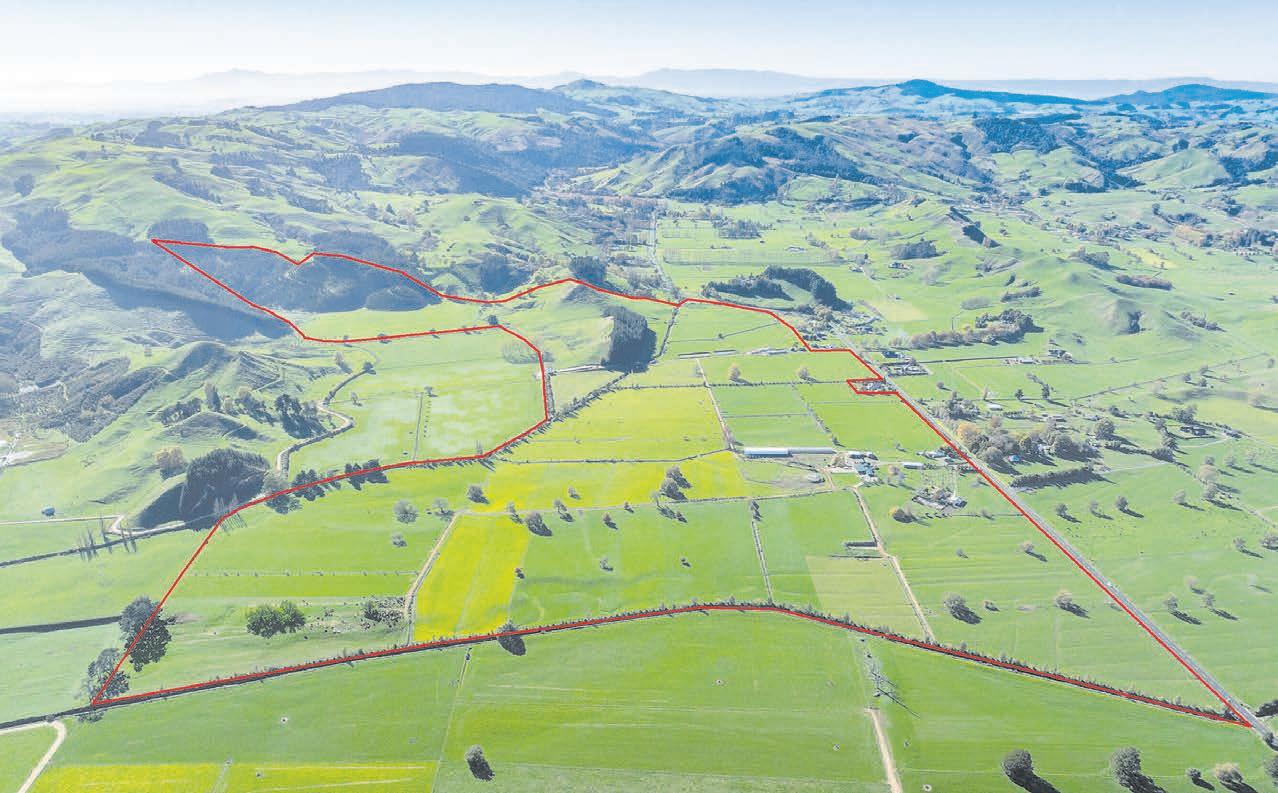
Premium organic with space to grow
This exceptional farm offers certified organic dairy production and lifestyle appeal with predominantly flat contour Currently milking 80ha certified organic with a further 10ha entering certification next season and 13ha of ETS pine trees The 20 ASHB cowshed features fully automated drafting walk-over teat sprayer and Allflex Cell Sense The 300sqm yard has rubber matting plus substantial herd home and covered feed pad Excellent effluent system irrigates 23ha Extensive implement sheds, calf facilities, and reliable water supply The renovated five-bedroom home features office, two bathrooms plus two living areas and three-bay garage A three-bedroom cottage provides rental income, plus one-bedroom cabin The combination of organic premiums, prime location, and infrastructure makes this an offering worthy of inspection bayleys co nz/2316789

Multi-generational family farm
It’s time to bid farewell to this 72 08ha (more or less) farm, proudly held in the same family since the 1930s An ideal first farm or larger run-off, it is currently milking 180 M/A XB cows through a 14 A/S HB shed, consistently producing up to 80,000 M/S Farm infrastructure is comprehensive, with a large implement shed, calf shed, lockable workshop, haybarn, reliable laneway system, and predominantly 2-wire electric fencing A quality bore supplies ample water across the property The land offers a mix of contour, from flat to rolling with some steeper sidelings Accommodation is well catered for, with three dwellings: a spacious five-bedroom 1970s homestead with sleepout, a well-maintained three-bedroom home, and a basic two-bedroom cottage Combining productive land, strong facilities, and versatile housing, this property delivers both farming and lifestyle appeal bayleys co nz/2311477


(unless
Ulster Street, Hamilton View 12-1pm Wed 15 Oct & Wed 22 Oct or by appointment
Neville Jacques 021 774 190 neville jacques@bayleys co nz
Dave Kilbride 027 436 7082 dave kilbride@bayleys co nz


027
4278
kelly@bayleys co nz Angus Kelly 021 165 5031 angus kelly@bayleys co nz

Quality south Waikato dairy
Located just 12 mins drive east of Tokoroa this well-developed dairy farm has been in production for 16 years and achieved record production last season of 306 229 kgMS from 630 spring calved cows A feature of the property is the predominantly loam soils with very good fertility levels and the undulating to easy rolling contour Wide stock races are maintained by on-farm rhyolite quarries servicing all 65 paddocks and ample water is supplied by two new bores Excellent farm infrastructure includes a 50-bail rotary dairy, combined calf rearing and implement shedding, and three well-maintained brick and tile homes that provide good quality accommodation This farm should appeal to owner operators and investors alike, and represents a great opportunity to secure a quality dairy farm with consistent production levels bayleys co nz/2311499

Riverbank Station, prime land and prime location
Rarely does a property of this scale, quality and contour come to the market Located approximately 27 kilometres west of Hawke’s Bay Airport, Riverbank Station totals 833 hectares (in five titles) and boasts large portions of easy contour Providing over 40 kilometres of new conventional fencing, new cattle and sheep yards and investment in pasture renewal, this farm is set to go to another level There is consent to irrigate up to 45 hectares of flats Well subdivided with excellent laneways and 6 0 kilometres of road frontage provides for excellent vehicle and stock movement Improvements include three dwellings, refurbished shearers quarters, a four stand woolshed, new sheepyards, refurbished central cattle yards and new steel cattle yards This is truly a trophy farm that has seen significant capital investment which the new owner will reap the rewards from bayleys co nz/2854153
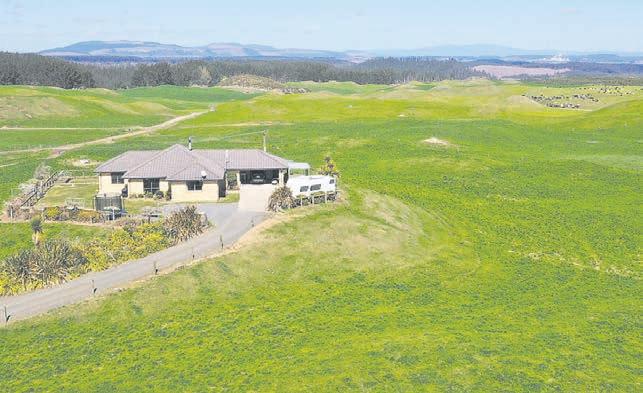
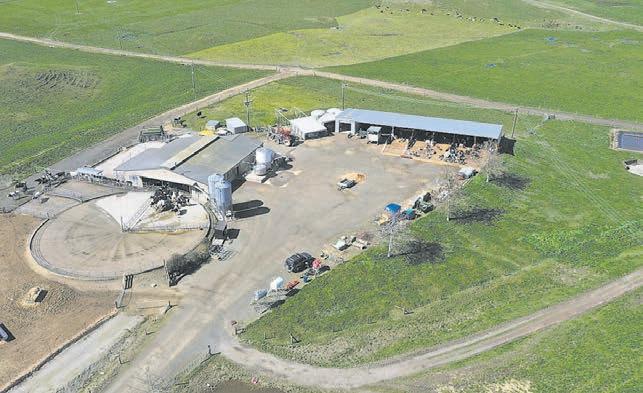
Thu 20 Nov 2025
1 Block C, 36 Lake St, Cambridge
12-1pm Thu 23 Oct, Thu 30 Oct & Thu 6 Nov Dave Peacocke 027 473 2382 dave peacocke@bayleys co nz


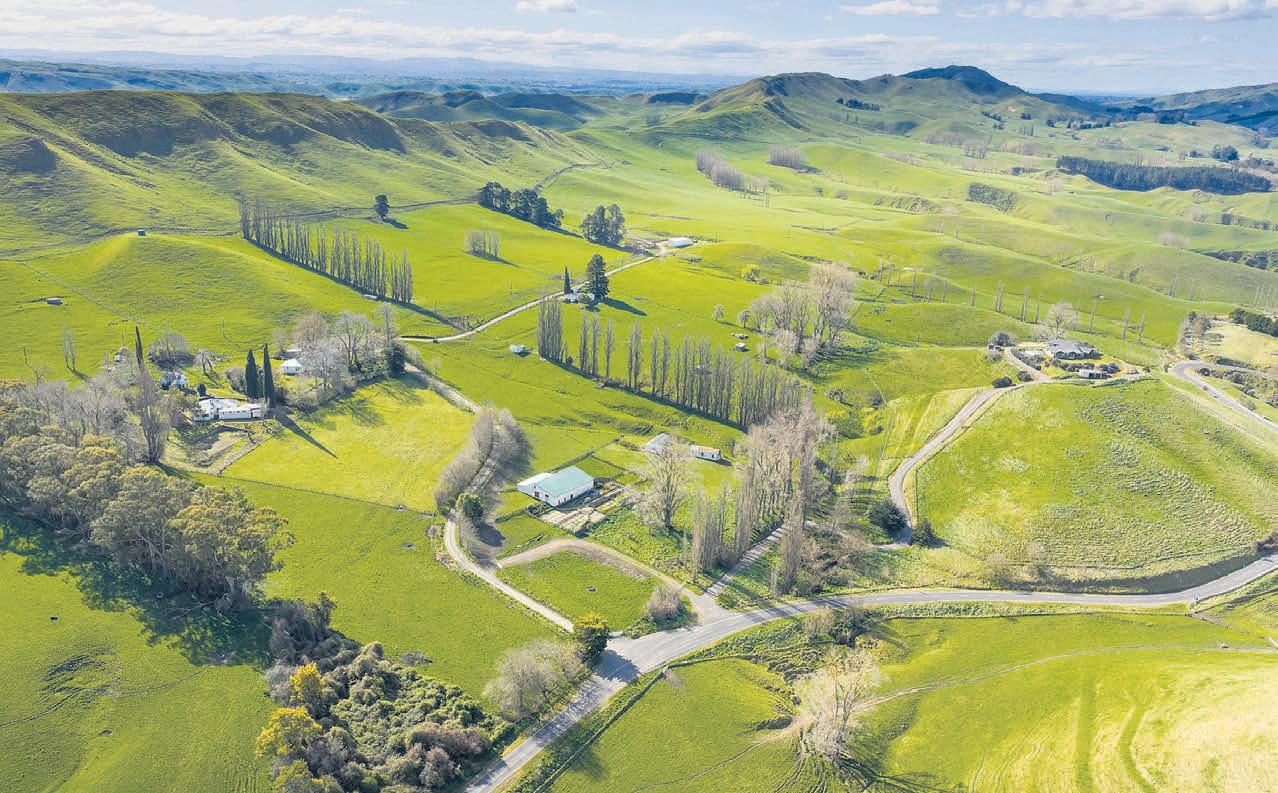
Hawke's Bay 2246 Middle Road, Poukawa
Pukekura has location and subdivision potential
Pukekura Station is a 595ha quality limestone landholding in four titles located only 22km south of Havelock North With a fantastic mix of flat and easy finishing country coupled with strong hill country this early breeding and finishing farm has a history of producing good livestock Given the road frontage and close proximity to Havelock North there is excellent subdivision potential An elevated executive schist homestead provides exceptional views up and down the Tukituki River There are a further four dwellings on the property with two of these currently tenanted Improvements include a four-stand woolshed with sheep yards, cattle yards and fivebay implement shed Water is provided by a near-new bore water system and a secondary spring This strong station has fantastic potential to increase production, as well as exceptional subdivisional opportunity bayleys co nz/2854155
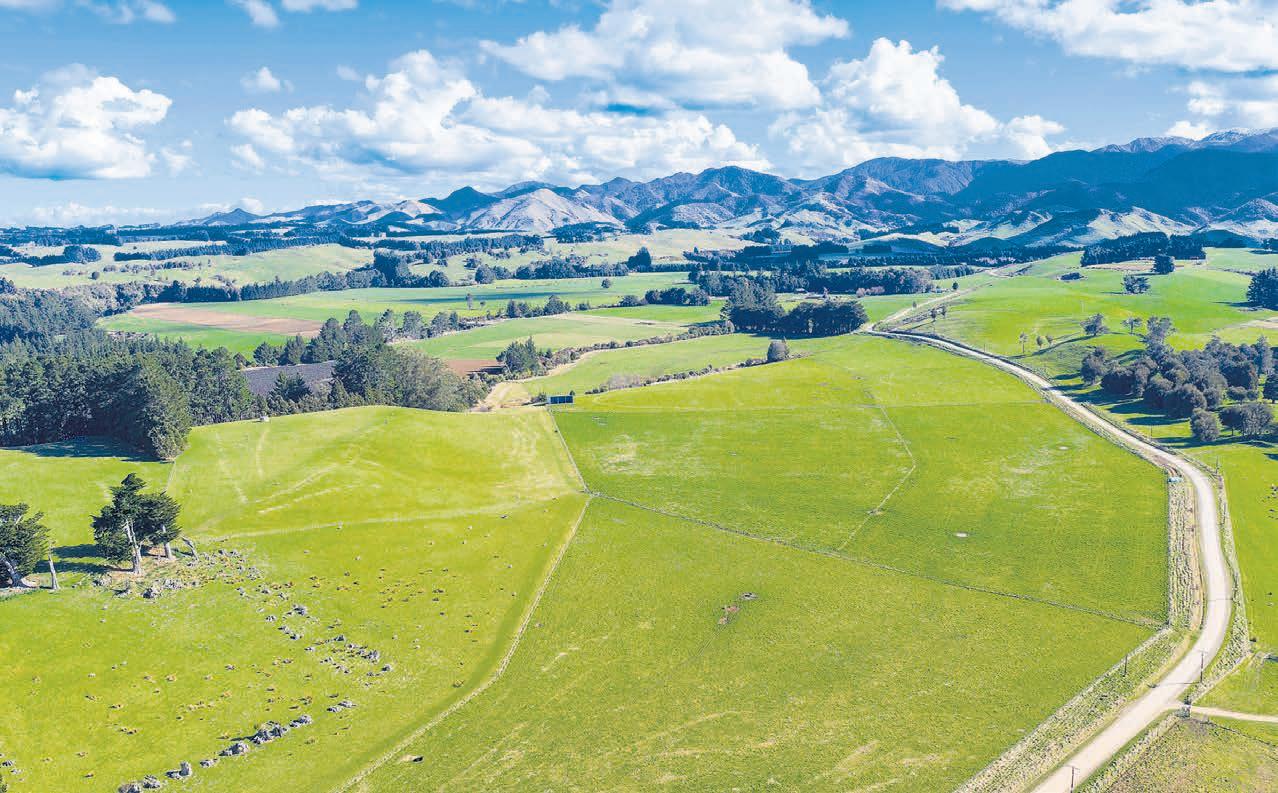
Clinton 93 Boyle Road
Tawa Park
Tawa Park has been tightly held in the Boyle family since the late 1800s and offers a discerning buyer a highly productive land holding The property is held in four titles with a land area of 269 8971ha, with 117ha being LUC 2
Situated 31.7km West of Waipukurau and only 9 6km to the local Sherwood primary school The contour would be best described as flat to easy with an area of sidlings leading down to the Mangatewai river reserve The property has been enhanced by regular fertiliser applications, drainage and pasture renewal, along with wetlands and aesthetic plantings 26ha of the farm is currently under a lease agreement with the neighbour being utilised as a dairy platform Two houses and numerous shedding bayleys co nz/2871148


595 76 ha
Tender Closing 4pm, Tue 18 Nov 2025
15 Havelock Road, Havelock North
View by appointment
Tony Rasmussen 027 429 2253
tony rasmussen@bayleys co nz
Chris Heenan 027 599 3527
chris heenan@bayleys co nz
EASTERN

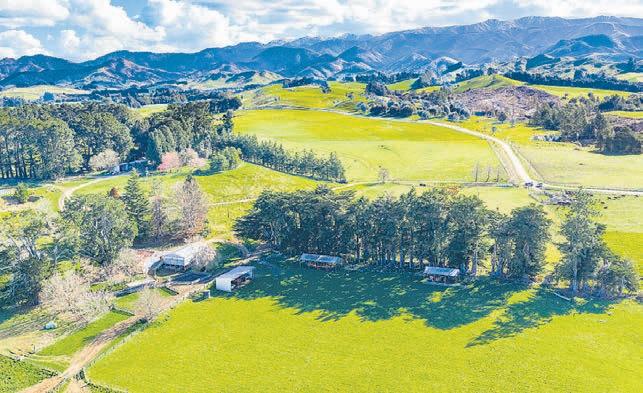
269.8971 ha
Tender (will not be sold prior)
Closing 12pm, Thu 6 Nov 2025
26 Takapau Road, Waipukurau
View by appointment
Andy Hunter 027 449 5827 andy hunter@bayleys co nz
EASTERN REALTY LTD BAYLEYS LICENSED UNDER THE REA ACT 2008
Ashley

Premium dairy farm in northern Tararua
A unique opportunity to purchase an elite 416 hectare dairy farm featuring centre pivot and K line irrigation and is a must view Set in a peaceful location the main homestead is a large Lockwood home and is supported by two further dwellings
In addition to the 266 hectare milking platform is a 62 hectare woodlot and an 88 hectare hill block Improvements include the centrally located 50 bail rotary cowshed, in shed feed system and a large yard equipped with a flood washdown system aswell as a 400 cow capacity feed pad and a large modern calf rearing facility A further asset to support the farm is having an on-farm pit metal quarry With multiple options to purchase and proven performance, this impressive Dairy unit is likely to attract buyers from far and wide bayleys co nz/2871195
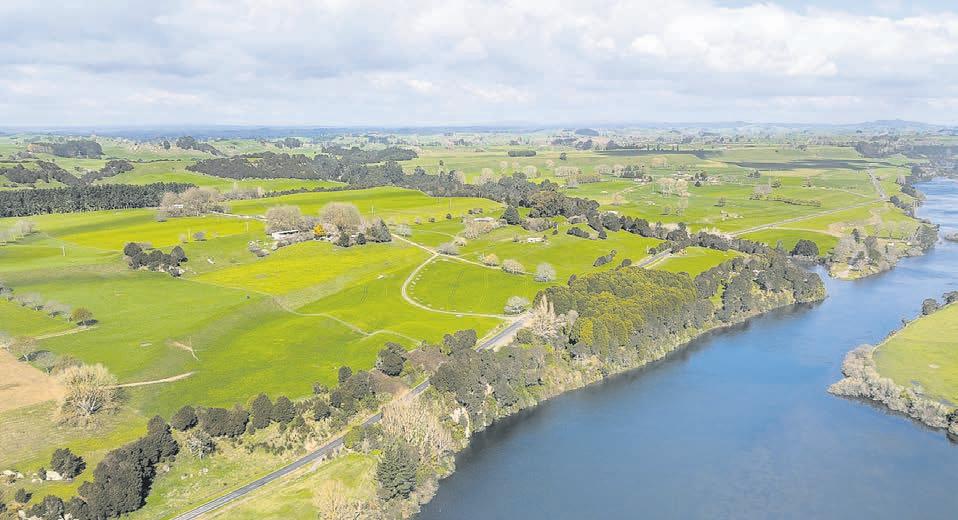



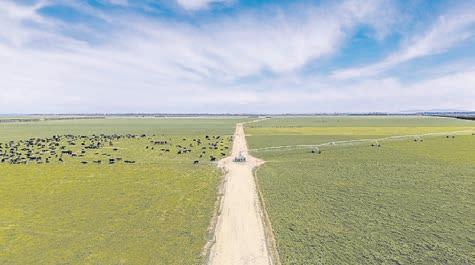










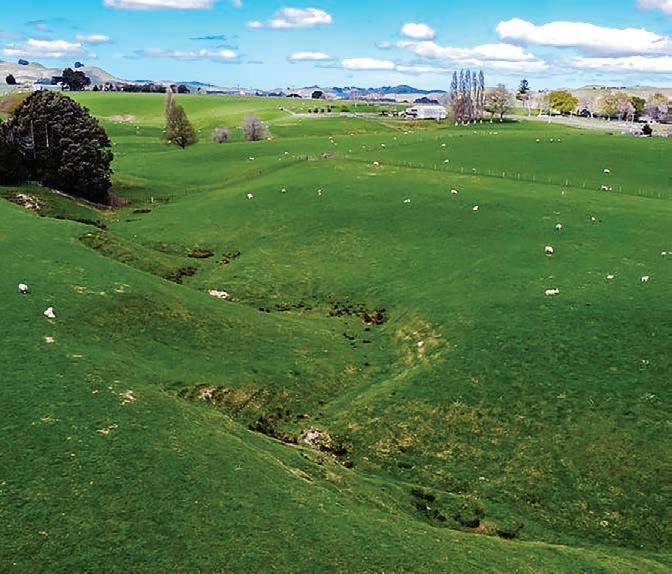
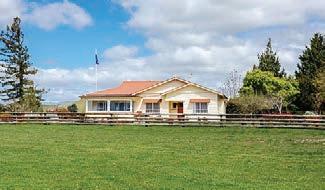
Consented for irrigation which covers approx. 205 hectares. 46 aside Herringbone shed with shed feeder.
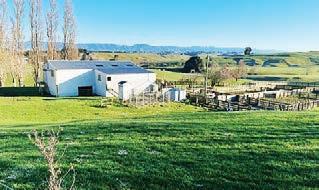

Trophy Finishing & Fattening Farm
Glendore is a much admired property.
During the Vendors family 106 tenure the property has been extensively drained, contoured and cultivated resulting in a highly productive sheep and cattle finishing block. Excellent traditional infrastructure, very good fertility, reticulated water scheme. Beautifully sited Homestead overlooks Glendore, one of the district’s finest vistas.
• Currently milking 350
• Irrigation consent in place.
• Pivot irrigator and K Line.
• 26 aside Herringbone shed.
• Four bedroom
Approximately 2/3 cultivatable and mowable, Glendore has the flexibility to offer many land use options of lamb fattening, cattle finishing and dairy support. A rarity in the marketplace Glendore is so well situated only 6kms from Dannevirke.


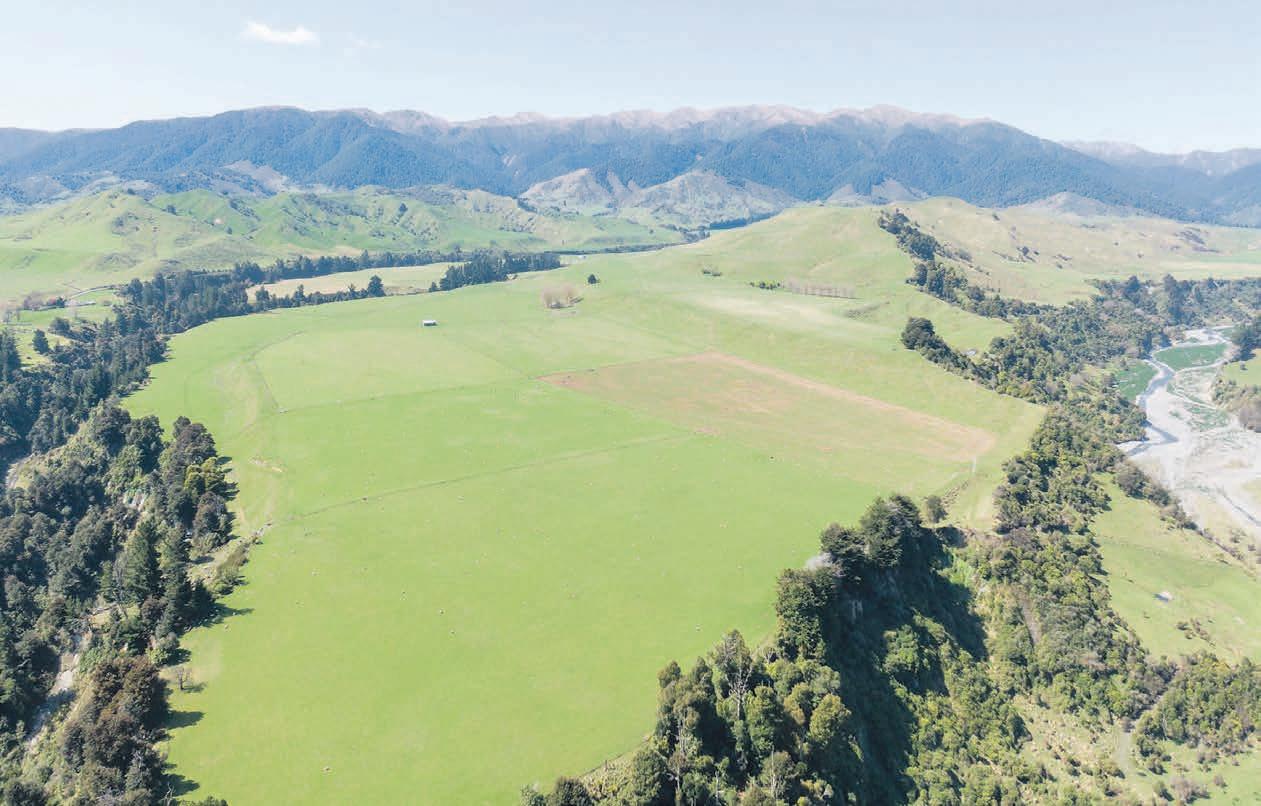
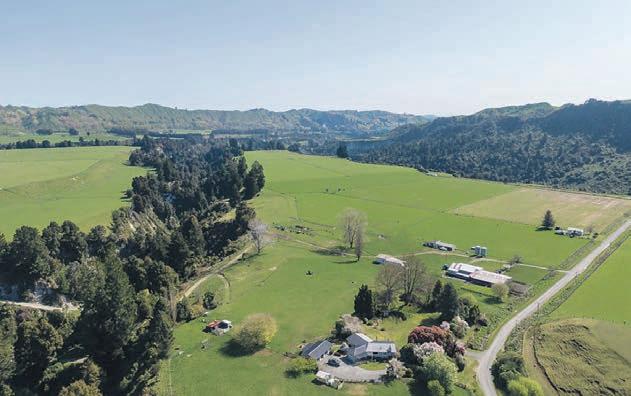

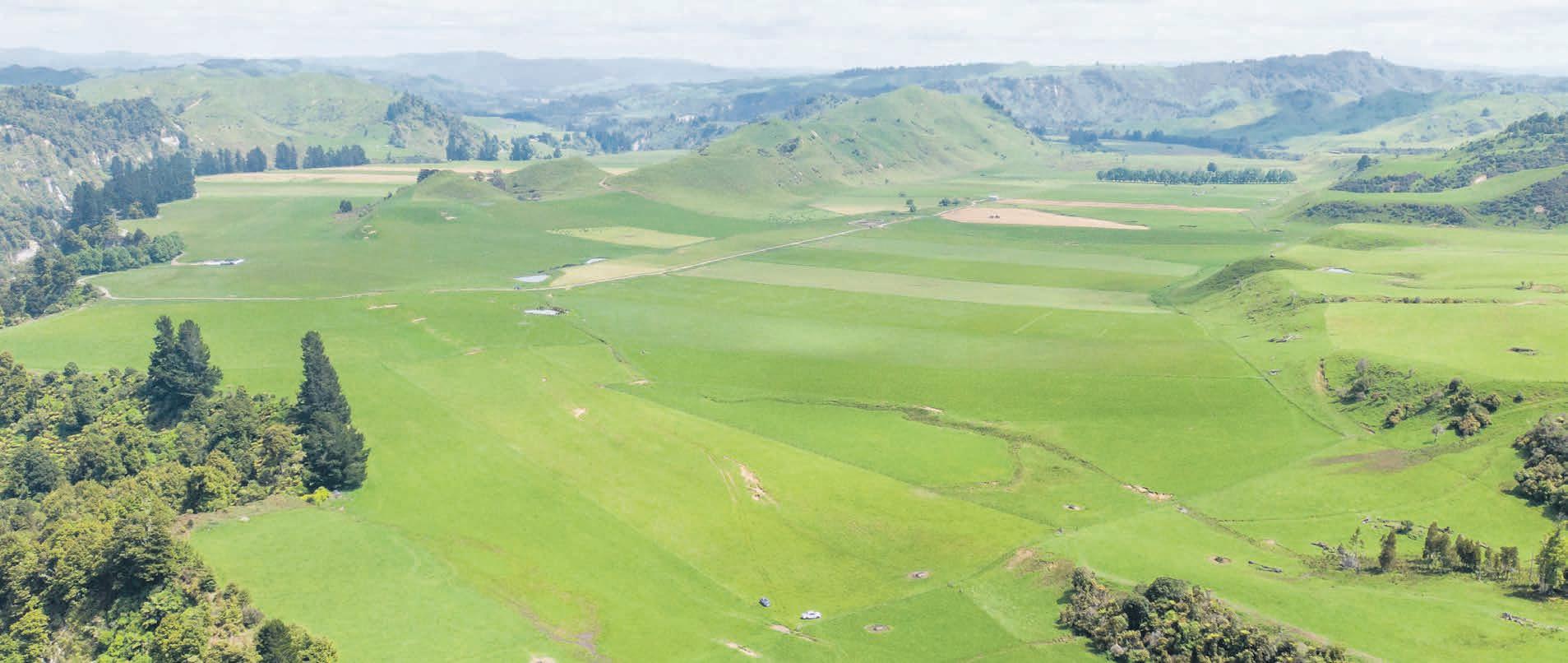

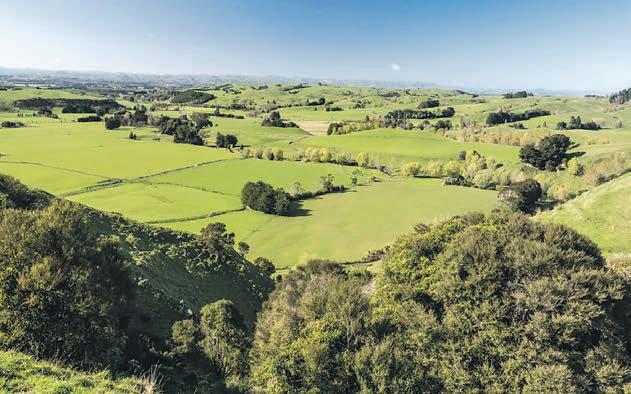



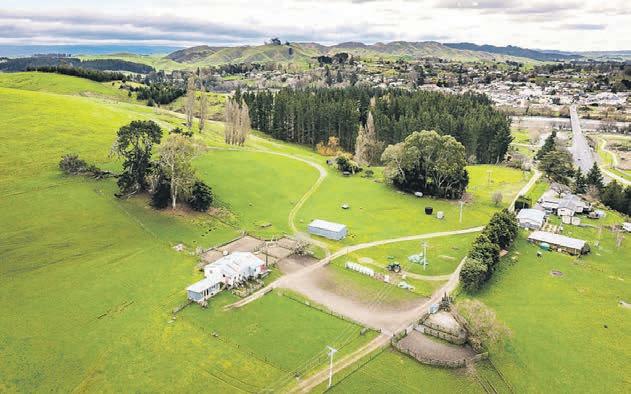


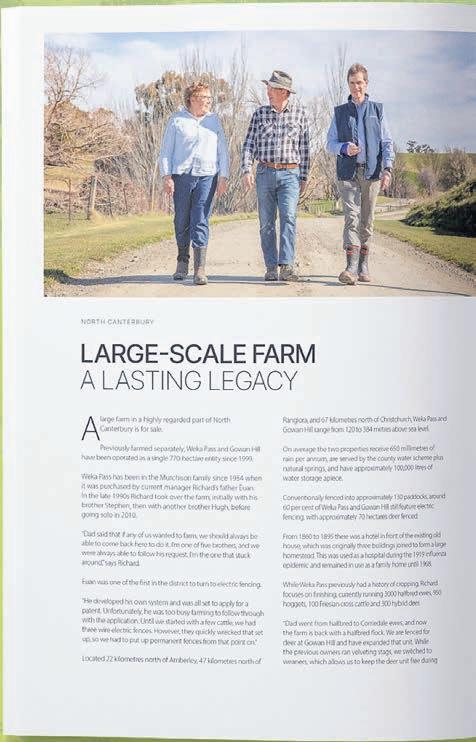

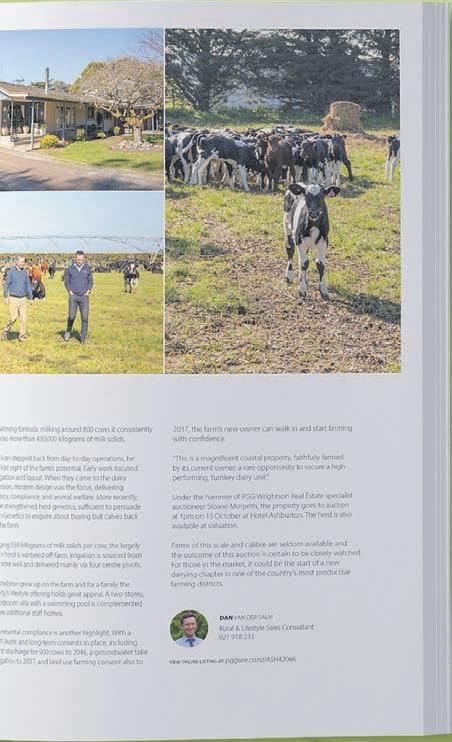


PUKEATUA, WAIKATO 578 Waimanu Road
'Bendale' - Profit and Production
A well-structured, highly productive dairy unit wintering just over 400 cows with a three-year production average of 265,000kg MS, 662kg MS per cow. The farming system is efficient, consistent, and supported by quality infrastructure.
• 110 effective hectares, mainly easy rolling contour
• Steeper sidings retired and planted in natives
• 26 well-fenced paddocks
All pastures regrassed with high-performing tetraploids
Soil tests showing excellent fertility levels
Strong, reliable bore water supply across the farm
• 40-bail ASHB dairy shed with adjoining feed pad
• Ample feed bunkers and silage pits
• Wintering 400+ cows
Outstanding four bedroom homestead with full views over the property and tidy two-bedroom cottage
pggwre.co.nz/TEK42076
NEW LISTING

GALATEA, BOP 436 Haumea Road and 1035 Troutbeck
Hectare Dairy Unit, Irrigated
On offer is a dairy platform of 369.56ha, milking 1250 cows, with 258ha’s under irrigation, covered by six centre pivot structures with water supplied from 3 bores under a new ground water consent granted until September 2040 to add to your dairy investment portfolio. 360ha effective milking 1250 cows 2023 – 2024 seasons production was 484,973kg MS, (52ha irrigated production)
• Irrigated area of 252ha (more or less) under 6 centre pivot irrigators
• Ground
•
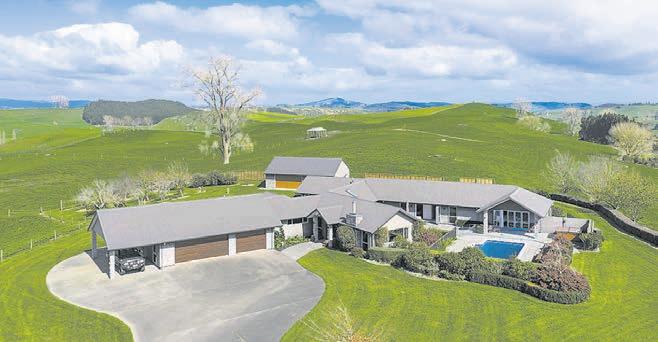
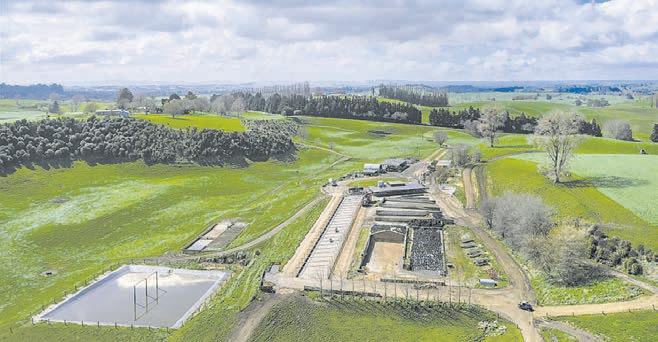
TENDER Plus GST (if any) (Unless Sold Prior)
Closes 4.00pm, Tuesday 28 October VIEW 11.00-1.00pm Friday 17 October
Peter Wylie pggwre.co.nz/WHK42189
M 027 473 5855
E pwylie@pggwrightson.co.nz

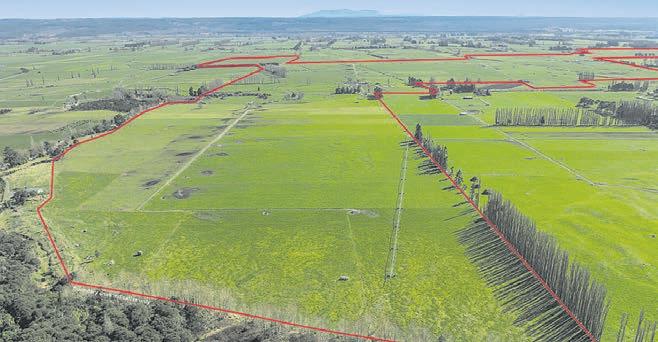




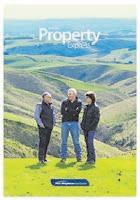




KATIKATI, BOP 69 Pukakura Road
Prestige, Production and Lifestyle Package

Premium kiwifruit, super profitable low altitude early start orchard with outstanding OGRs.
Stylish, modern four bedroom residence with relaxed coastal vibes, grand private views, spacious indooroutdoor living, perfect for entertaining or unwinding. 1.15 can ha G3 Gold kiwifruit and 1.62 can ha Hayward green kiwifruit, north-facing, high fertility. Large shed for the toys, and orchard gear.
A rare opportunity on sought-after Pukakura Road, where lifestyle meets profitability in a gorgeous warm harbour-side setting.



WILTSDOWN, SOUTH WAIKATO
2085A-B Old Taupo Road
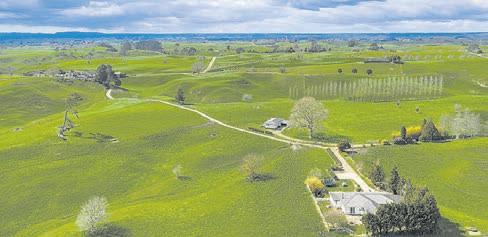
DEADLINE PRIVATE TREATY
Scale, Presentation and Production - Here is a prime opportunity to acquire a very productive 157 hectare (more or less) dairy unit with considerable scale in a very strong South Waikato dairy farming district. Currently milking a 480-500 split calving herd through a modern 44 ASHB dairy shed, producing a 235,000kg MS three-year average The property is well fenced and tracked and contour is flat to easy with a small balance of steeper gullies Infrastructure includes a large drive through calf rearing shed and other supporting farm buildings. Three dwellings
pggwre.co.nz/MAT41965
Ongaonga 1139 Blackburn Road

Highlands - 1139 Blackburn Road, Ongaonga
We are privileged to present Highland's farm to the market. Being 346 ha hill country located in the popular Ongaonga district, just 30km west of Waipukurau and around an hour from Hastings. Framed by the dramatic Ruahine Ranges and surrounded by sweeping 360-degree views, Highlands offers not only scale and productivity but also an enviable setting in one of Central Hawke's Bay's most desirable farming locations The property is generally considered summersafe, with naturally fertile soils and excellent structure that make it a low-input, highly efficient operation. Complementing the rolling hill country are approximately 30 ha of highly productive flats, adding valuable versatility to the farming system. Normal farm infrastructure is in place, including a family home, two sets of cattle yards, satellite sheep yards, a well-maintained four-stand woolshed, and a reliable water supply reticulated to most of the approximately 55 paddocks.
GST (if any) (Unless Sold Prior) Closes 4.00pm, Thursday 30 October
VIEW 11.00-1.00pm Tuesday 14 & 21 October



3 1
Tender closes 2.00pm, Wed 12th Nov, 2025, Property Brokers, 98 Ruataniwha Street, Waipukurau View By appointment Web pb.co.nz/WR205117


Hamilton M 021 624 601 E james.hamilton@pb.co.nz

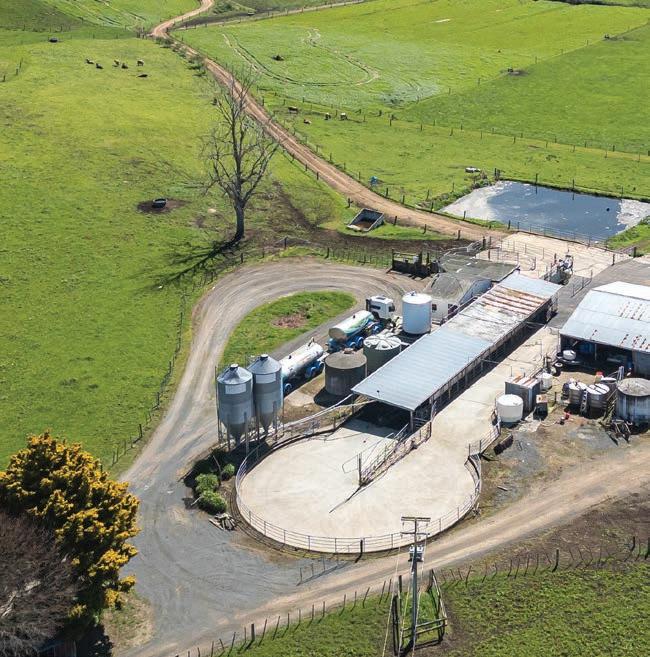


Self contained 195 hectare (more or less) dairy farm in 5 titles. Five year production average of 172,000 kgs of milk solids with all young stock on.
Good quality infrastructure includes a modern 38 aside herringbone with auto drafting, six homes and ample shedding.
We recommend you give this property serious consideration. Very few farms offer such flexibility and scope. Contact Rex today or view at the open days.

matamata.ljhooker.co.nz/KZUHR1

Reach
AUCTION: Wed 5th Nov, 11am (unless sold prior) Matamata Club
VIEW: Wed 15th, 22nd, 29th Oct 11.30am - 1.00pm
AGENT: Rex Butterworth 021 348 276
rex.butterworth@ljhooker.co.nz
LJ HOOKER MATAMATA
Link Realty Limited Licensed Agent REA 2008


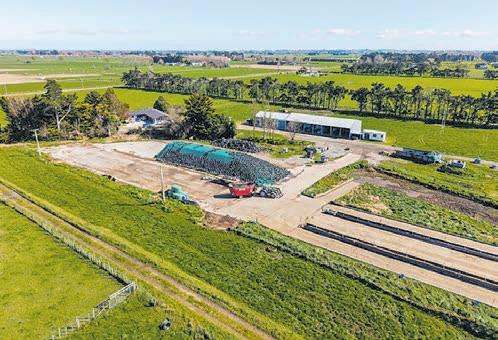
F O R S A L E
1040 Roberts Line, Bunnythorpe
Producing 213,000 kgMS last season from a 380-cow herd, this farm sits on prime silt loam soils, A total of 91.37ha of freehold land is on offer, with an additional 34.5ha of available lease land. Resource consent for 400 cows is in place.
rwfeilding.co.nz/FEL30412




Open Farm
226a Buckland Road, Matamata Production, scale and versatility
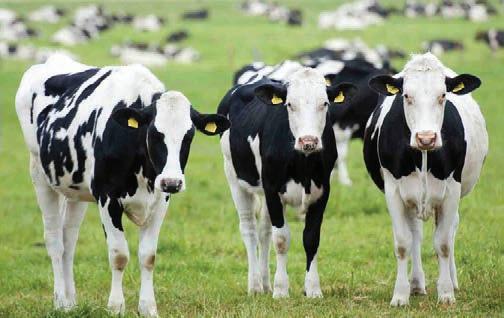













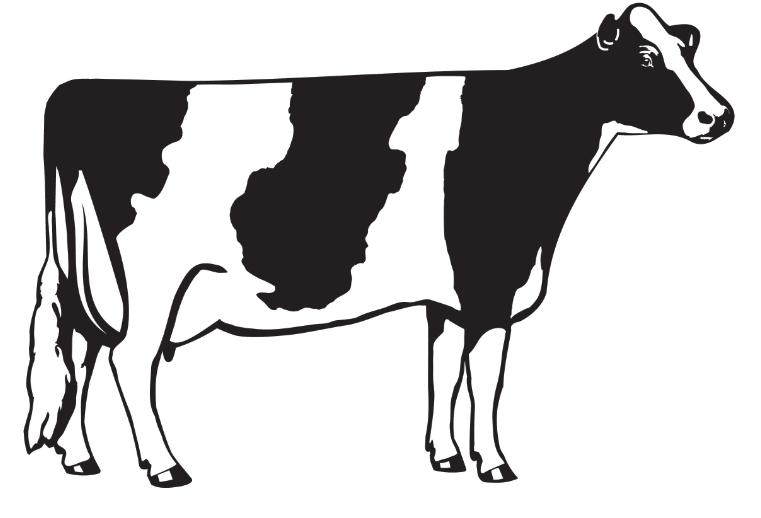














STOCK REQUIRED
Fries/Here Bull Calves Nov/Dec del 1YR Ang & Exotic Hfrs 270–320kg 1YR Fries Bulls 250 - 320kg 2YR


TG & AH HOBSON CATTLE SALE


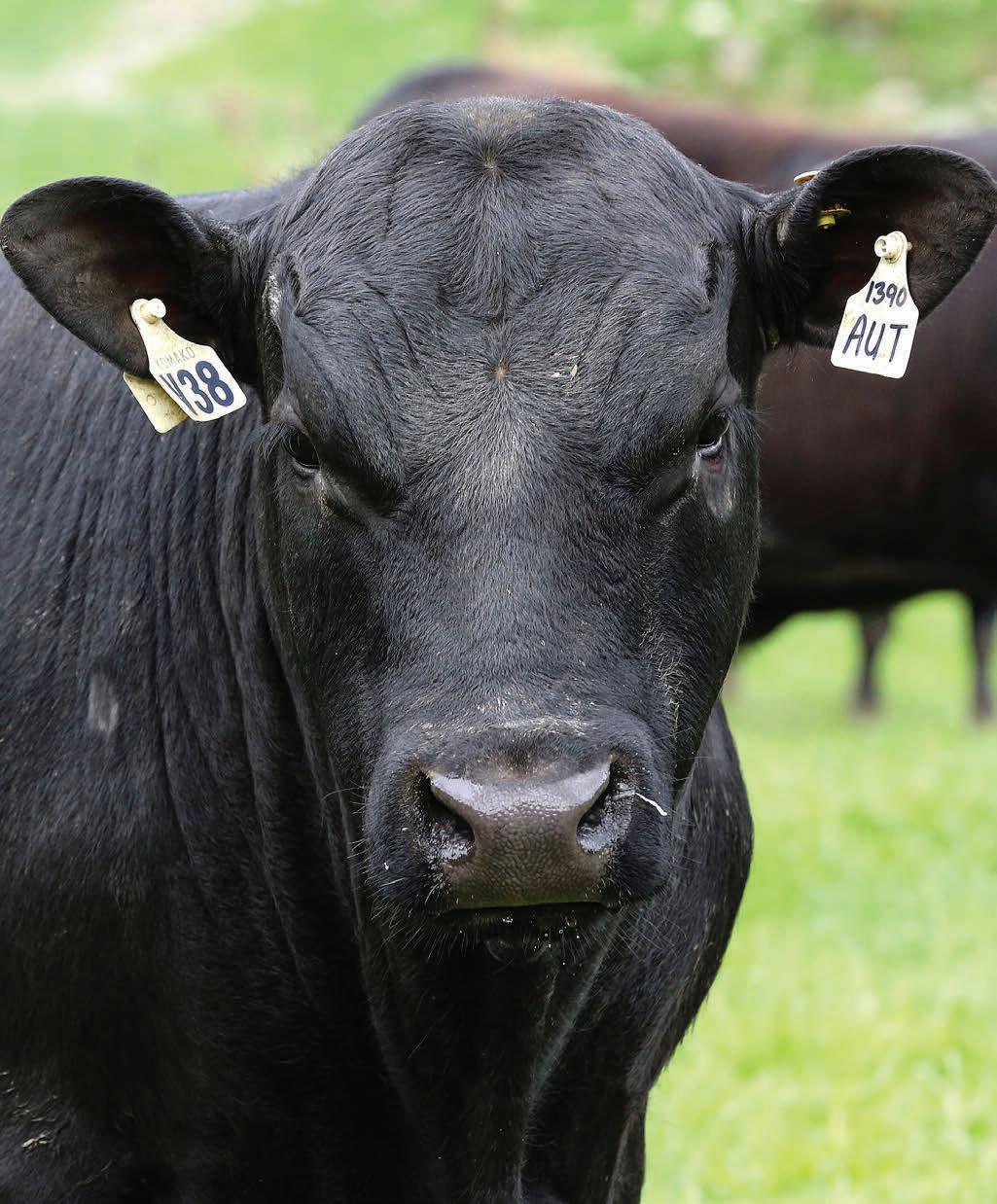
Deadline October 20 Andrea Mansfield 027 602 4925 • livestock@agrihq.co.nz






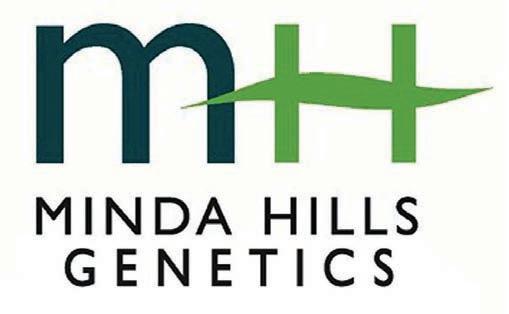









OUR LISTINGS:
• DH3791 – 240 x Xbred Cows DTC 10/7
DNA profiled BW169 PW200 RA100%
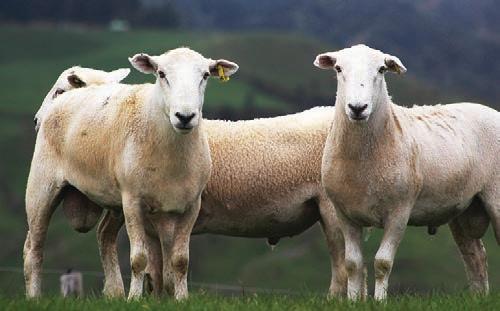












A top young sound uddered herd $3400
Mike McKenzie: 027 674 1149 (Waikato)
• DH3780 – 200 x Friesian Cows DTC 25/7
Closed herd BW98 PW108 RA99%
A very tidy 3rd generation herd $3500
Jasyn Yearbury: 027 655 6551 (Auckland)
• DH3774 – 240 x Frsn/FrsnX Cows DTC 12/7
Wiltshire’s have been breeding for eczema tolerance since 1989. On the eczema prone hills of Taranaki these Rams are breed tough and ready for any climate.


30 yrs breeding BW69 PW59 RA96%
Tidy uddered closed herd, low SCC $3100
Andrew Gordon: 027 487 2044 (B.O.P)


• DR3777 – 42 x Frsn/FrsnX I/C Heifers
1st May Delivery BW96 PW122




CRV & Samen bred heifers $2380
Luke Gilbert: 027 849 2112
• DR3785 – 60 x Frsn/FrsnX I/C Heifers
DTC 15/7 BW152 PW134 $2750
Well grown G3 capital replacement line
•

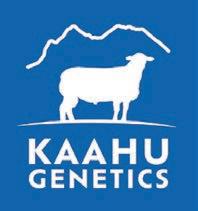


Matt Hancock: 027 601 3787
• DW3790 – 50 x Xbred Weaner Heifers
BW207 PW208, G3, Dec delivery $1000
Hamish Manthel: 027 432 0298








Contact your local agent or call: Paul Kane: 027 286 9279

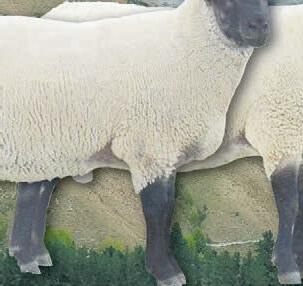













National Dairy Coordinator
To view our extensive listings, visit: www.carrfieldslivestock.co.nz






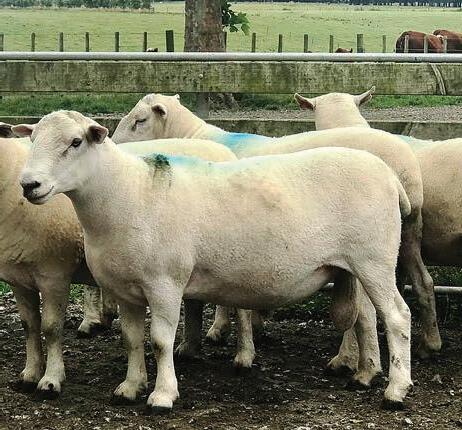
•
•
•
•




The Perendale story
The Perendale sheep breed was developed in the 1950s in an effort to increase the lambing percentages attained from the predominant Romney flock.
The traditional breeds were also under-performing in terms of lamb survival and overall ewe performance.
Sir Geoffrey Peren of Massey University developed the breed by crossing a Cheviot ram over a Romney ewe.
The subsequent progeny
were fixed for type for many generations and once inspected became officially recognised and registered as a pure NZ sheep breed.
The Perendale sheep society was established and registered in 1960 to promote and develop the new breed, which bore Sir Geoffrey Peren’s name.
Massey University set up its own stud flock, under Malcolm Udy. and a core of very dedicated sheep breeders.
With these men as mentors and advisors, the Perendale sheep breed became more and more popular.

The Perendale quickly became established as a primary New Zealand sheep breed with superior fertility, constitution and vigour, able to thrive and survive in all classes of country, particularly hard hill country.
Along with the Coopworth, it was responsible for an increase of nearly 20% in the national lambing percentage from the 1970s.
Perendale breeders adapted early to the development of scientific tools to identify specific genetic traits with important economic values in individual animals.
Co-ordinated governmentfunded recording plans like the early Animalplan and Sheeplan were developed and improved, ultimately becoming Sheep Improvement Limited (SIL), the National performance recording system used across all breeds to identify and breed from animals with superior genetics.
The Modern Perendale and the future of the breed
The modern Perendale was established more than 60 years ago and is recognised for its superior maternal traits and economic value particularly for fertility, early growth, meat, moderate adult size, wool production and survival.
It is an outstanding maternal breed and, as a consequence, has been incorporated into












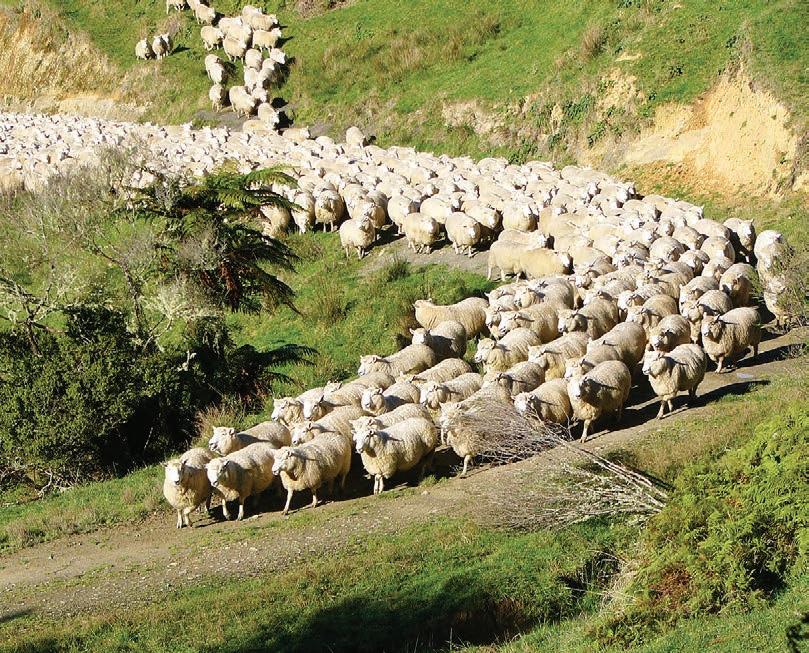
many modern breeds, including Romdales, Coopdales and numerous other composite breeds.
The crisp, high bulk Perendale wool, with a wide range of end uses and the ability of the sheep to thrive and perform over a vast range of country, cemented the Perendale Breed’s place within the NZ sheep industry.
Genetic selection within the breed to enhance ewe performance and efficiency in all environments is ongoing.
The Perendale Sheep Society is recognised as a strong network of breeders who support each other and the breed, rams attracting premium prices at the Gore ram fair annually, and breeders supporting each other at both sales and shows.
Breed objectives aim to maintain the balance between good data and structural characteristics of the breed, maintaining a uniform type of sheep.
The breed is progressive with meat trials, progeny trials and ongoing work with FE and worm resistance and resilience.
Strong genetic linkage between breeders ensures the ongoing progress of the breed.
The modern, pure Perendale breeds hold true to the standards and aims of the earlier breeders and to Sir Geoffrey Peren’s objectives of the 1960s, which were to produce high performing easy care sheep for all environments.
• Feature continues next page









Free moving Perendale ewes for any country.
Dual purpose Perendale breed bred for meat, wool and high production traits.
Annabel Tripp PERENDALE NZ


AWAROA PERENDALES






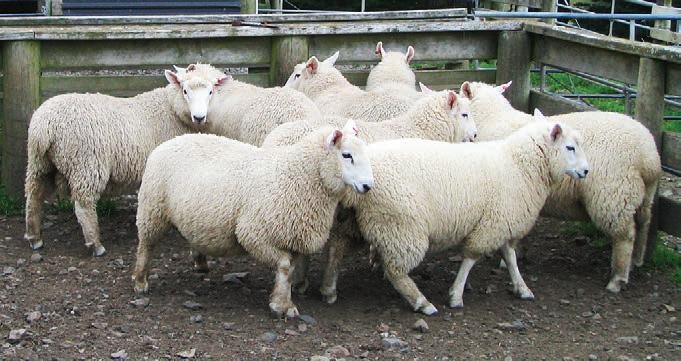















Hardy sheep bred on hard hill that perform on any country
Fertile, high yielding, meaty rams with constitution
WormFEC programme for 25 years, less drenching, lower costs
Stud ewes haven’t been drenched for 25+ years
Using 5k and 50k DNA technology
Lambing hoggets for 10+ years unassisted on tussock
Now incorporates Awakiki Perendale Stud




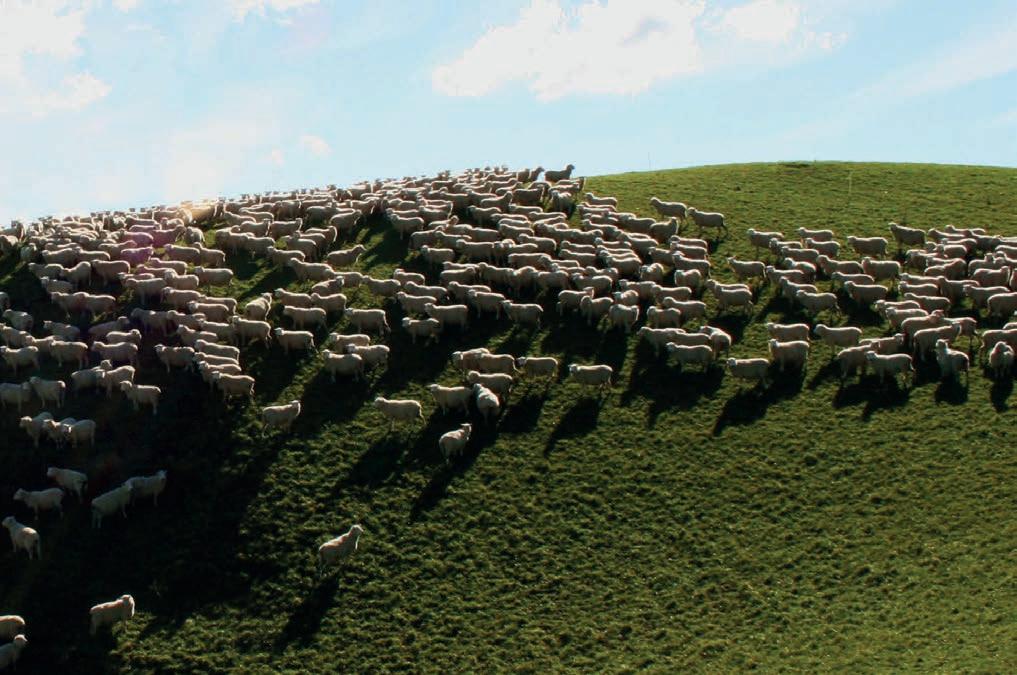
From the slopes of the Tararuas
• Perendale, Cheviot and meat breed sires
• 61 years of breeding
• For fertility, bone & muscle
• Conformation & True Breed Type


Enquiries welcome ASHBY Gilbert & Diana Timms
06 362 7829 • 027 348 3365 e: ashbystud@xtra.co.nz
Pretoria Rd, RD 4, Palmerston North
Cheviots available



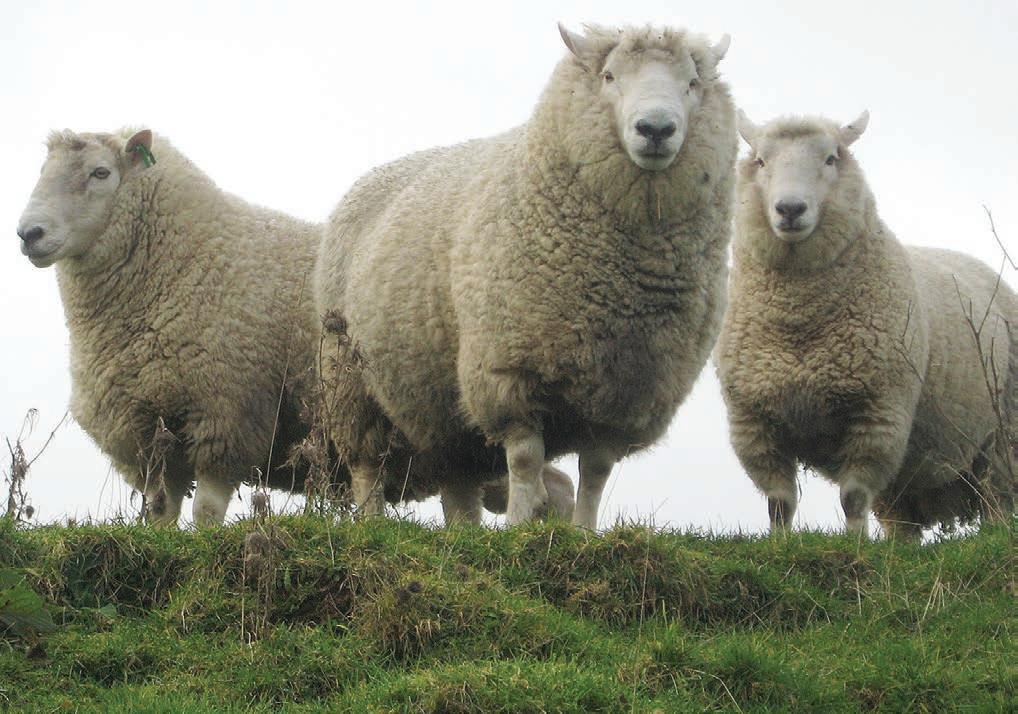
Sires facial eczema tolerance tested – SIL recorded No drenching of adult sheep for 30 years
Proudly sponsored by
Black and white and reared all over
Starting at feeder calf level, most saleyards have wrapped up the spring season with prices at record levels.

Suz Bremner MARKETS Livestock
FRIESIAN bulls of all shapes and sizes are front and centre in many minds at this time of year, whether they are the feeder calves that have just finished their time at sales and now attention turns to 100kg calf contracts, or the yearling market and finished boys. Recent years have been a bit of a rollercoaster where this class is concerned.
Not too long ago high volume flooded the market and overseas demand was weak.
As a result, schedule and therefore farmgate prices dropped, which flowed down to tighter budgets for 100kg calves, at a time when rearers faced significant cost increases.
This in turn led to a deficit of older cattle a few years down the track, which meant demand picked up again. And this year strong overseas demand has pushed schedule prices to record levels, which has flowed down through the saleyards and paddocks, going a long way to counter those increasing costs and bringing more rearers back into the system.
Starting at feeder calf level, most saleyards have wrapped up the spring season with prices at record levels, and up around $80-$100 per head on last year. Volume was up, but so too was the number of people looking to rear calves, and so the equation balanced out to a successful season.
Early spring Friesian bull calves in the North Island reached highs of $245-$350 per head, while most recent values for the tops of the later calves have been at $150$250. To put that into perspective, the latter price range was the top prices for 2024 early spring bulls.
Moving onto the 100kg contracts and there is still some hesitancy in signing these off.
The black and white boys are popular on the rugby field in Hawke’s Bay and in the paddocks too, but a dry winter and spring so far has limited early demand for the Friesian bull calves that usually flood into the region in the coming months.
This is also allowing farmers in the region a bit more time up their sleeve to get a better gauge on where this market will sit, as the extra volume of calves reared this year may well have a bearing on what will need to be paid. However, the security that contracts provide on volume, type and timing has meant that there have been a few signing on the dotted line. Most contracts at this stage are around the mid $700s.
Weaner dairy-beef sales are imminent, which will help give a good gauge on this market. It is expected tallies will be up at these sales, though ironically the first calendared sale at the Frankton saleyards has been postponed due to lack of numbers, and these are now set to kick off from Thursday October 16.
Yearling Friesian bulls are the next under the spotlight and while sales within the North Island have been on the slower side, there
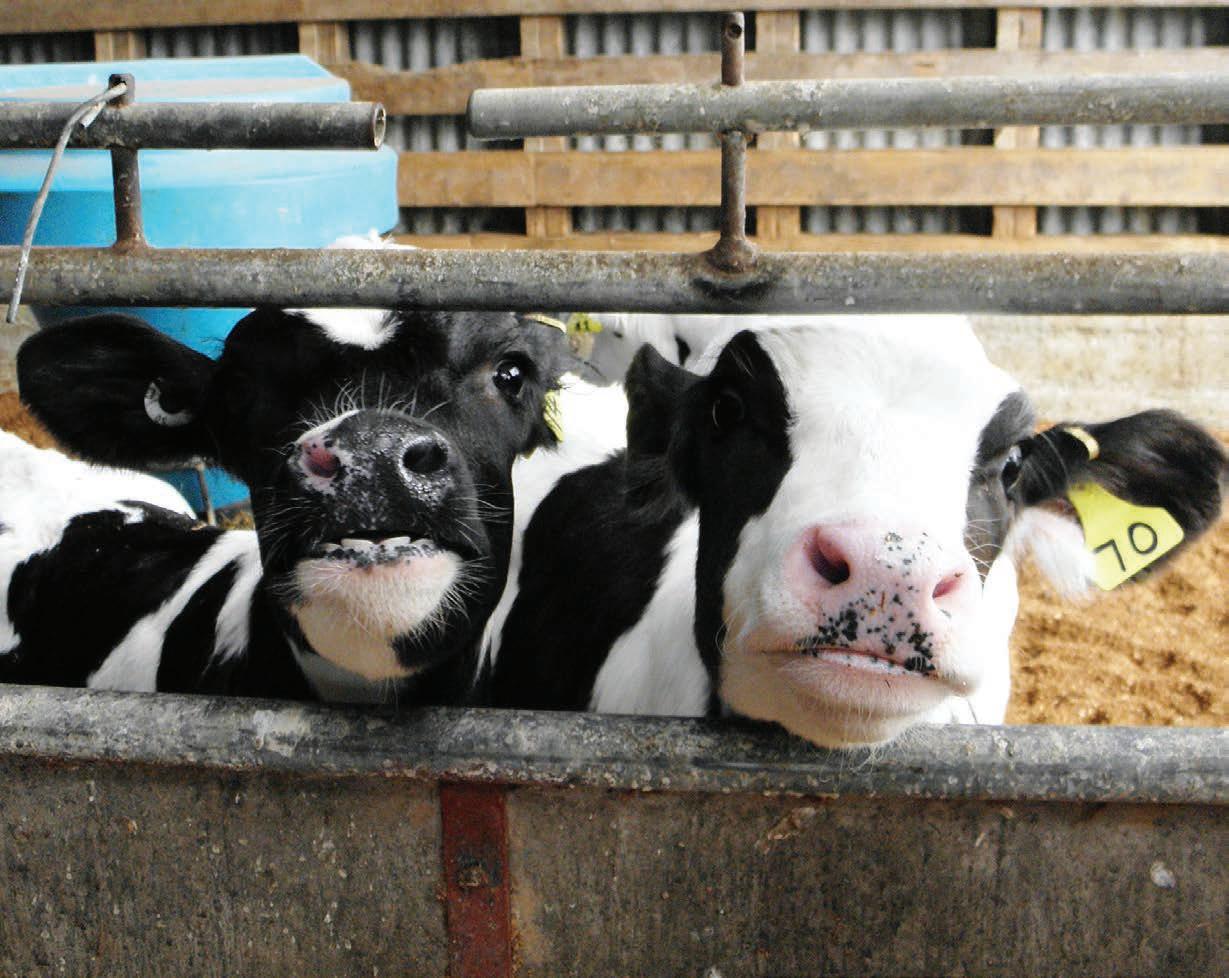
Weaner dairy-beef sales are imminent, which will help give a good gauge on this market.
have been a swag of bulls catching a ferry ride over the strait.
A lot of this class trade in the paddock, rather than heading to saleyards, and the recent AgriHQ Insight report has North Island prices averaging $5.10/kg for 350kg lines and $5.35/kg for 280kg. Compare that to South
Island results of around $4.70/ kg for 300kg and one can see why bringing these up from the South Island has proved feasible, even with higher transport costs. However, demand is yet to really ramp up, again due to too dry or too wet conditions limiting grass growth, so this is one class to watch.
The circle is completed with finished Friesian bulls, and those with the big boys on farm will reap the reward of record schedule pricing due to high overseas demand and a lack of volume available.
North Island schedules are currently at $8.70-$9.20/kg, and $8.00-$8.60/kg in the South Island. Respectively, last year’s prices were $7.10/kg and $6.45/kg.
Any Friesian bulls close to finishing are averaging around $5.00-$5.05/kg in the yards, though larger-tallied lines can attract premiums.
These high returns complete the circle as bull finishers budget very tight to margins made, and with these very positive, the flow-on effect is felt right down through the Friesian bull market, from big to small.




UNDER THE SPOTLIGHT: Friesian bulls of all shapes and sizes are under the spotlight in spring, from feeder calves right through to finished bulls heading to the processors.
Cattle Sheep Deer

Weekly saleyard results
These weekly saleyard results are collated by the AgriHQ LivestockEye team. Cattle weights and prices are averages and sheep prices are ranges. For more detailed results and analysis subscribe to your selection of LivestockEye reports. Scan the QR code or visit www.agrihq.co.nz/livestock-reports


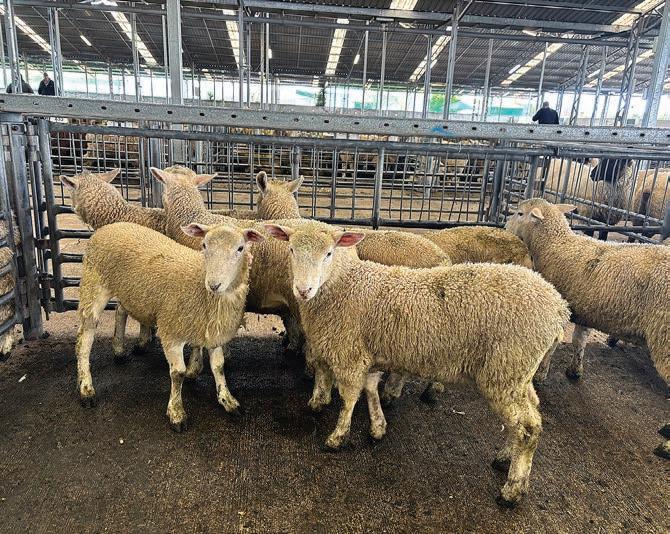
Aut-born weaner dairy-beef bulls, 165kg
Aut-born weaner dairy-beef heifers, 130kg
Store
| October 3 |
2-year traditional steers, 510kg 5.45
Yearling dairy-beef steers, 245kg 5.62 Yearling Friesian bulls, 310kg 5.06
Yearling traditional heifers, 285kg 5.80
Yearling dairy-beef heifers, 245kg 5.25
Aut-born weaner dairy-beef steers, 140kg 945









JUST A TASTE: New season lambs are still very limited in number at yards across the country. These were sold at Canterbury Park for $151 on Tuesday, October 7.
Weather
Westerlies continue for much of October

Philip Duncan NEWS Weather
DRY conditions may start to creep in more and more across eastern New Zealand as weeks of westerly winds continue on. NZ and parts of Australia have shared a similar pattern over the past two months, although much larger parts of Australia are in need of rain, from Queensland to NSW to Victoria in particular. In New Zealand, our driest conditions are in the east, mostly of the North Island, and while not in any serious shape just yet these continuous westerlies may quickly see more drying out across this month.
The weather pattern at the moment is a fairly simple one – large and deep lows churning south of us over the Southern Ocean and high pressure systems streaming mostly to our north. The westerly flow is in the middle, surging off and on across us.
The most reliable weather computer modelling only goes out about 10 to 15 days, and that
modelling shows little change to this current spring westerly set-up we have.
Northern placement of these highs is allowing subtropical airflows into the mix now – but the size of the lows/storms south of New Zealand is notable at the moment and may well be connected to the Sudden Stratospheric Warming (SSW). This has recently occurred very high up over Antarctica and has “loosened” the polar vortex allowing storms south of New Zealand to have much more space to move around in – and is why they are so continuously brushing southern Australia and much of NZ.
The heavy western rain may be the most positive thing for dry eastern areas, with ‘spillover’ from the ranges.
There’s no shortage of cold fronts, with plenty of rain events for the West Coast, which will slide further up western NZ.
But the heavy western rain may be the most positive thing for dry
eastern areas, with “spillover” from the ranges occurring, on top of the waterways also being topped up in the hills and ranges of both main islands.
Some heavy rain events may have enough energy to bring rain to the east – it’s not completely dry. But there is a very fine line for this, and we may start to increasingly hear of places that are missing out and drying out.
The frequent cold fronts mean Southland, Westland and Otago will have more “wintry” days coming up – mixed in with some warm days, but still leaning colder and wetter – as has been the case for several weeks now.
More snow flurries through the Southern Alps and maybe the North Island mountains too.
Frosts are still likely in the South Island, but the westerly flow should significantly limit serious North Island frost risks – at least based on the modelling at the time I wrote this column.
So, in short, for October’s second half New Zealand will likely be warmer in the north, colder in the south, windy westerlies continue off and on for many with highest rainfall on the West Coast, second
WARM IN WINTER

Soil moisture anomaly (mm) at 9am on 07/10/2025
CHANGE: This recent soil moisture map shows we’re in a fairly good position, but now’s the time of year when things can change fast.
highest in Southland and the western North Island (south of Waitomo) and driest in the east
Image: Earth Sciences NZ
of the country, and possibly Northland and some parts of Auckland and Bay of Plenty too.












































































































































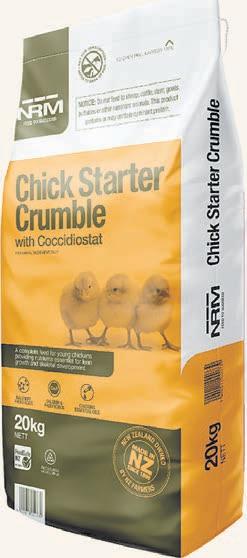
















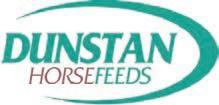
















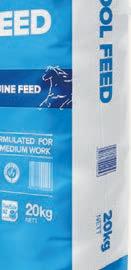


















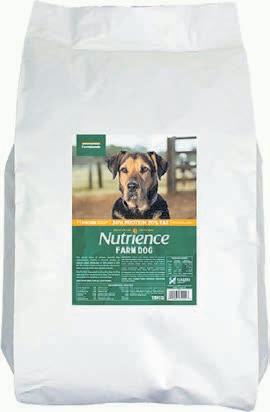





























































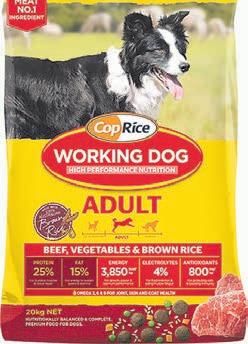





































































































































































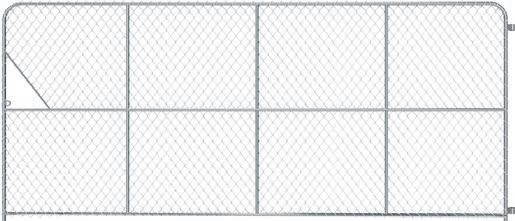






































































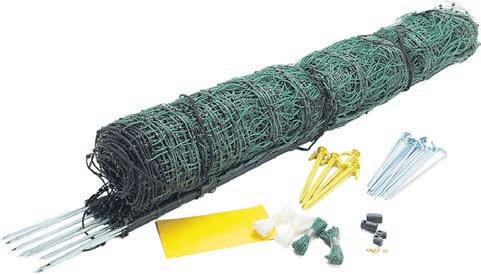














































































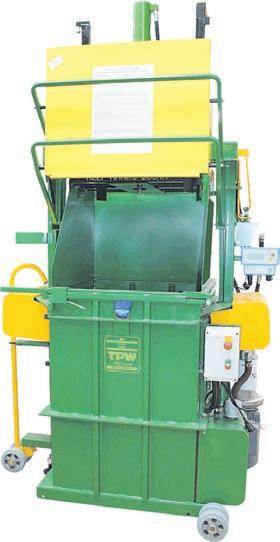







































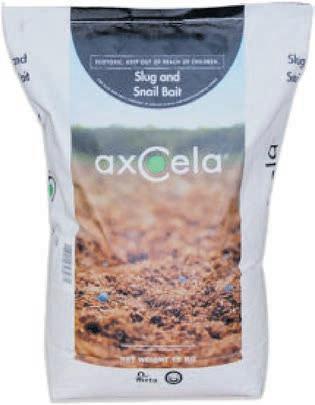














































Cut your power bill by up to 40%
Electricity costs aren’ t going away, in fact , they ’re going up. Take control with Farmlands FLEX — it’s more than solar.

